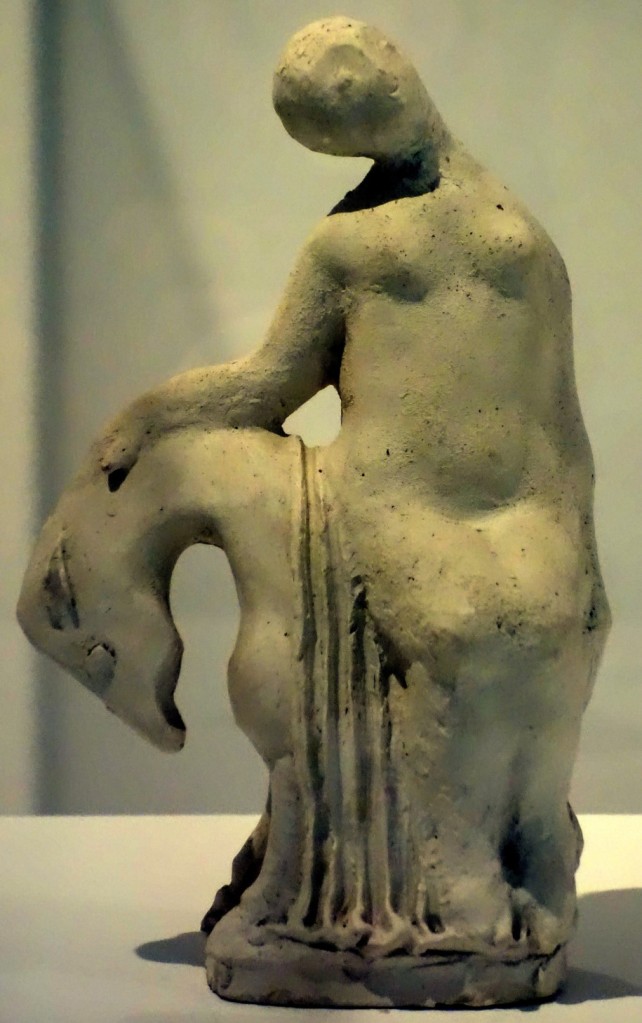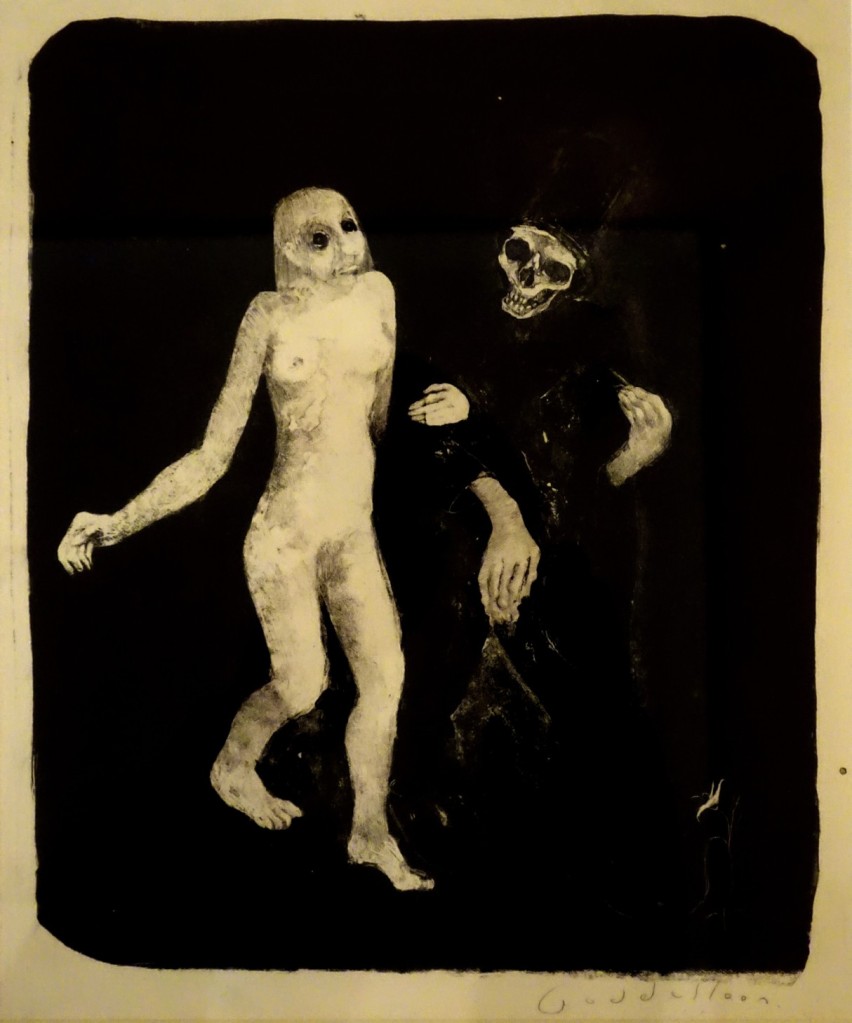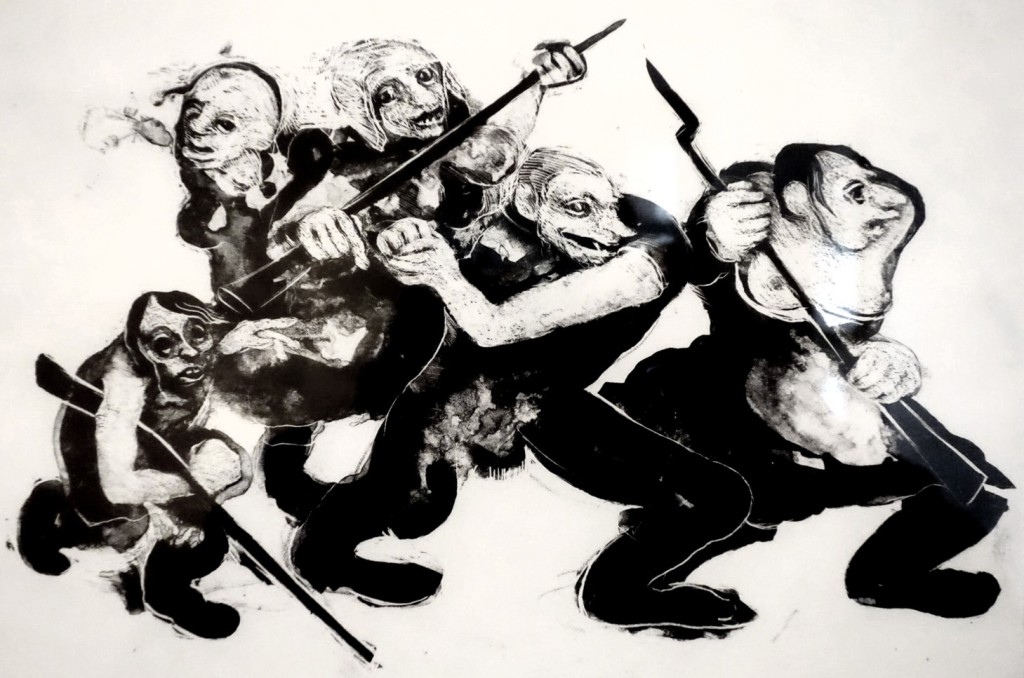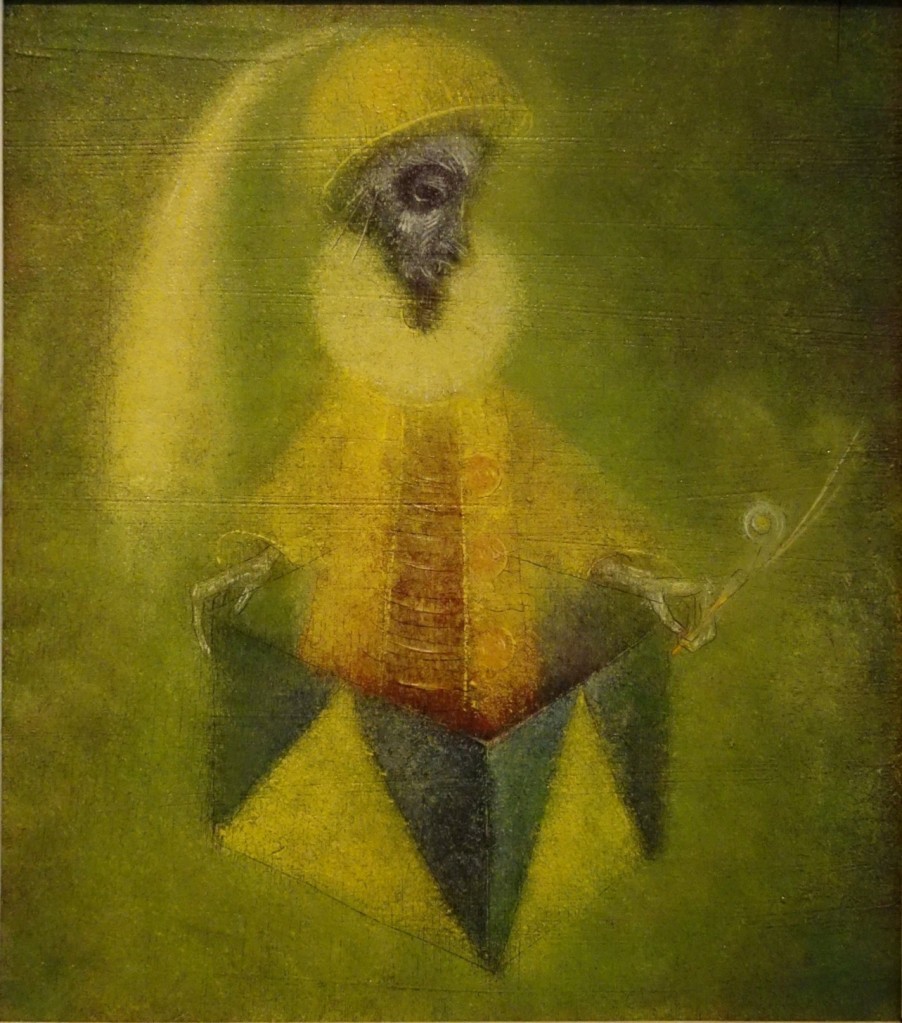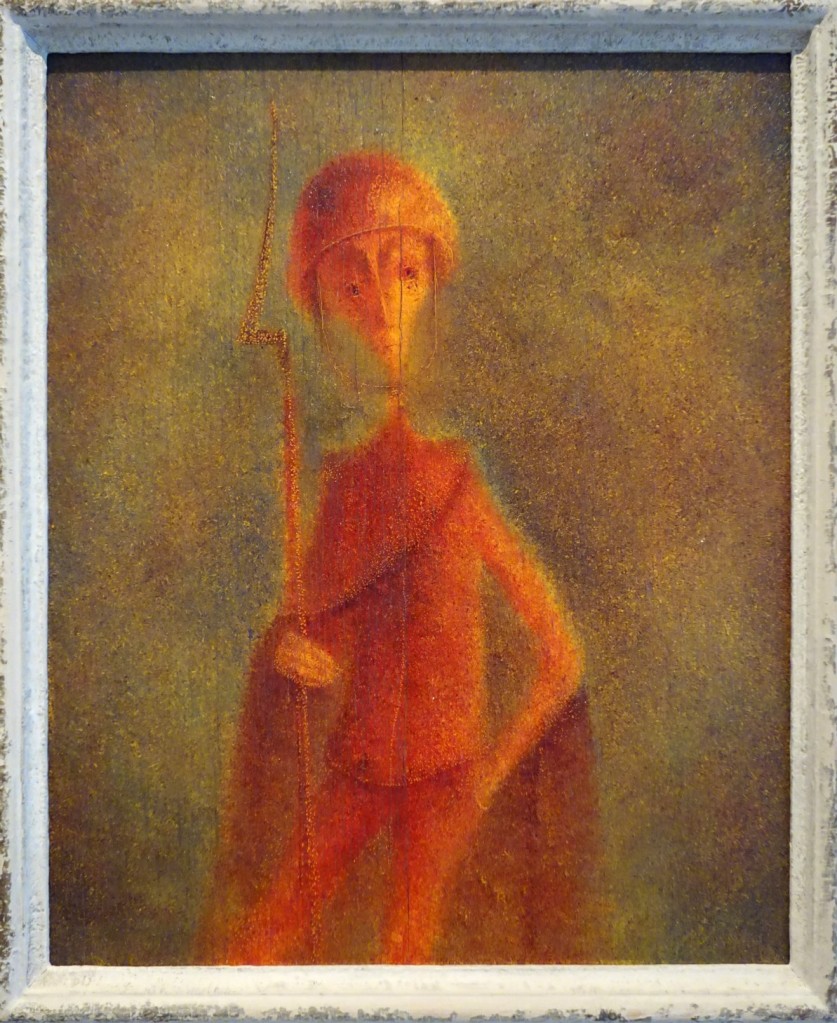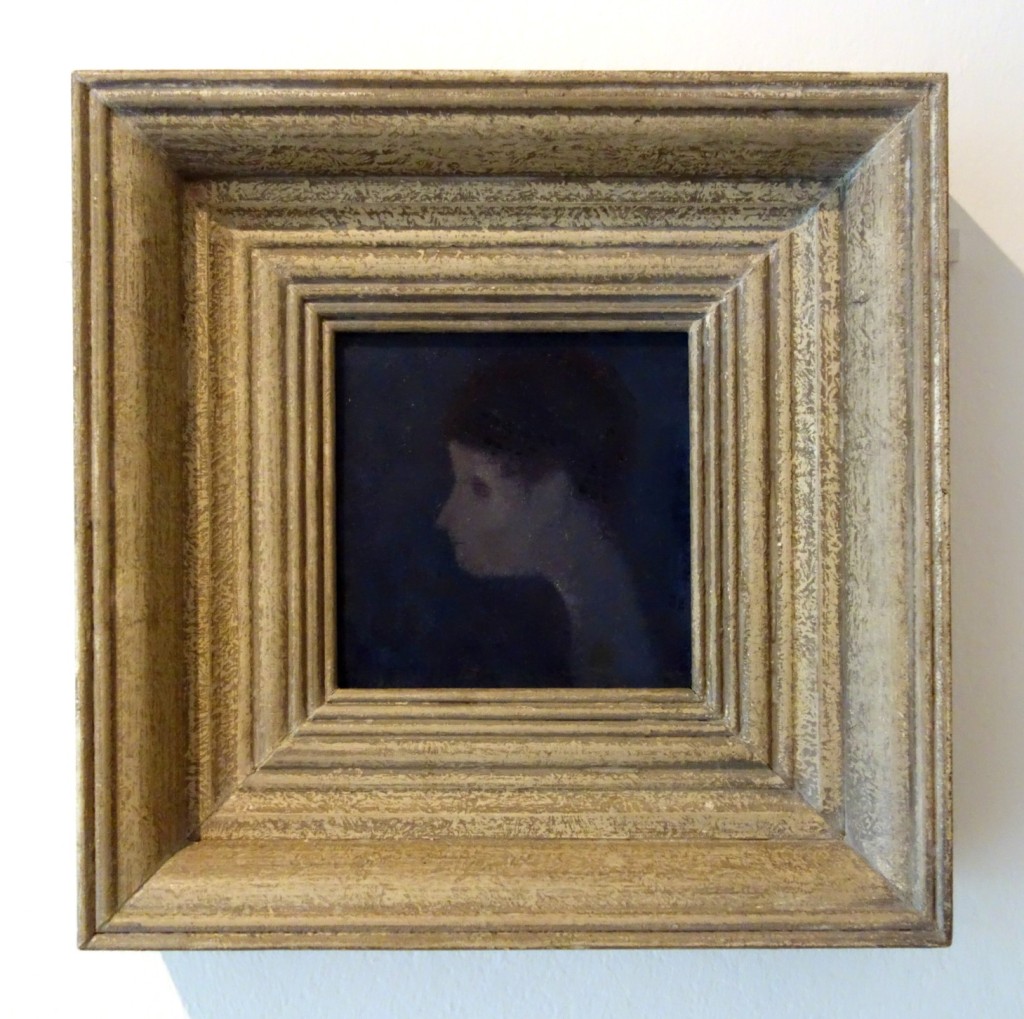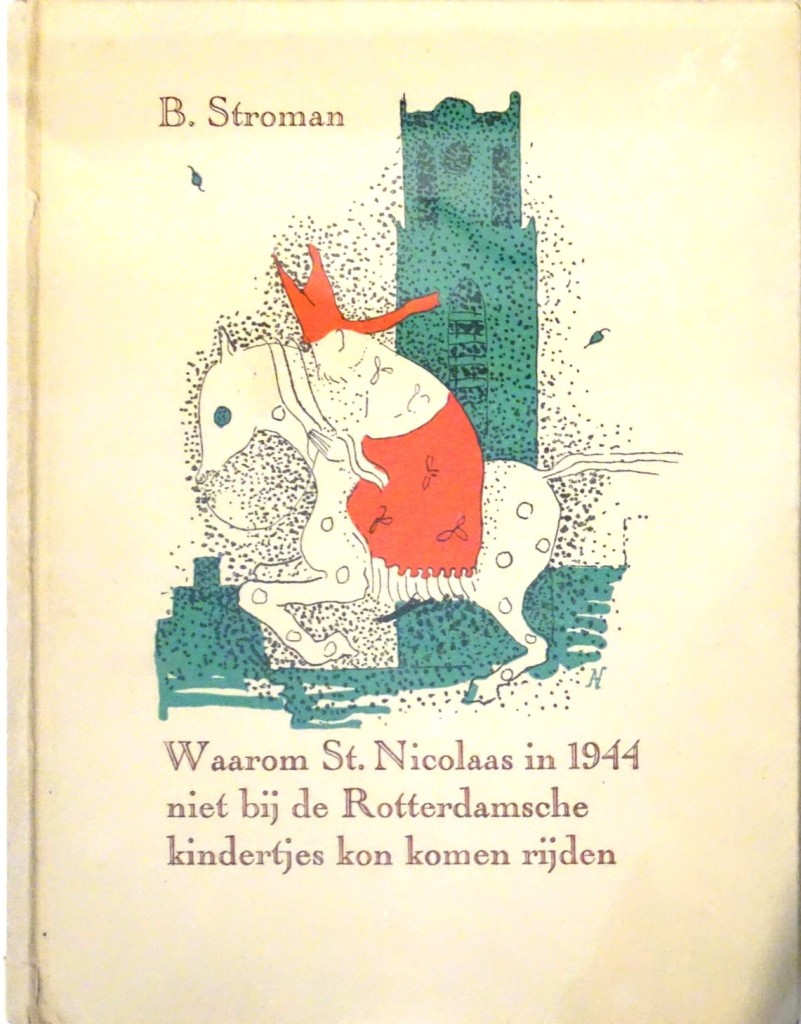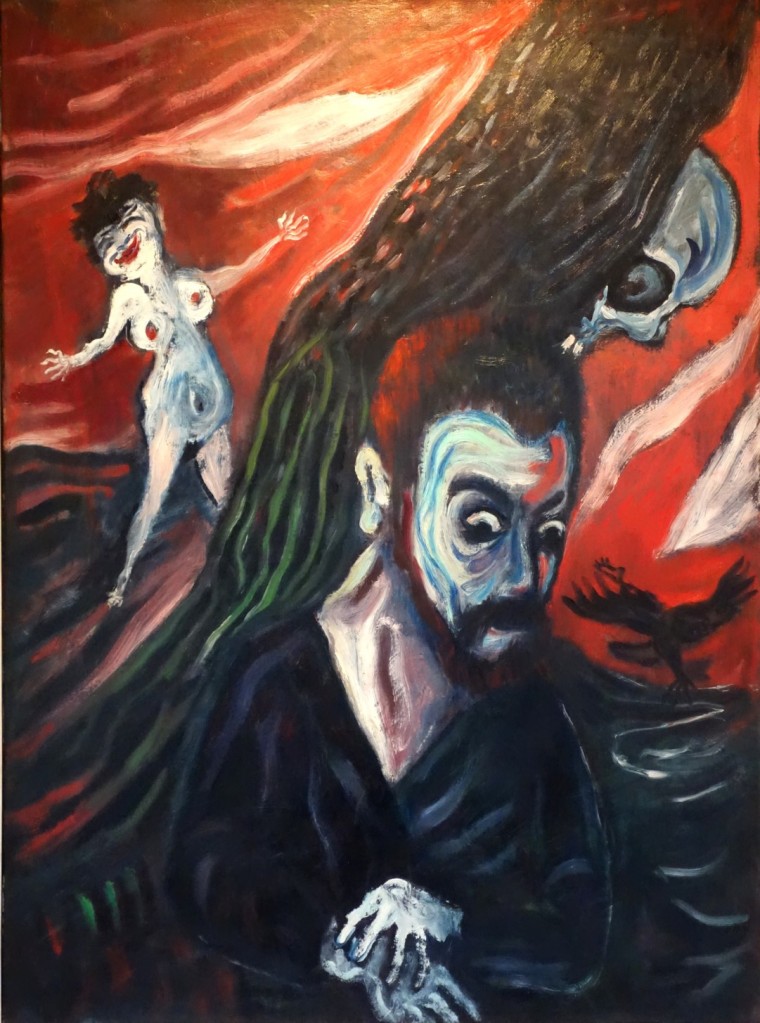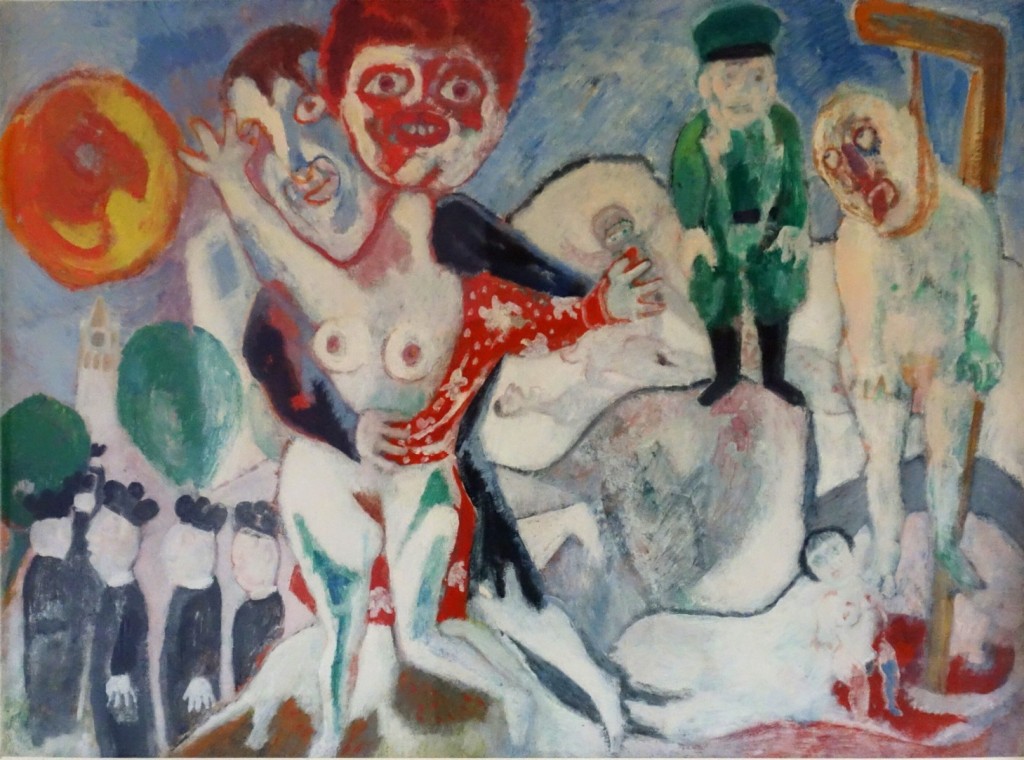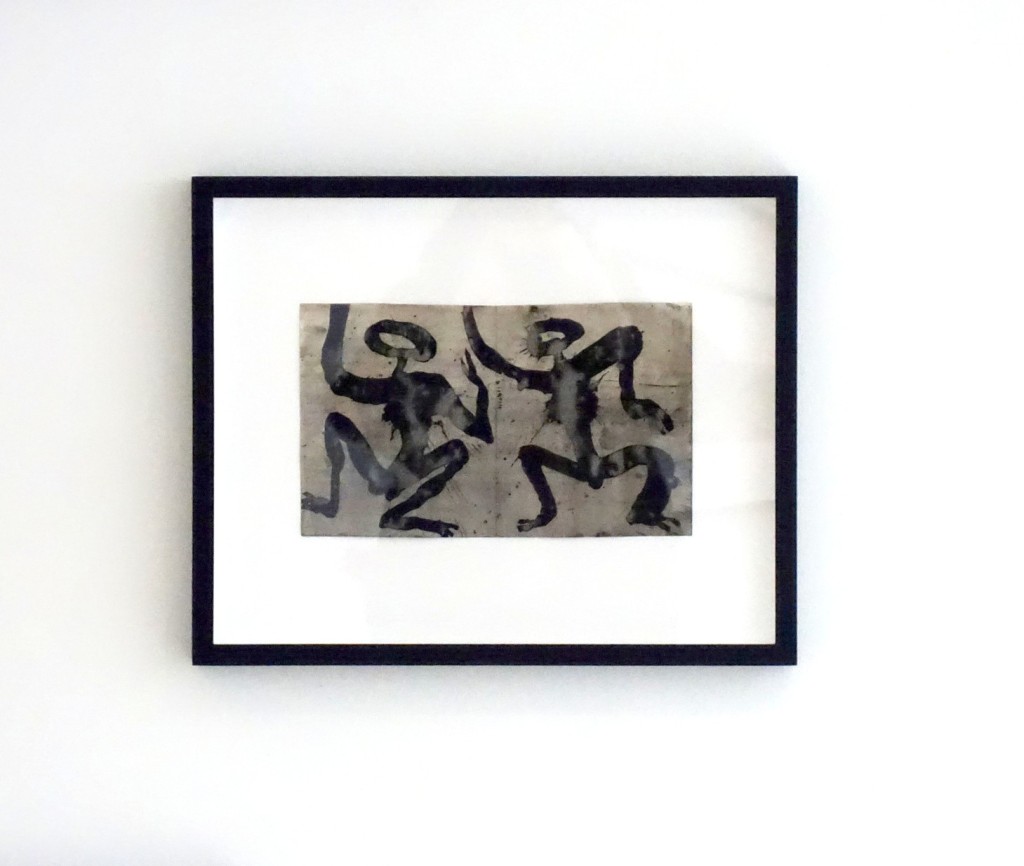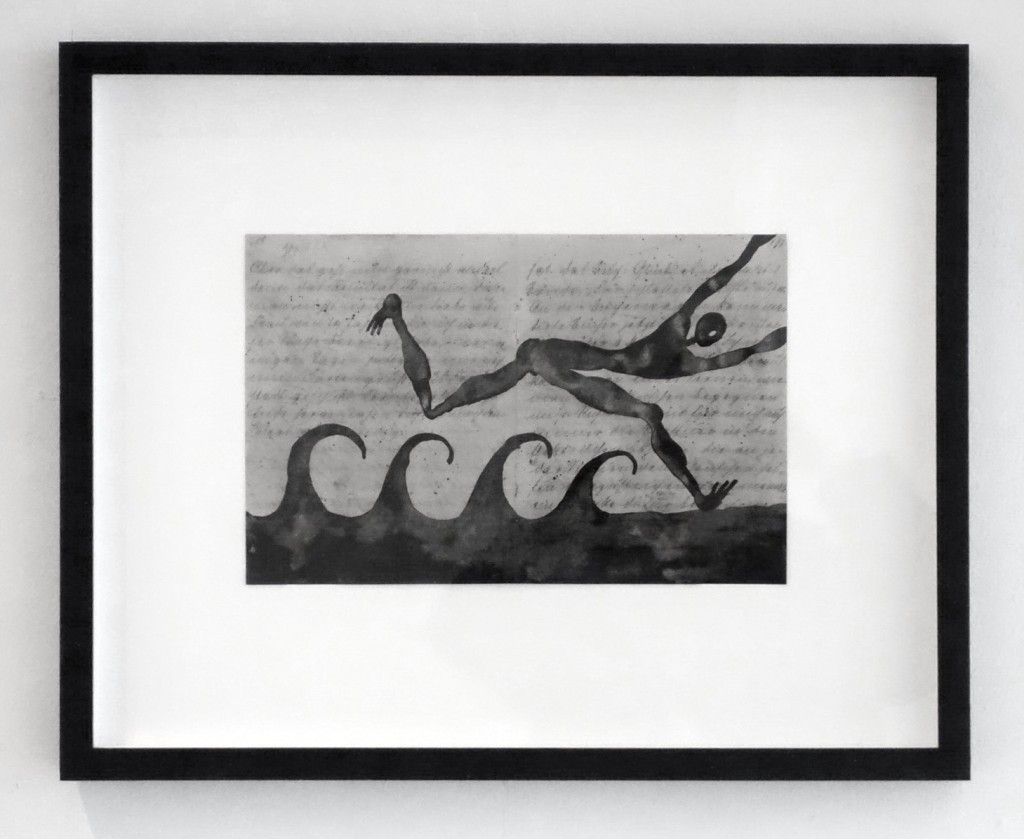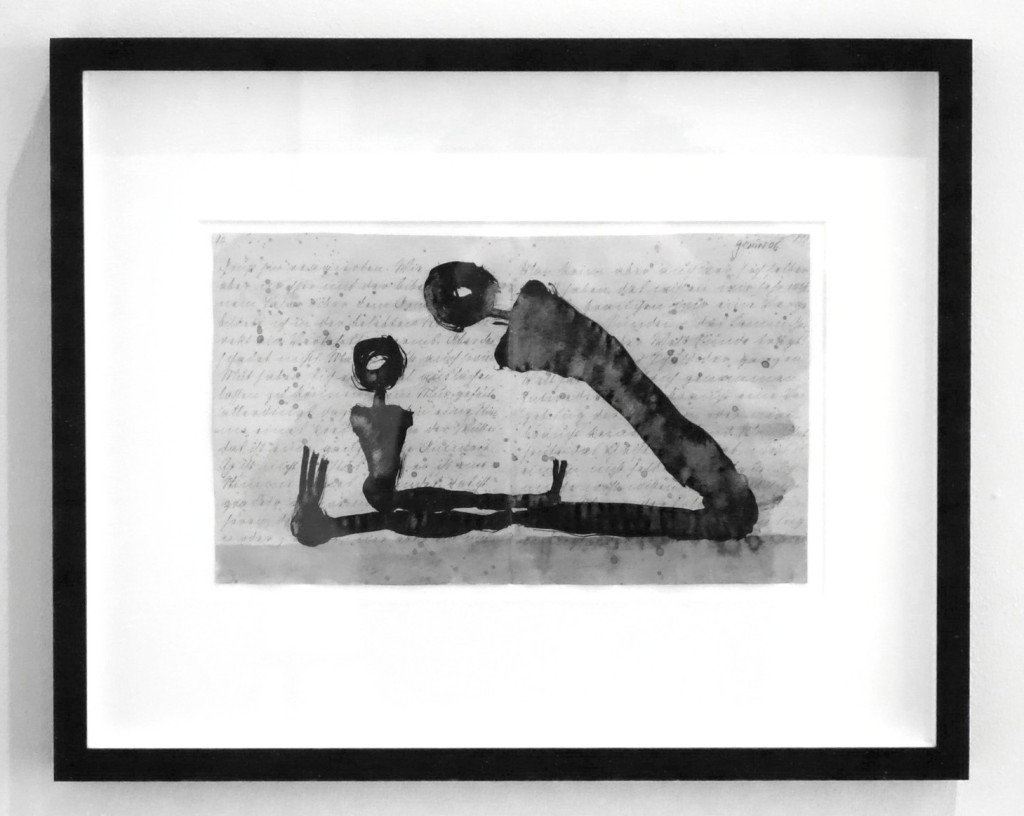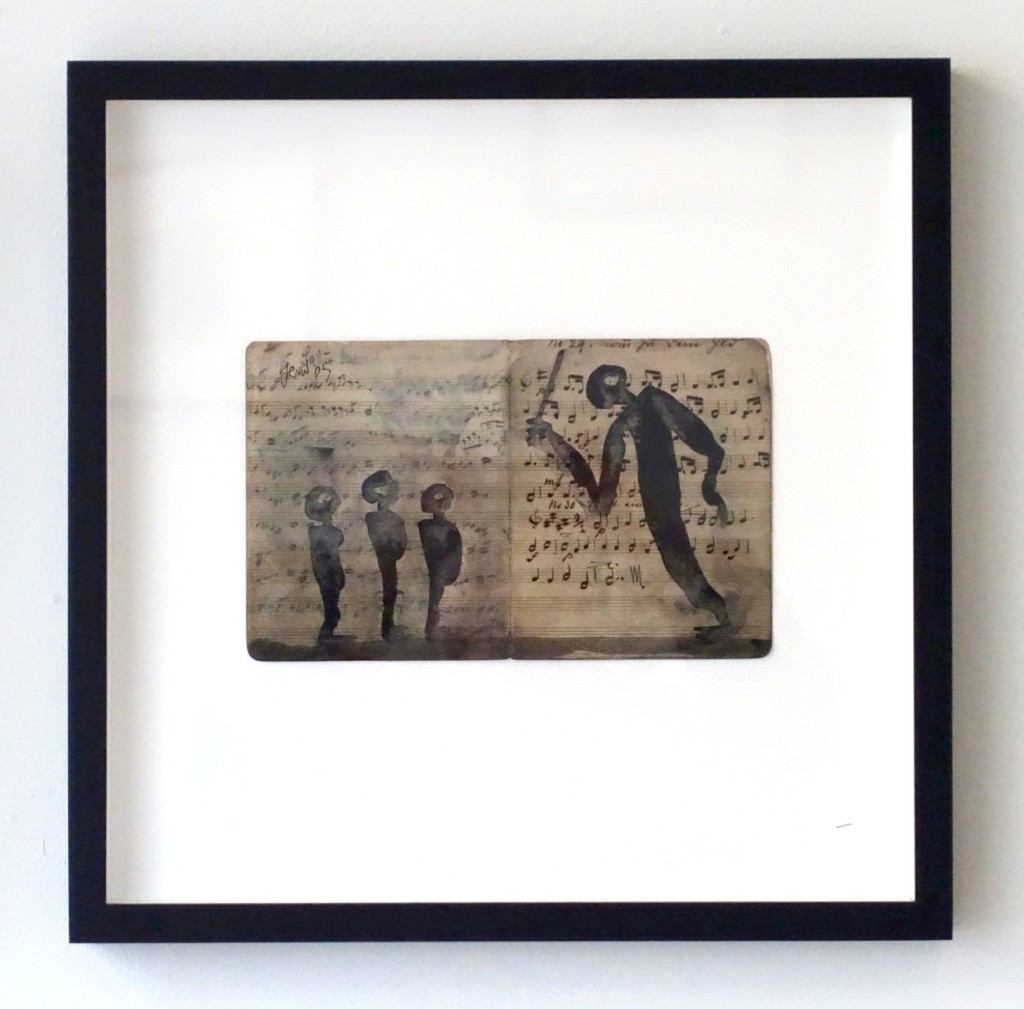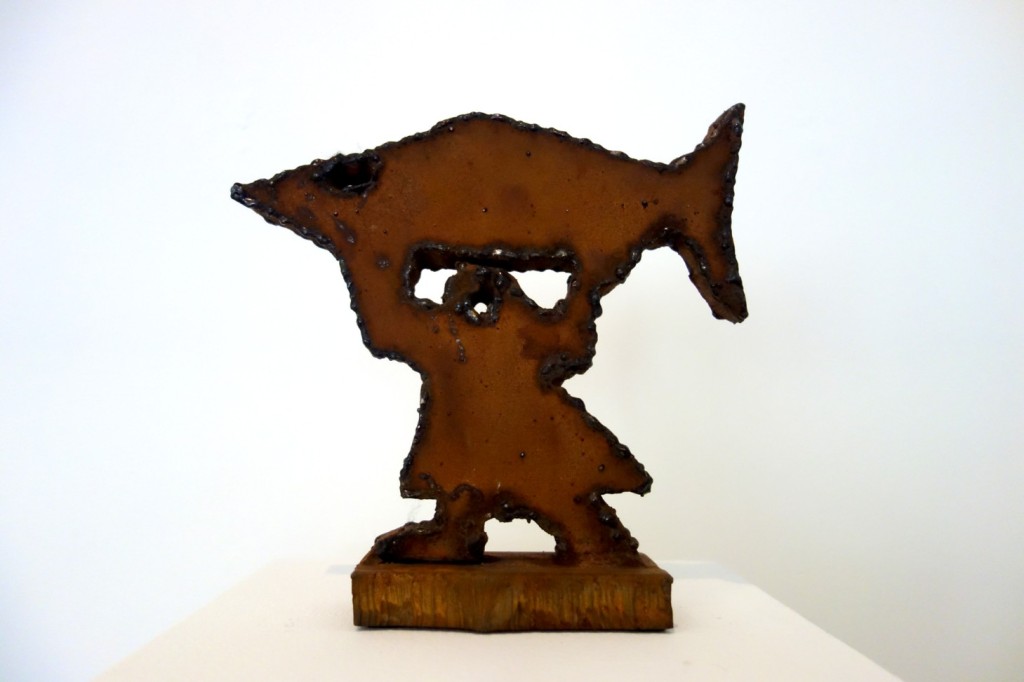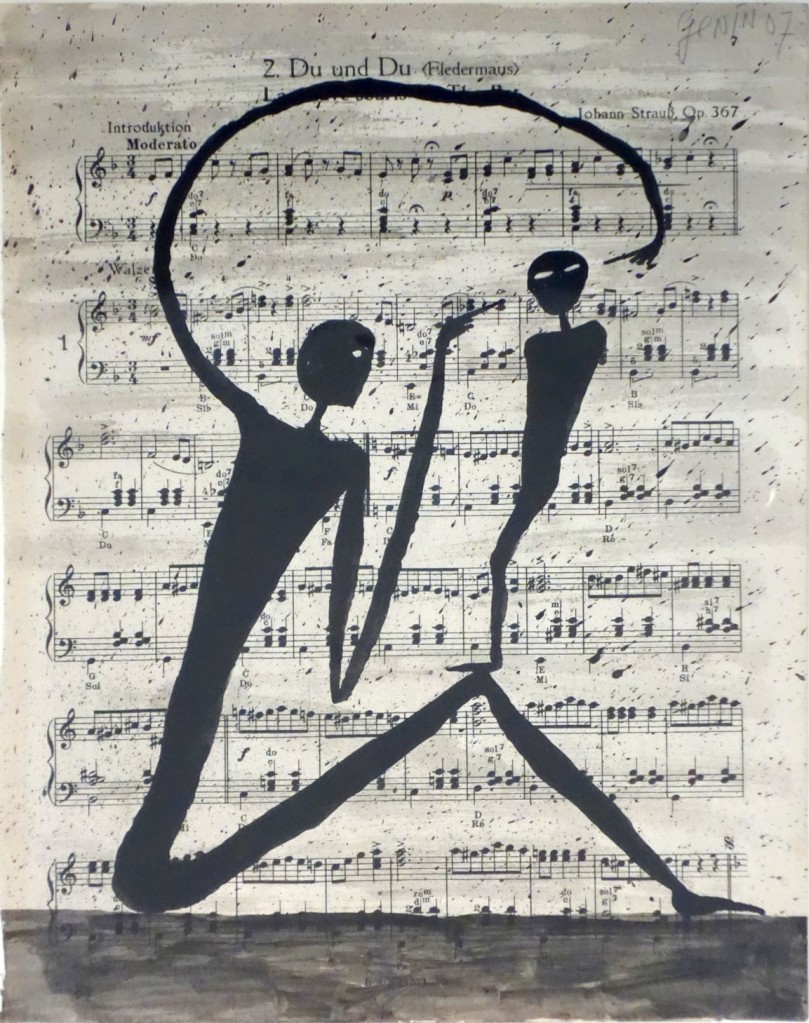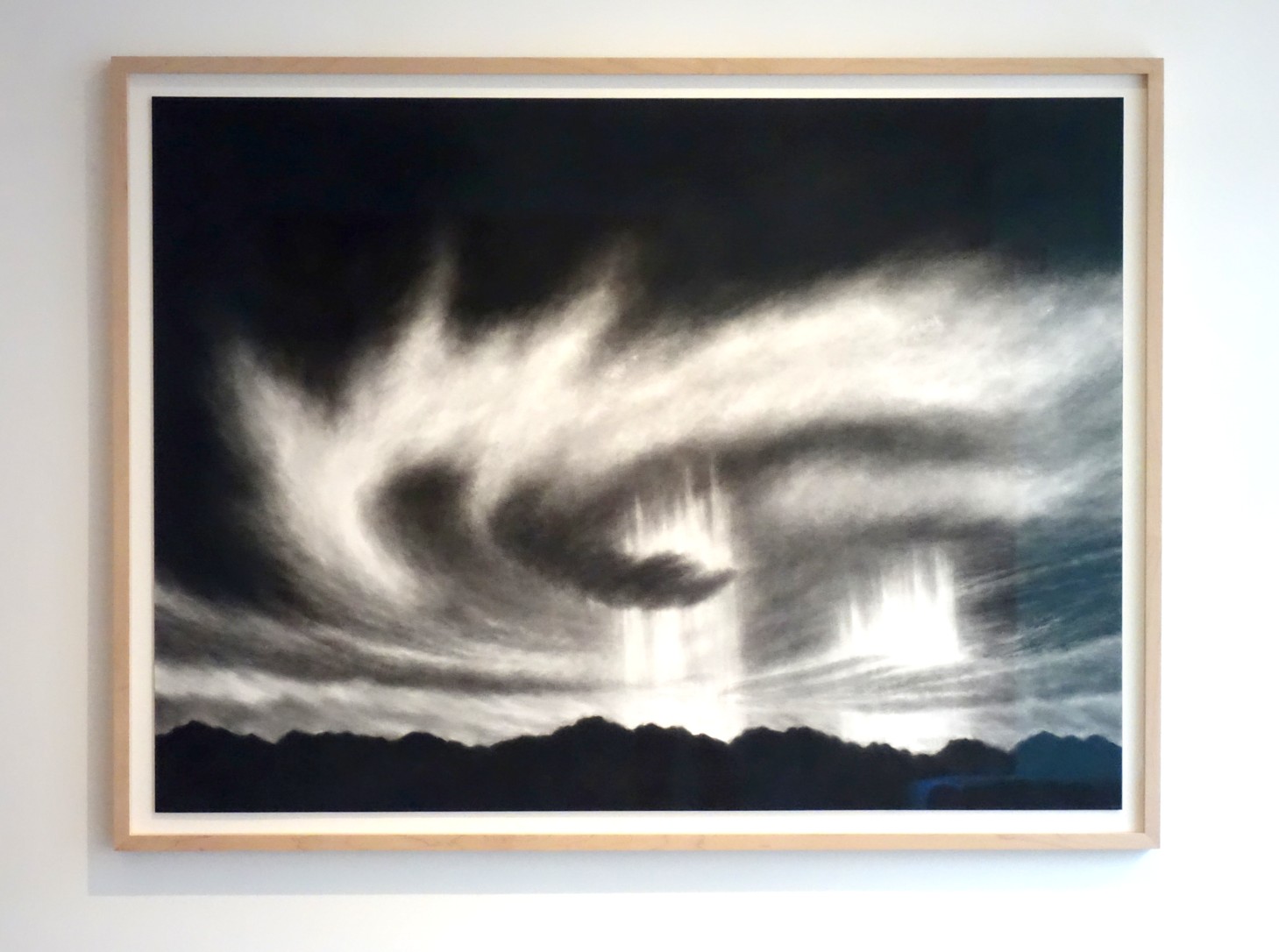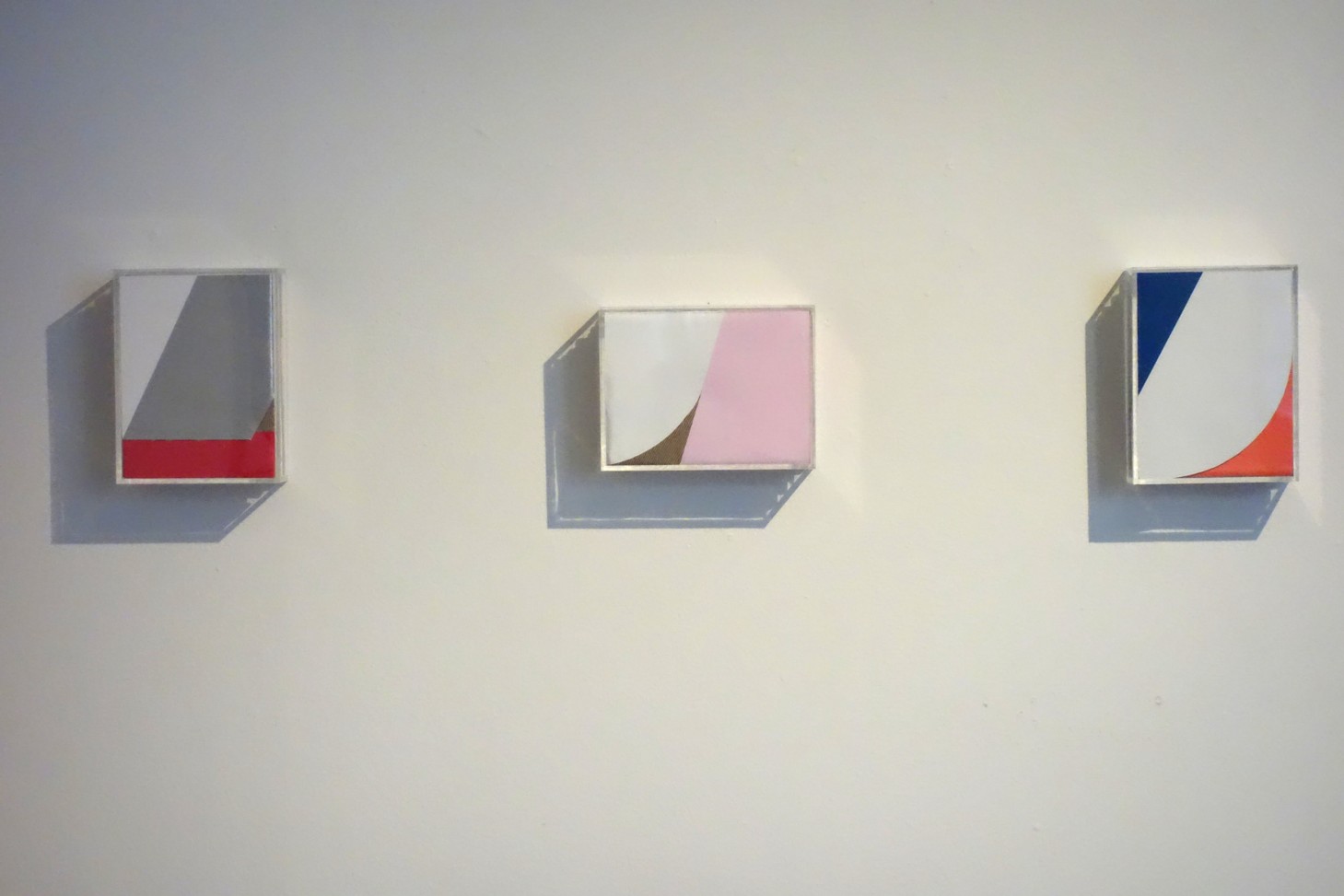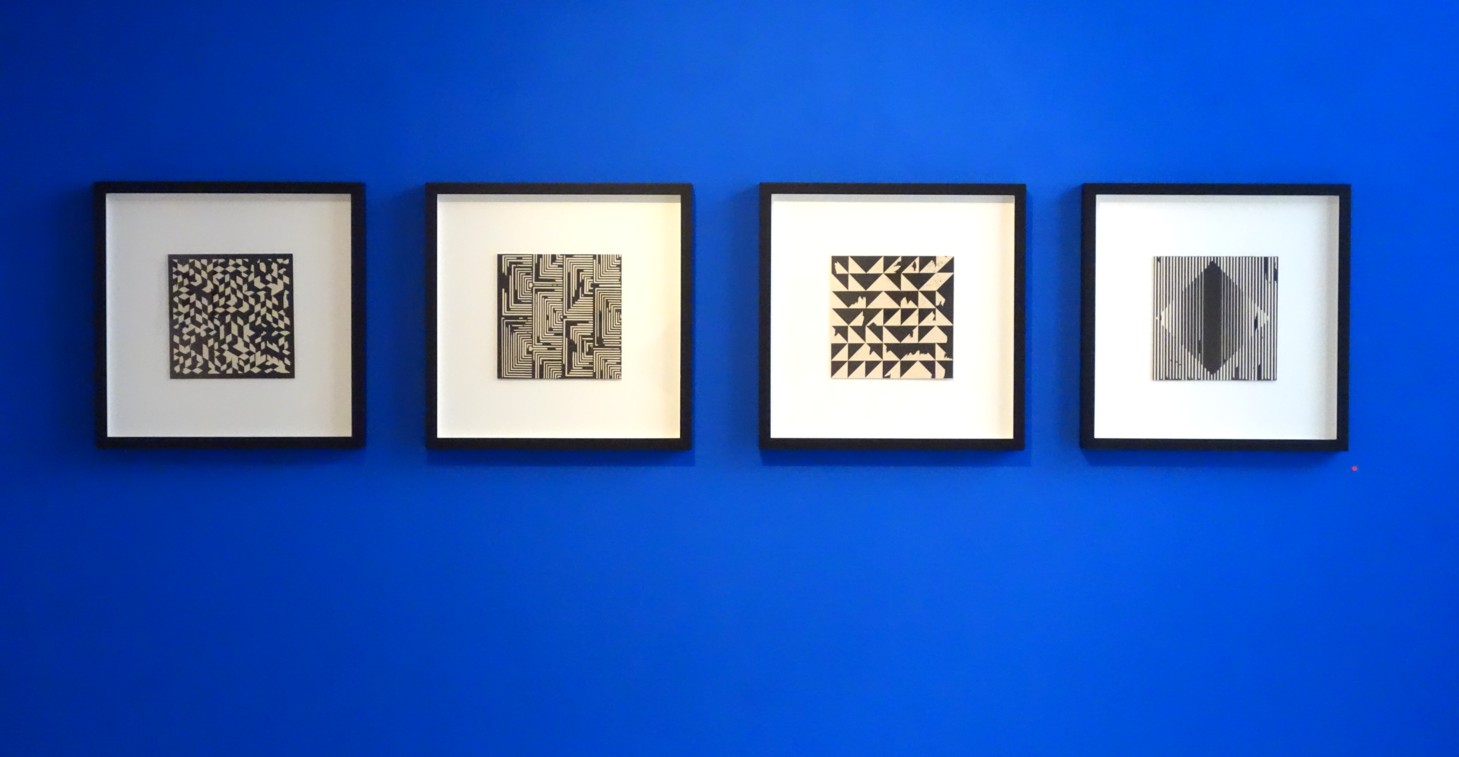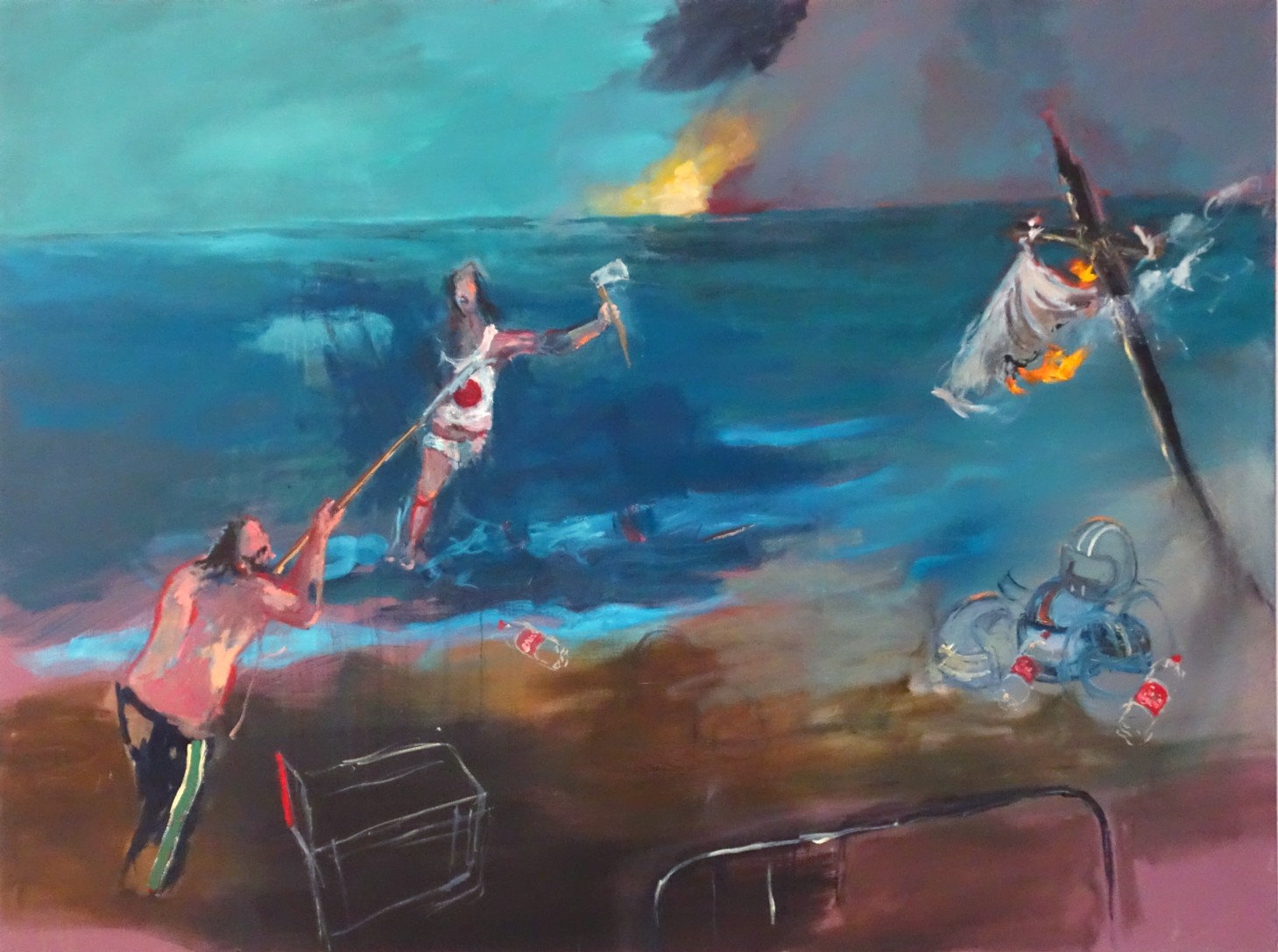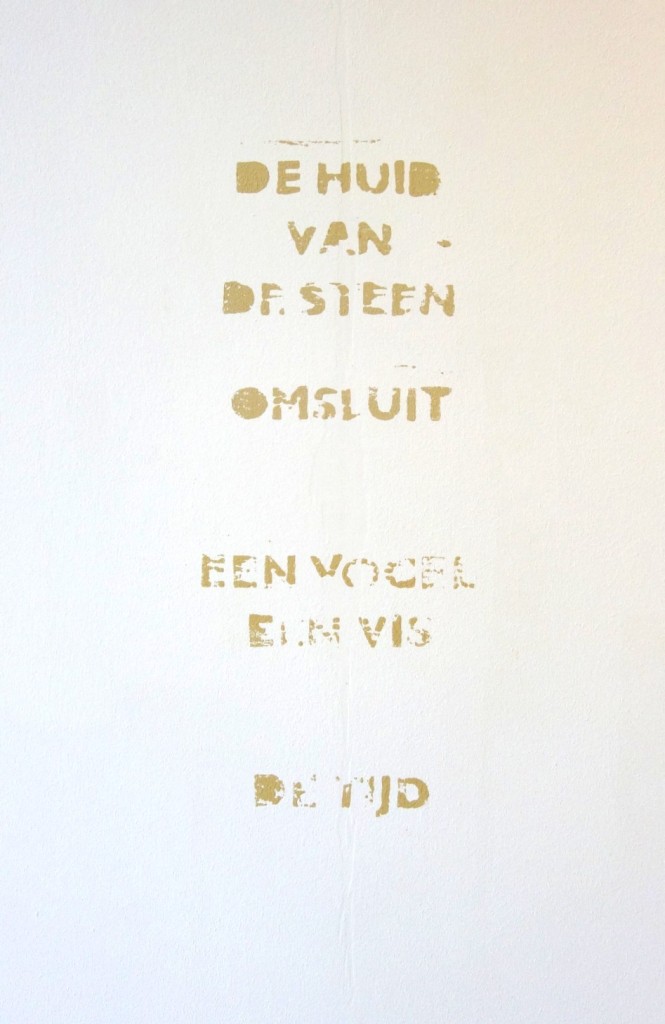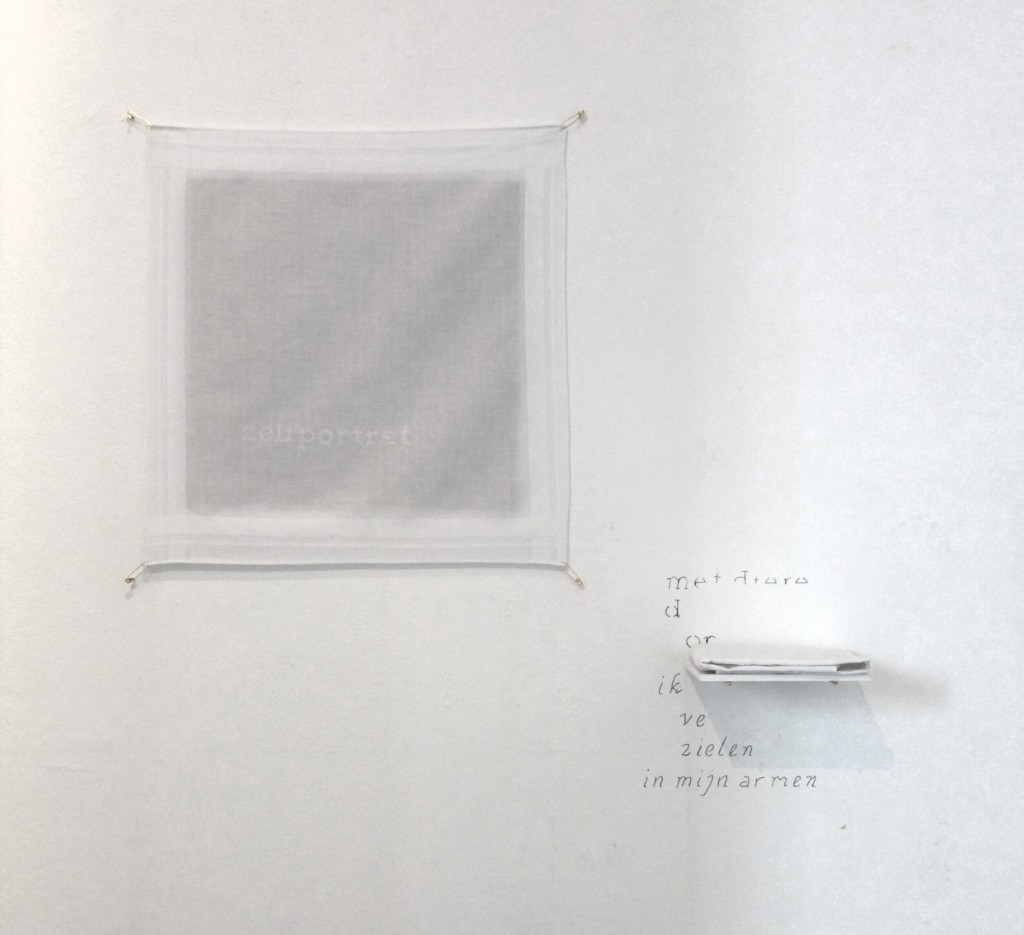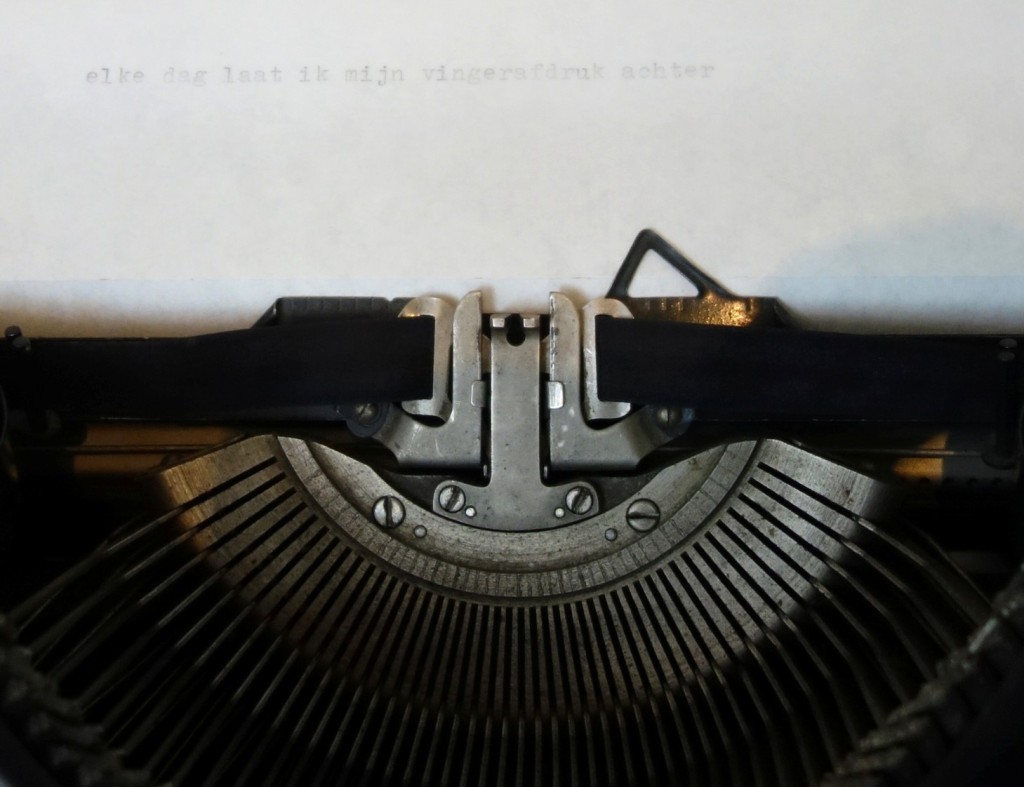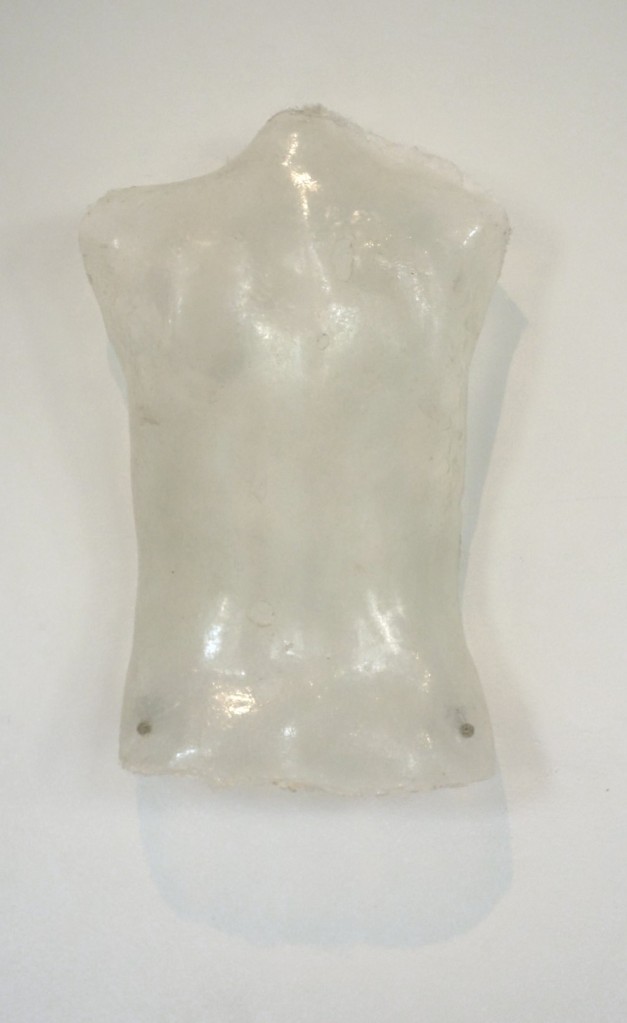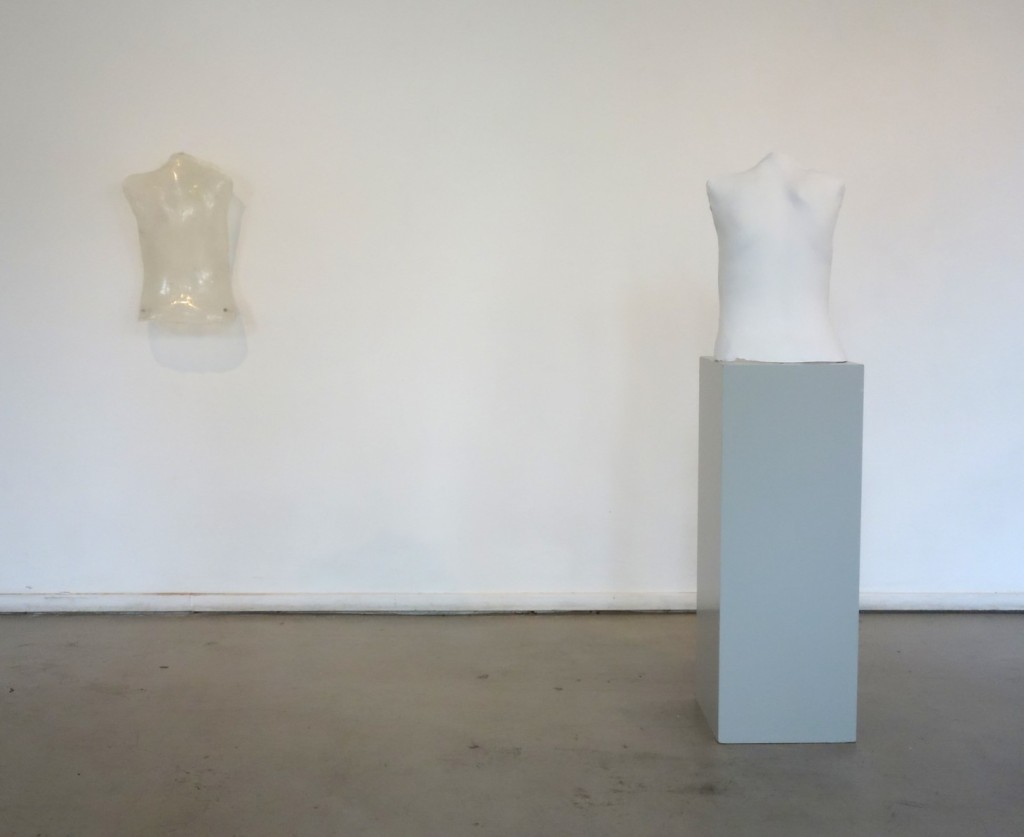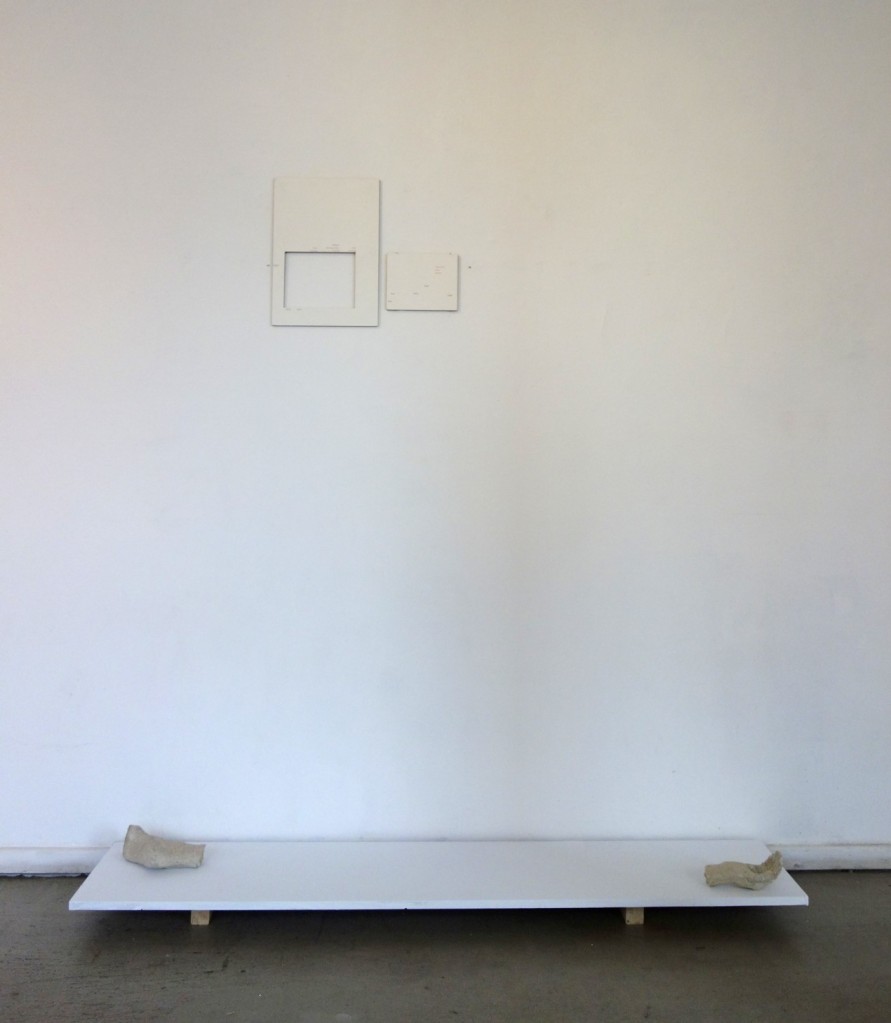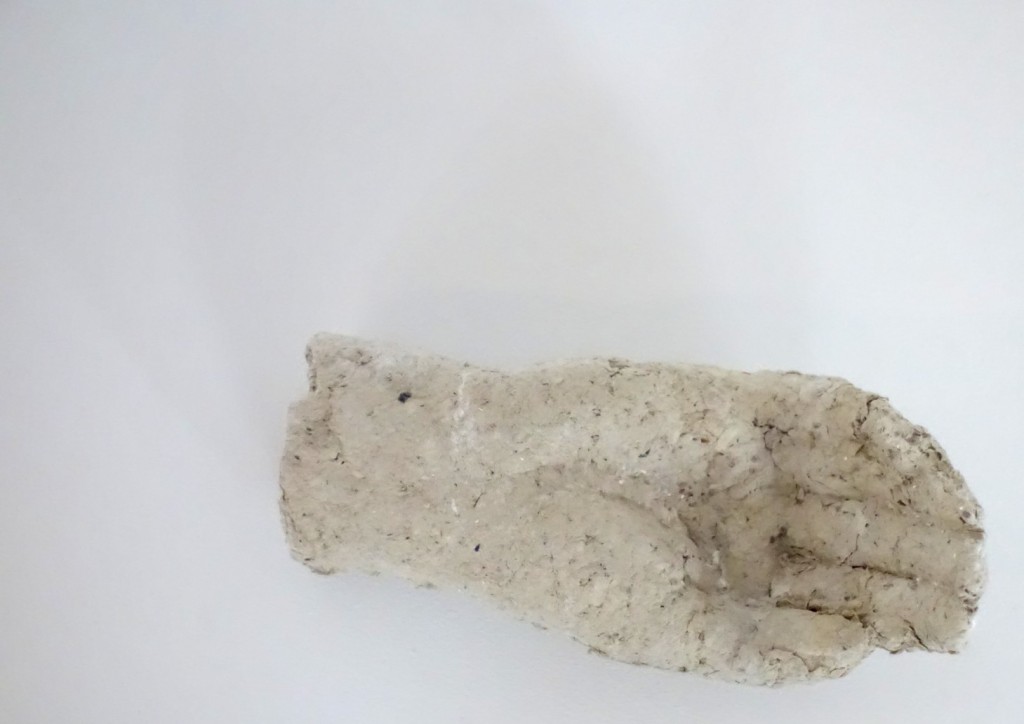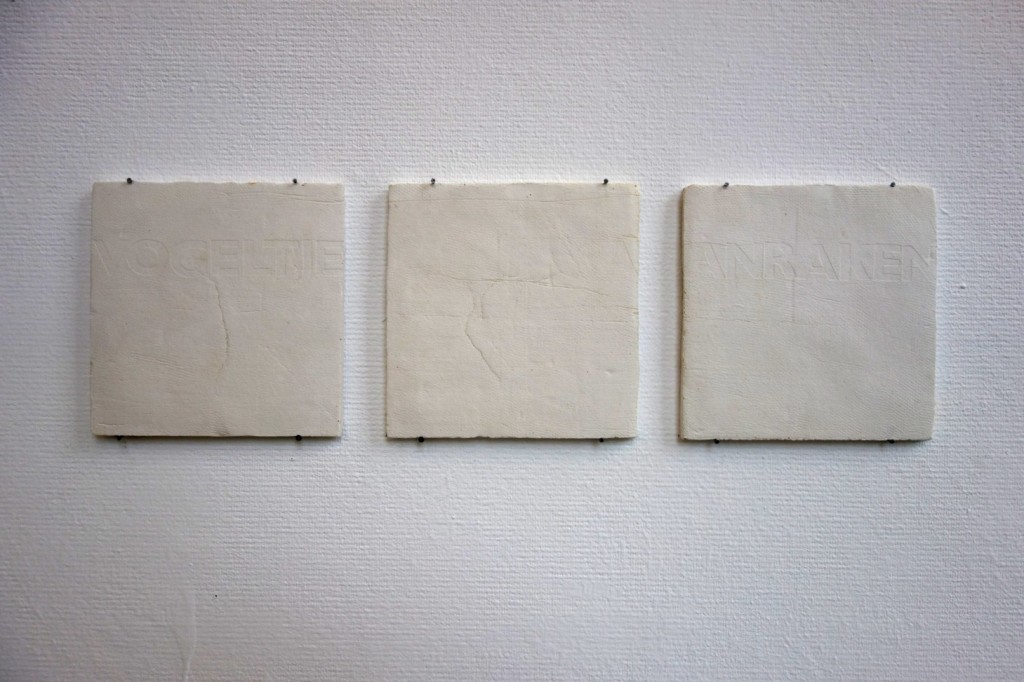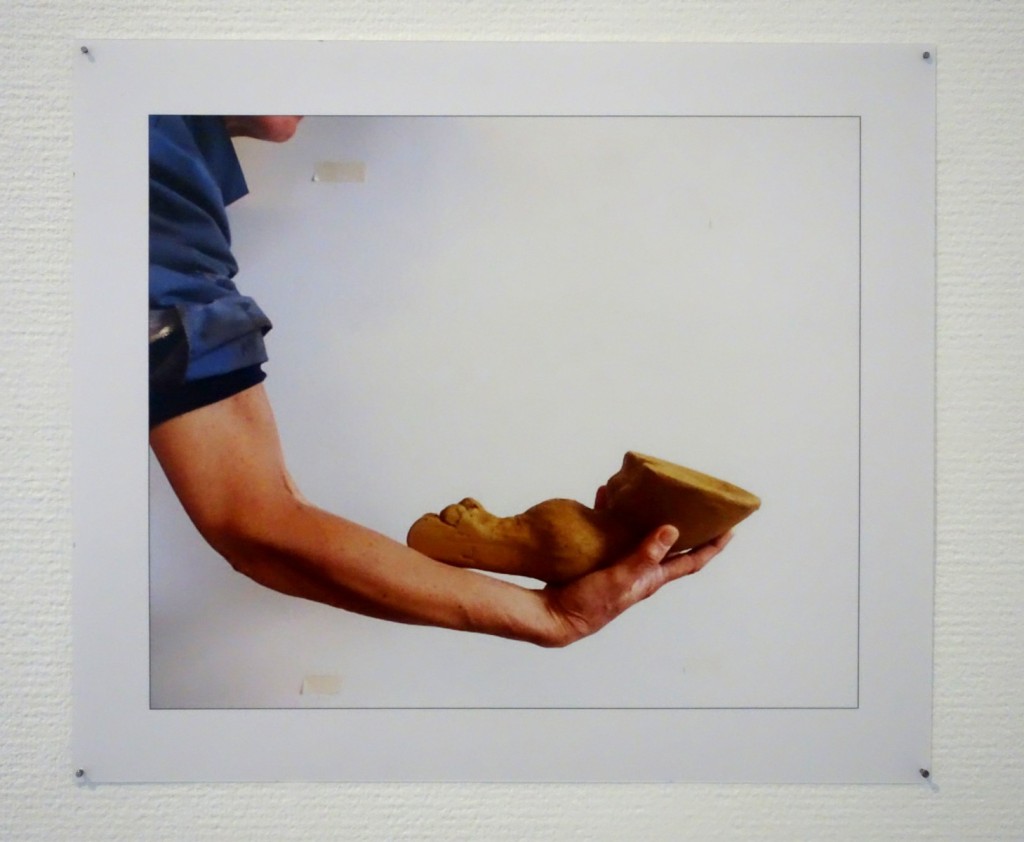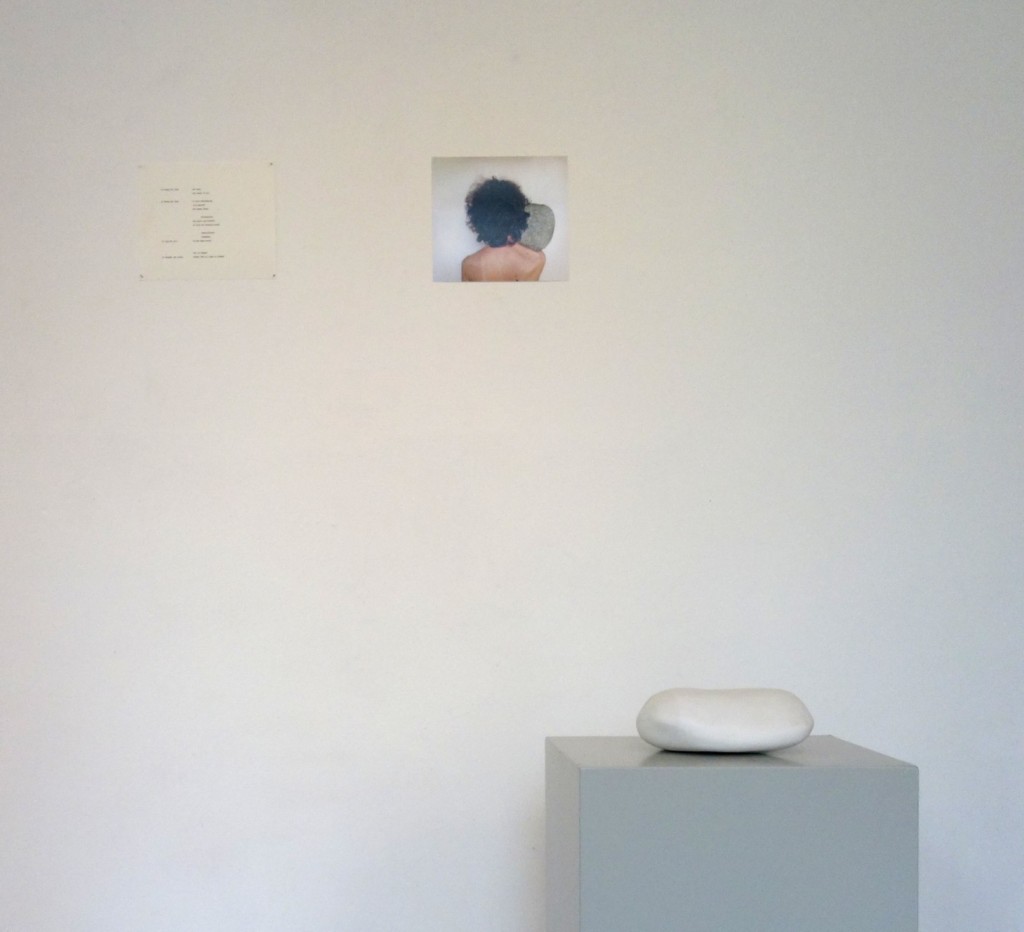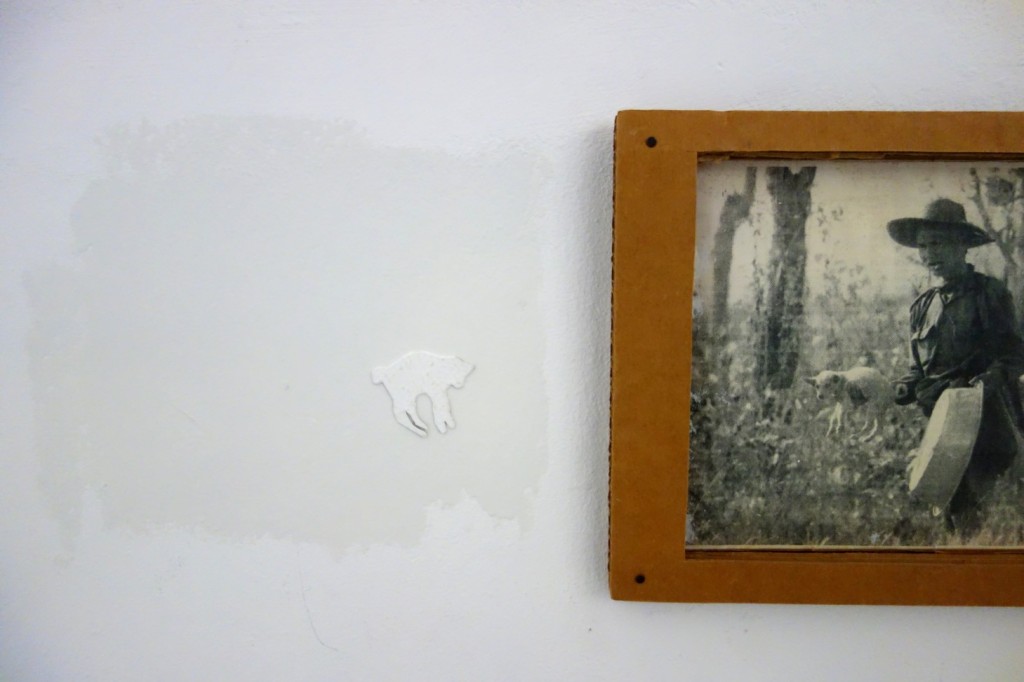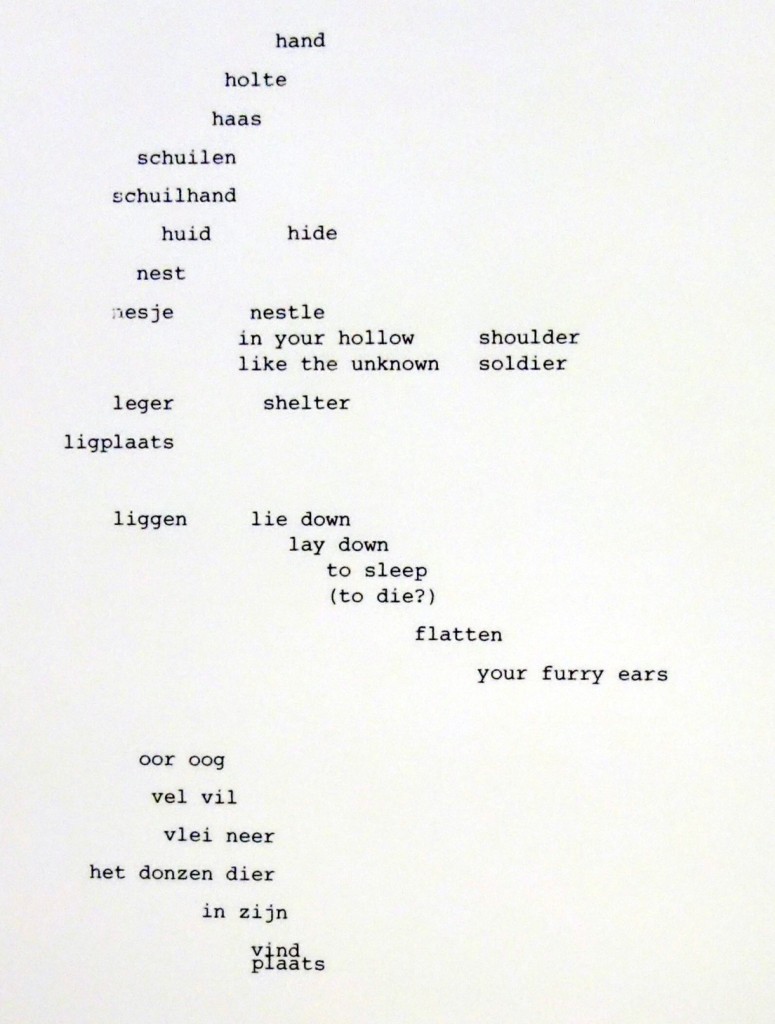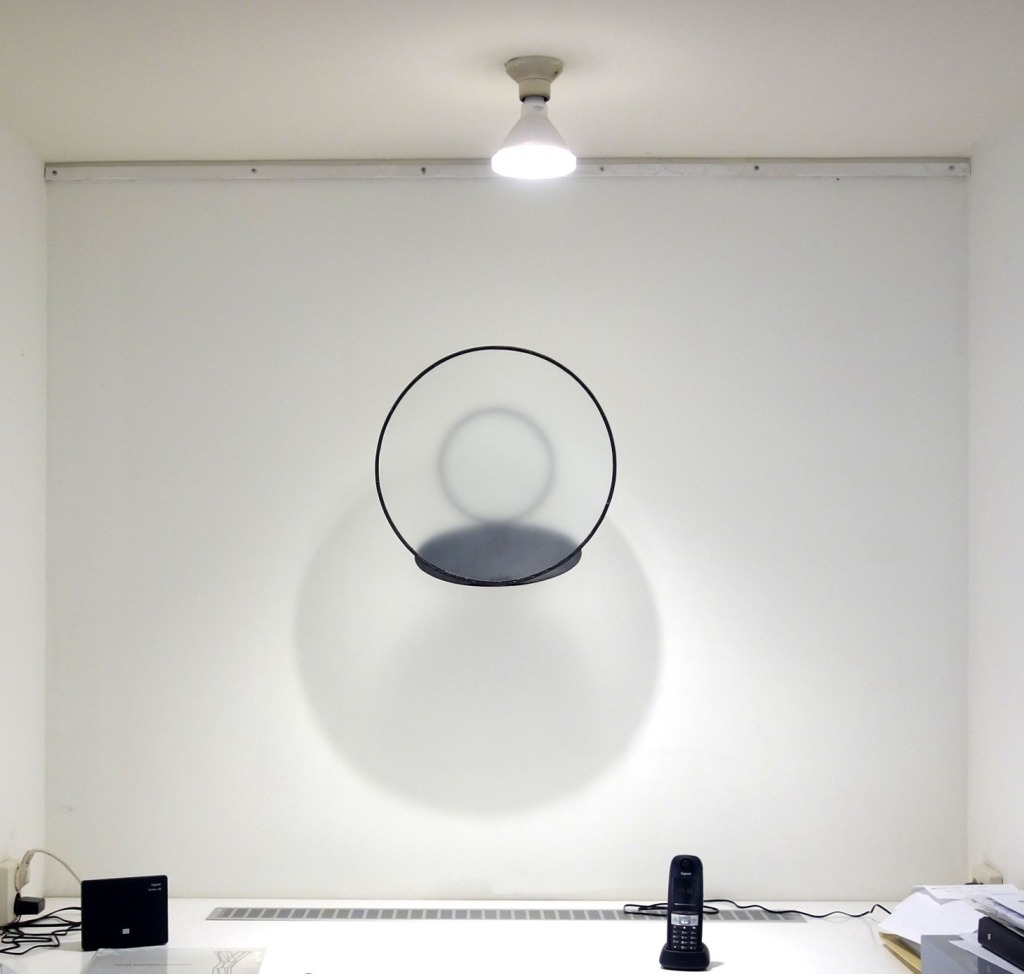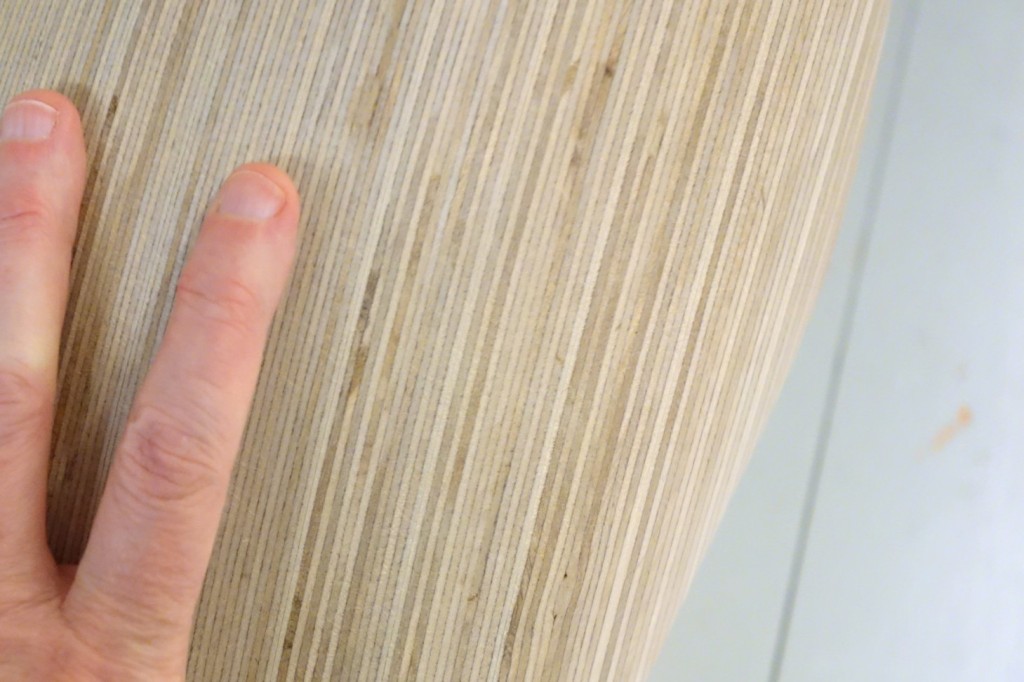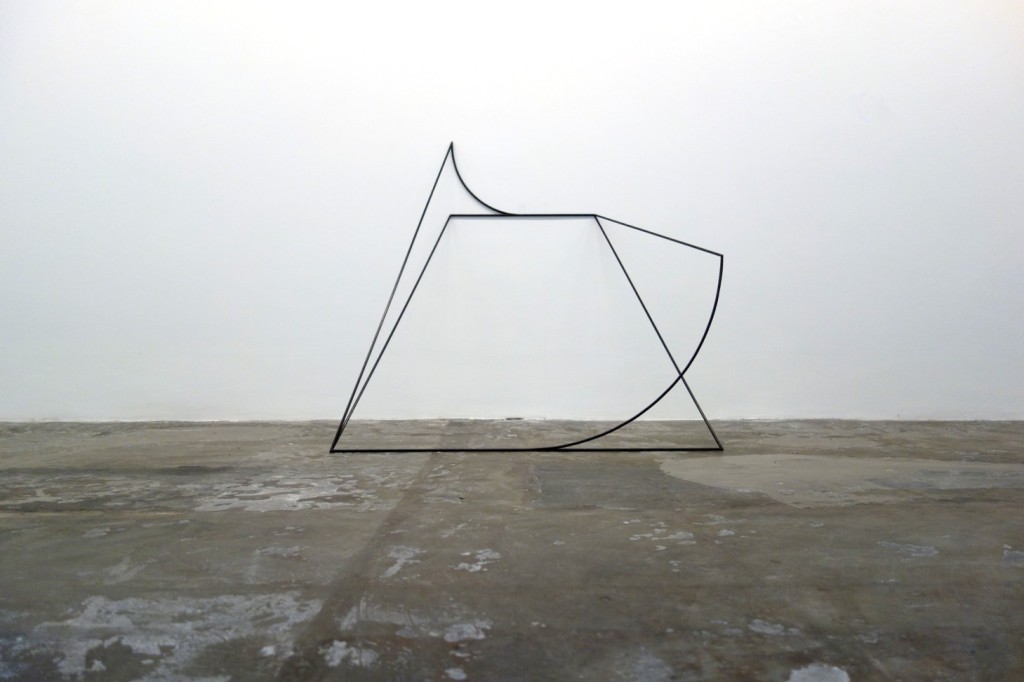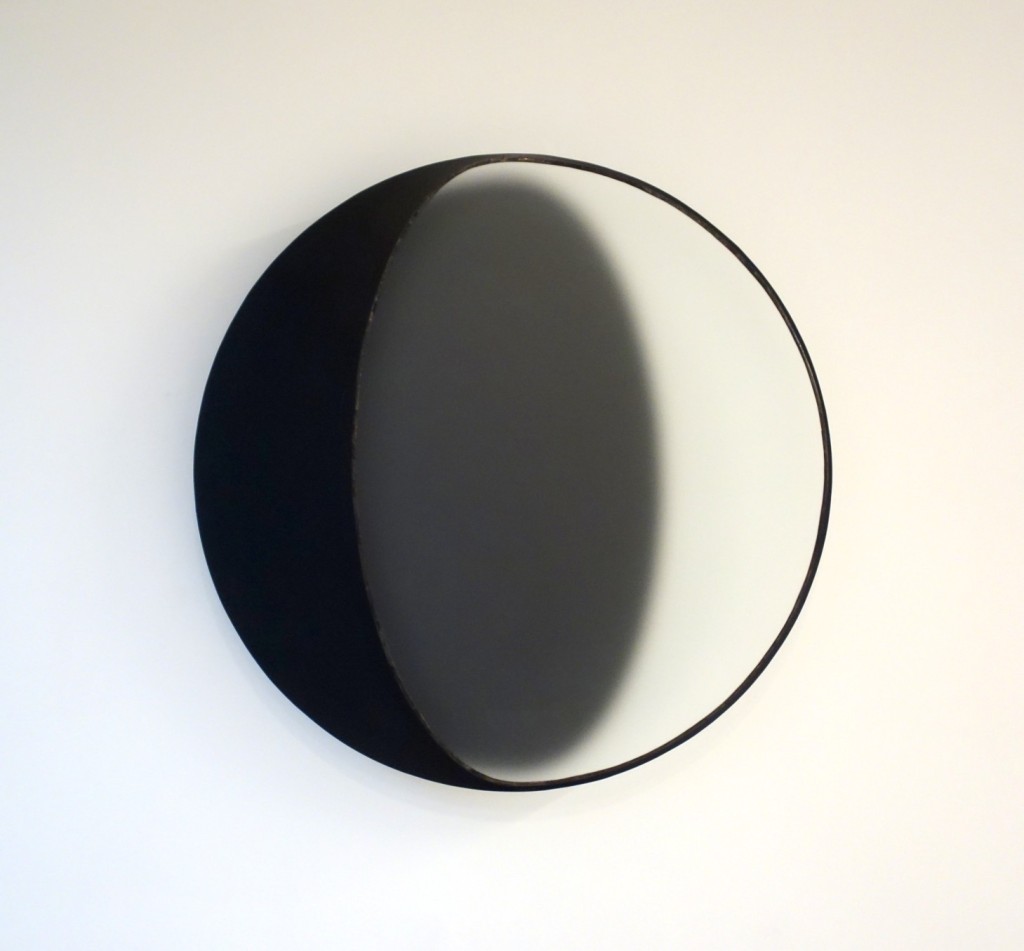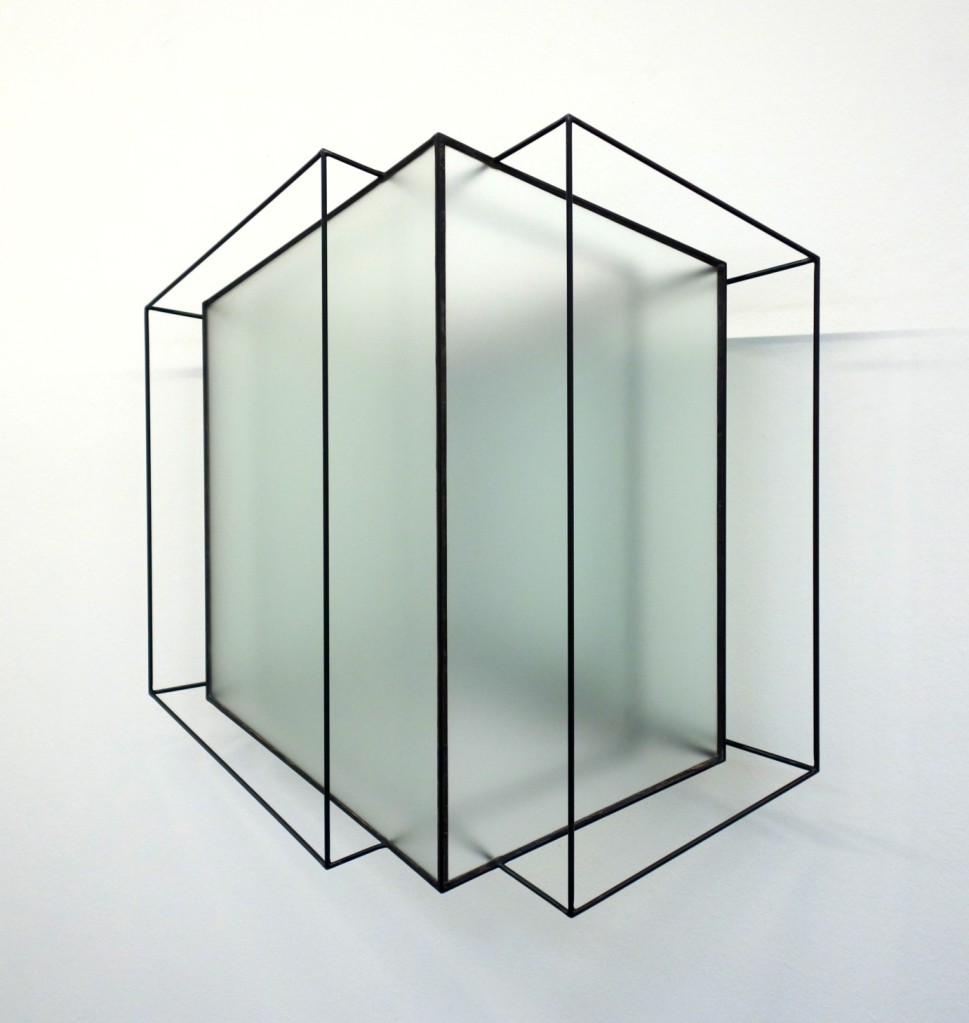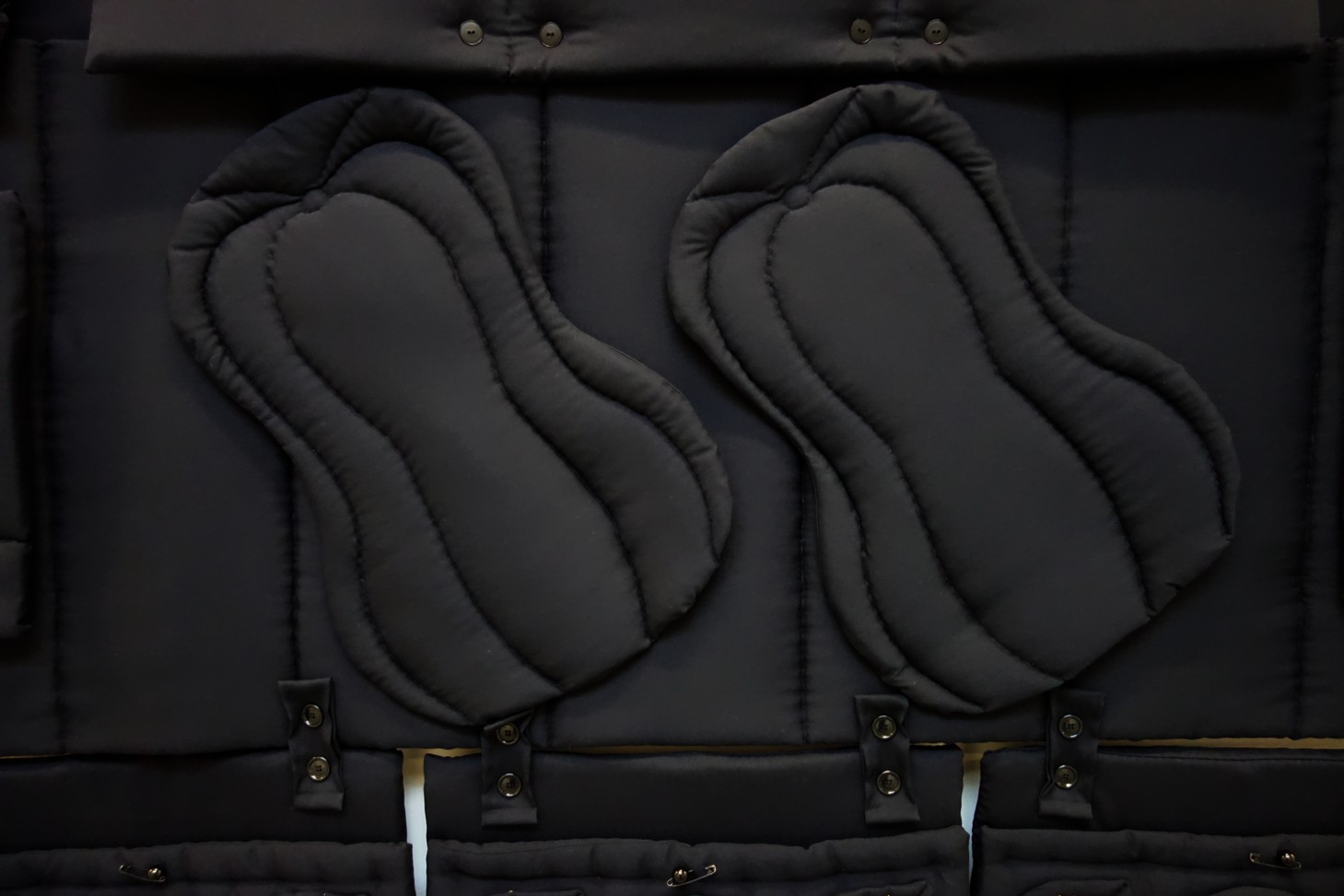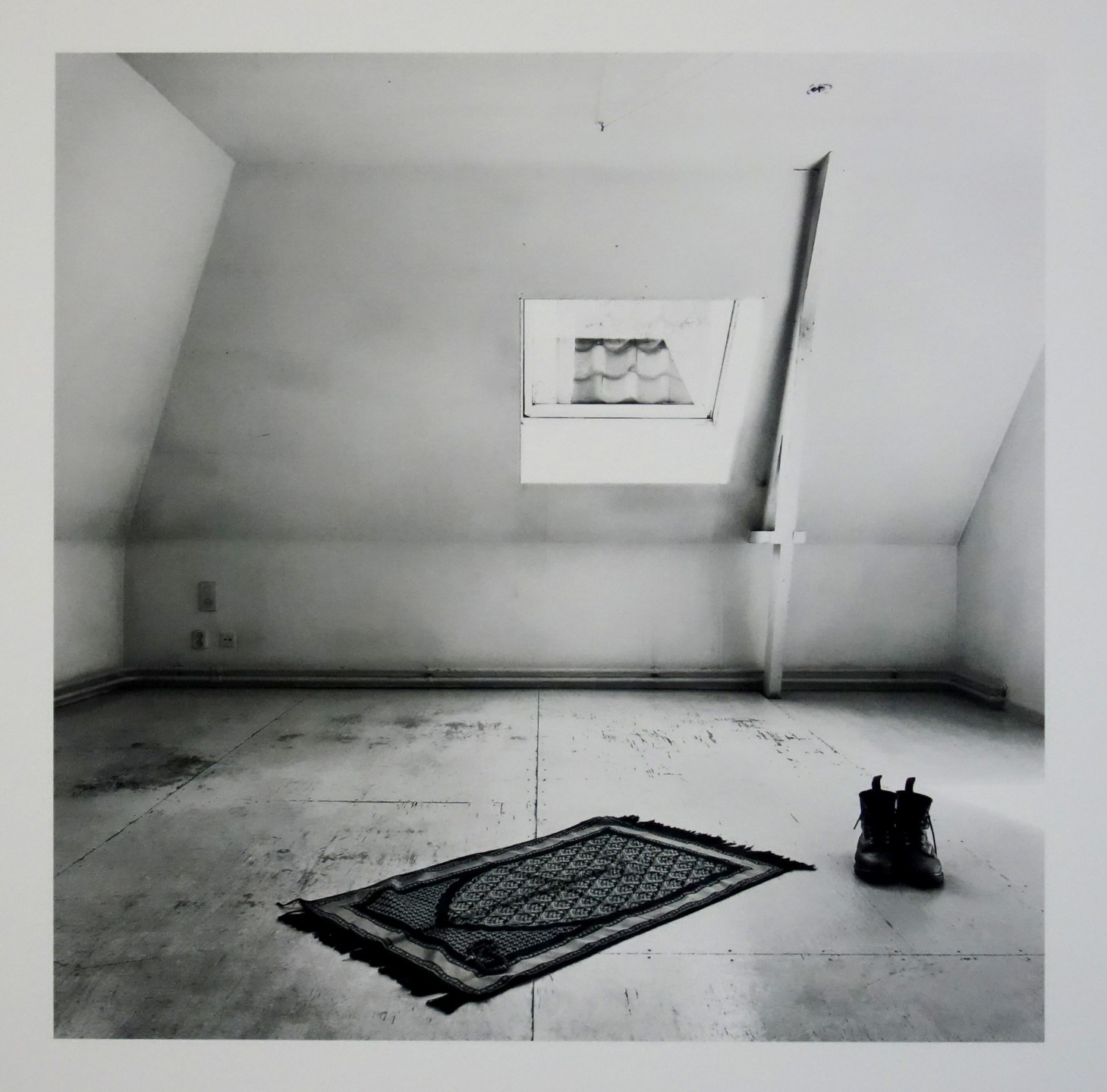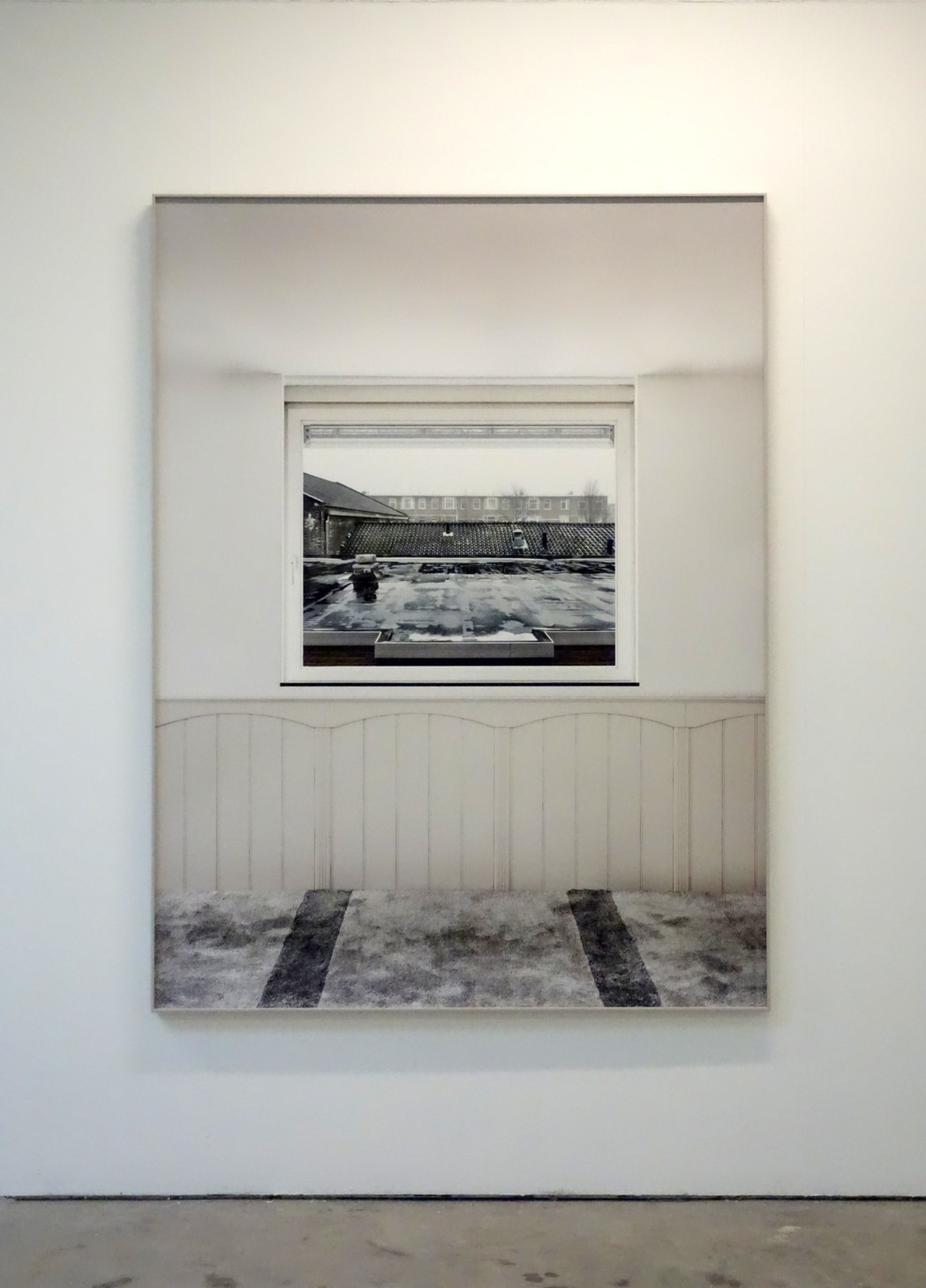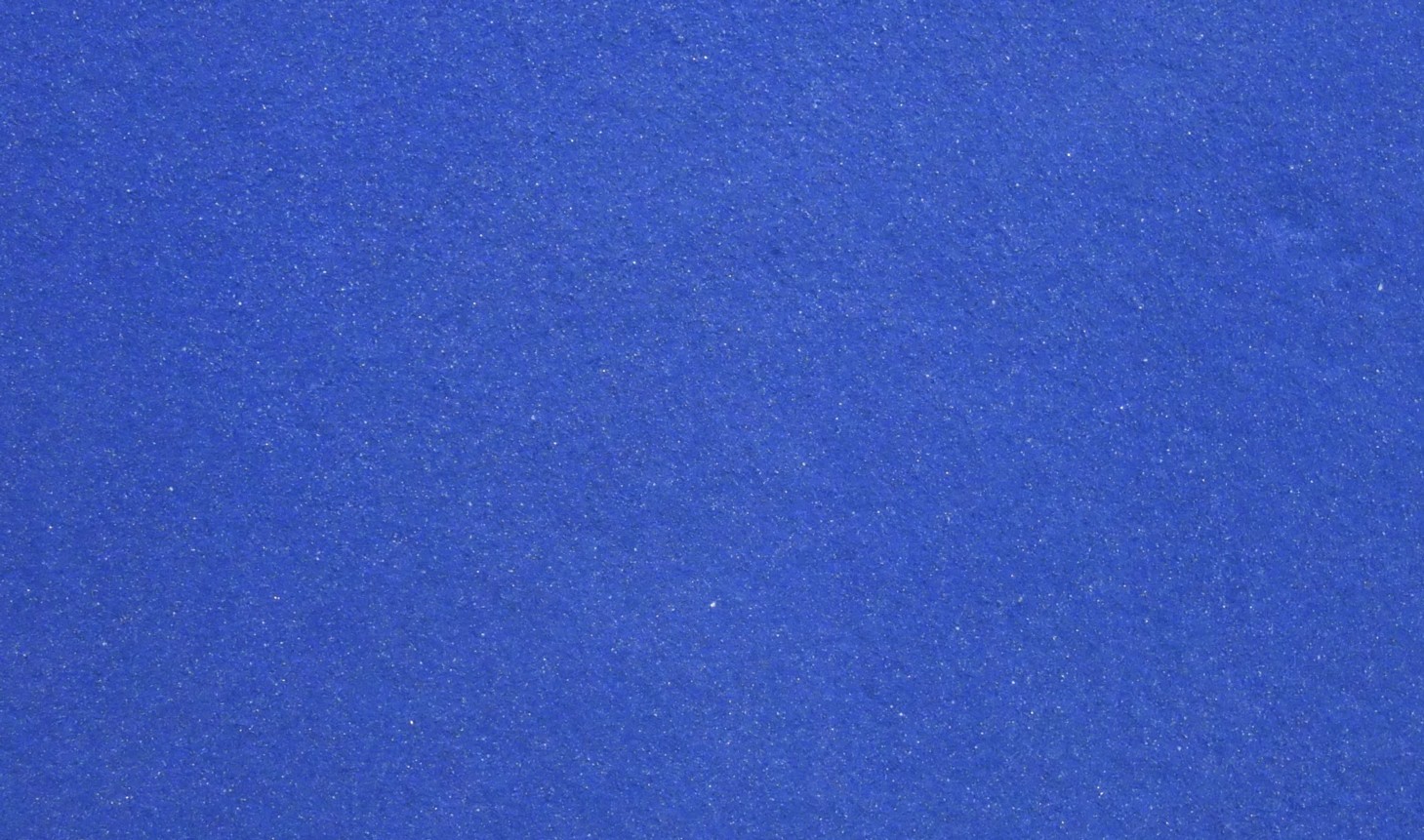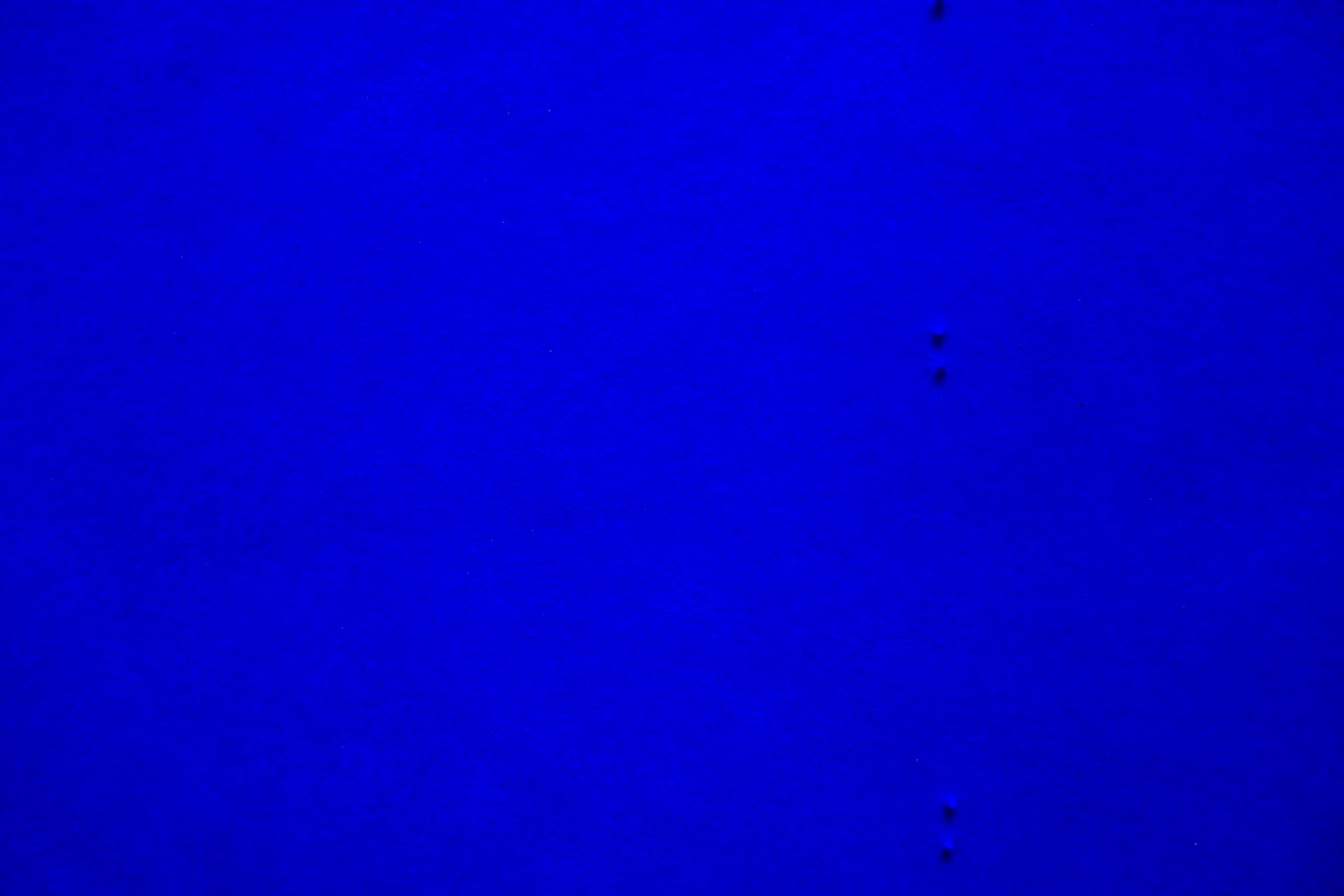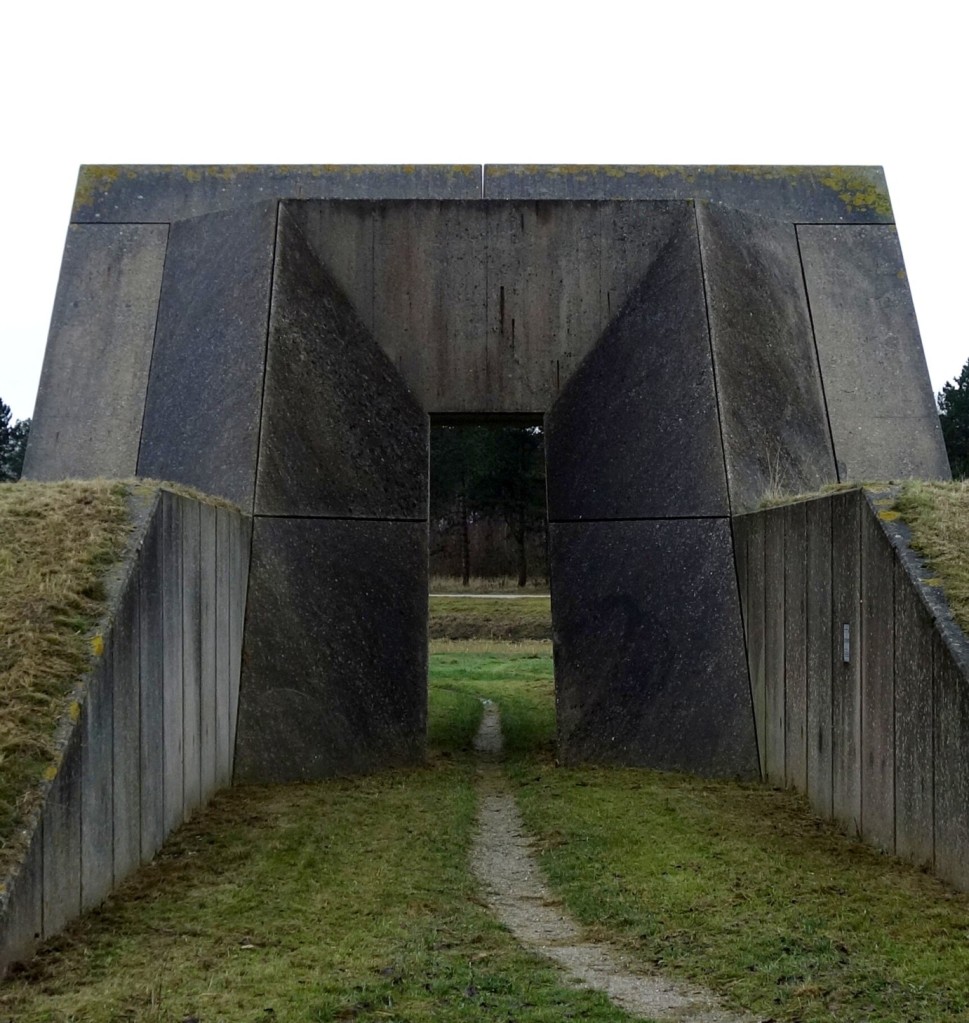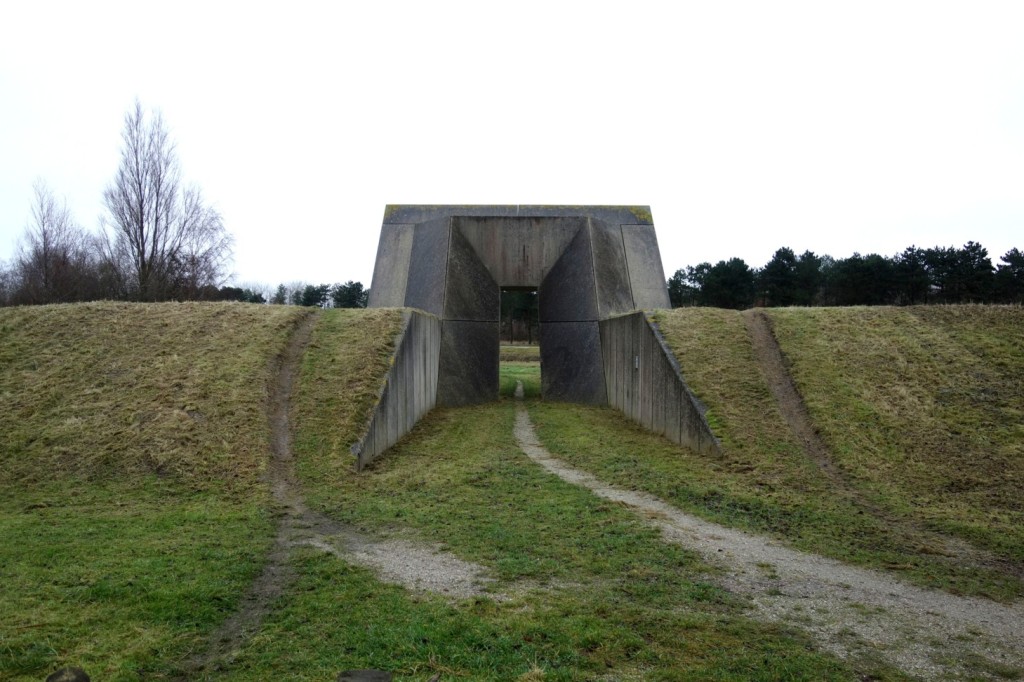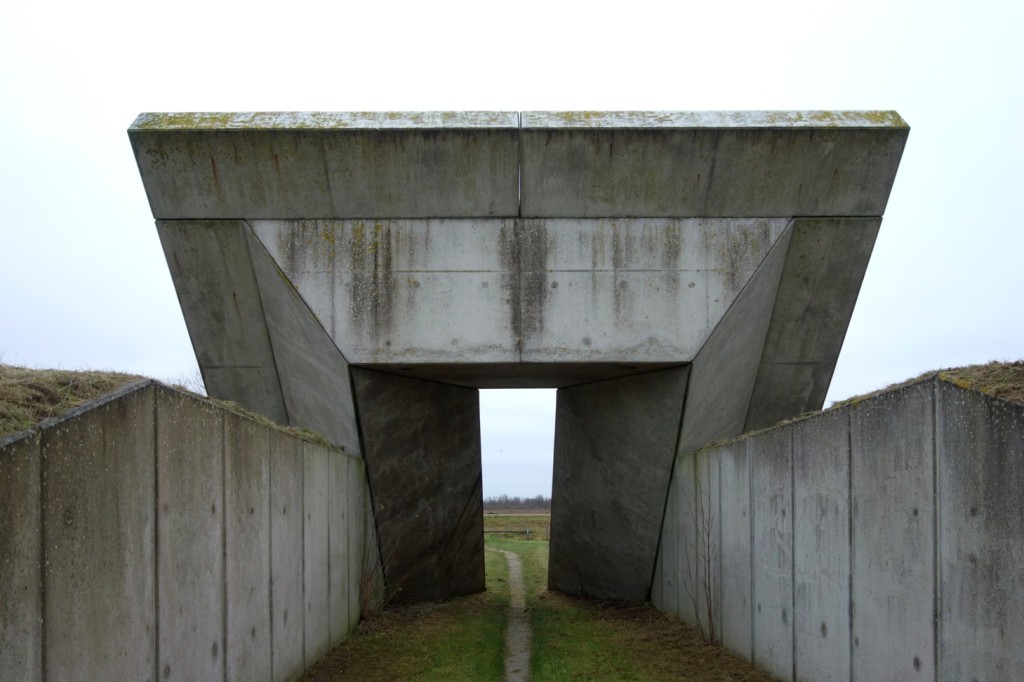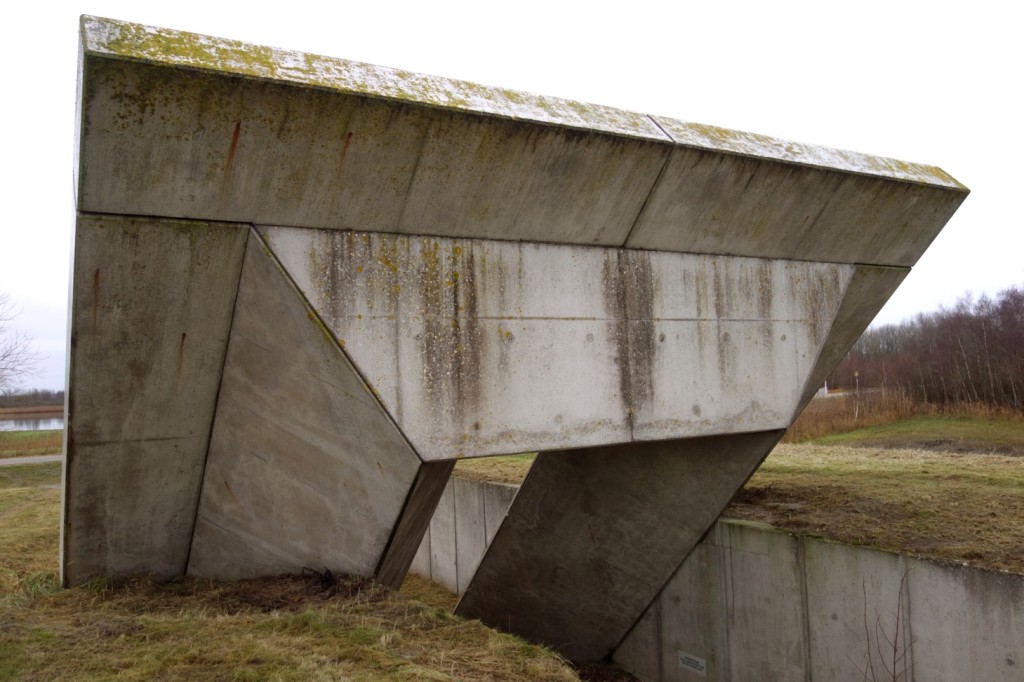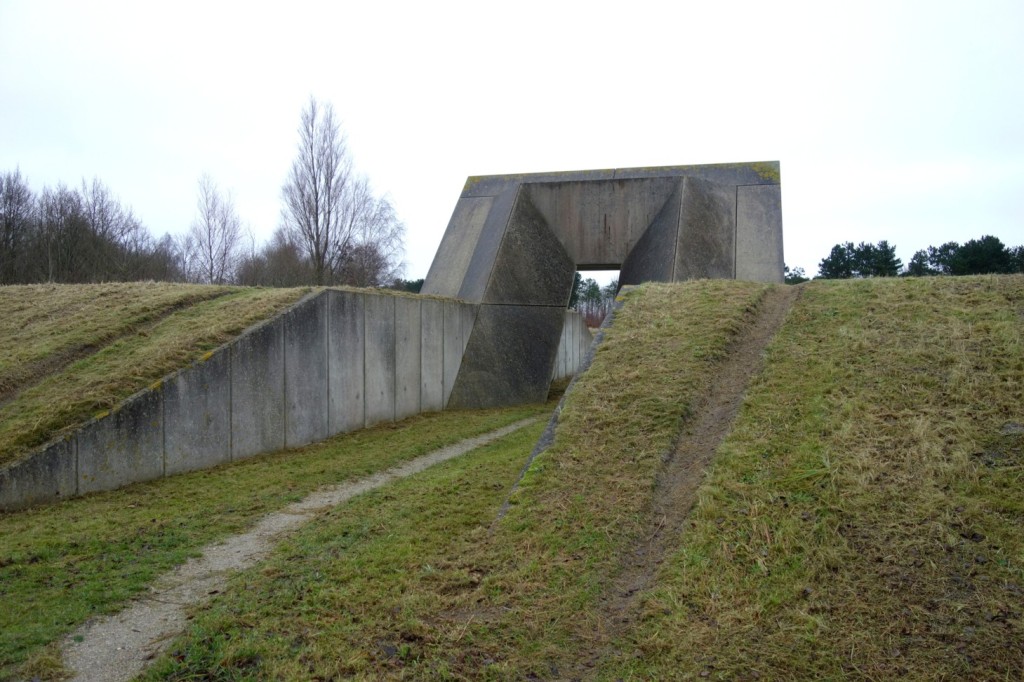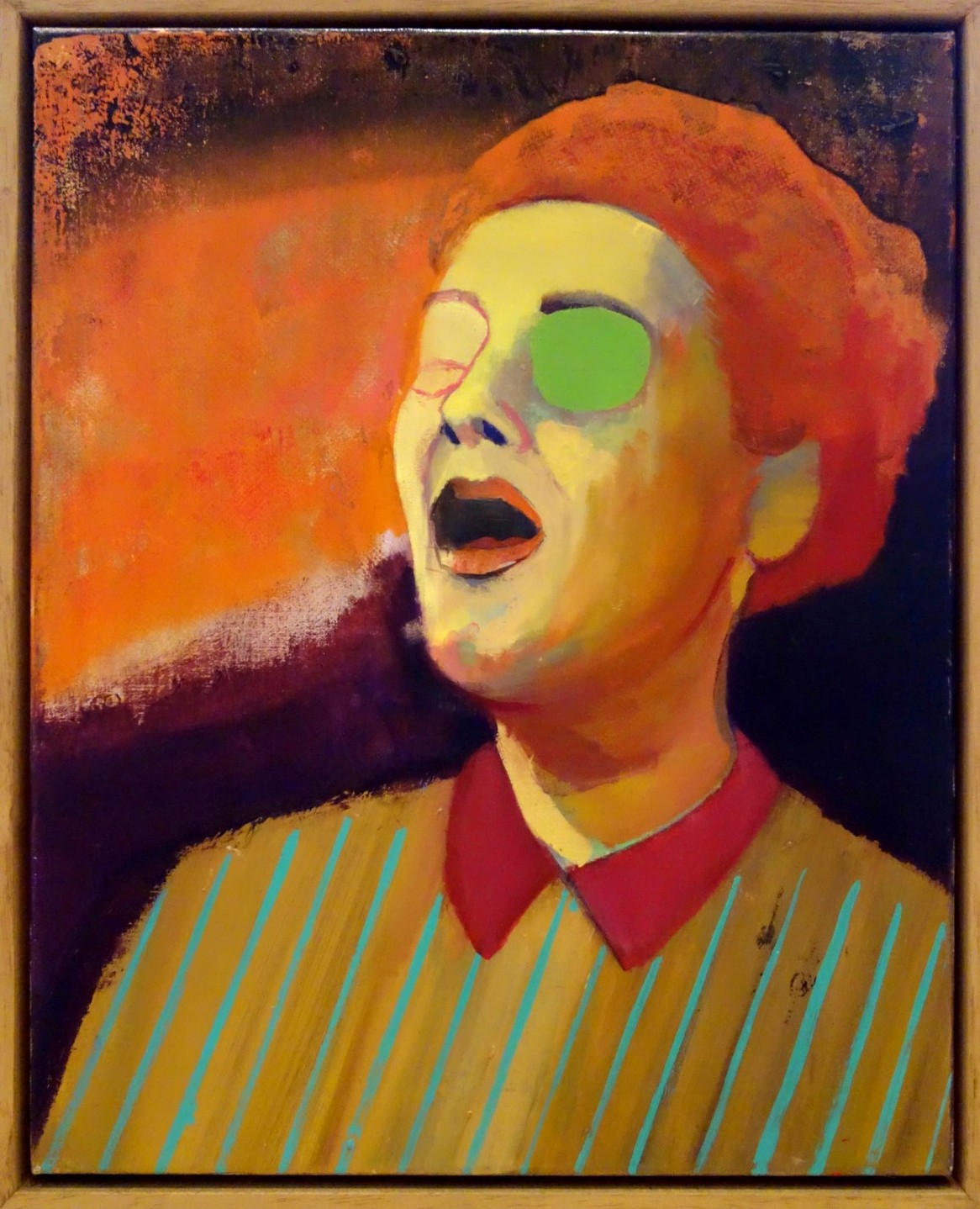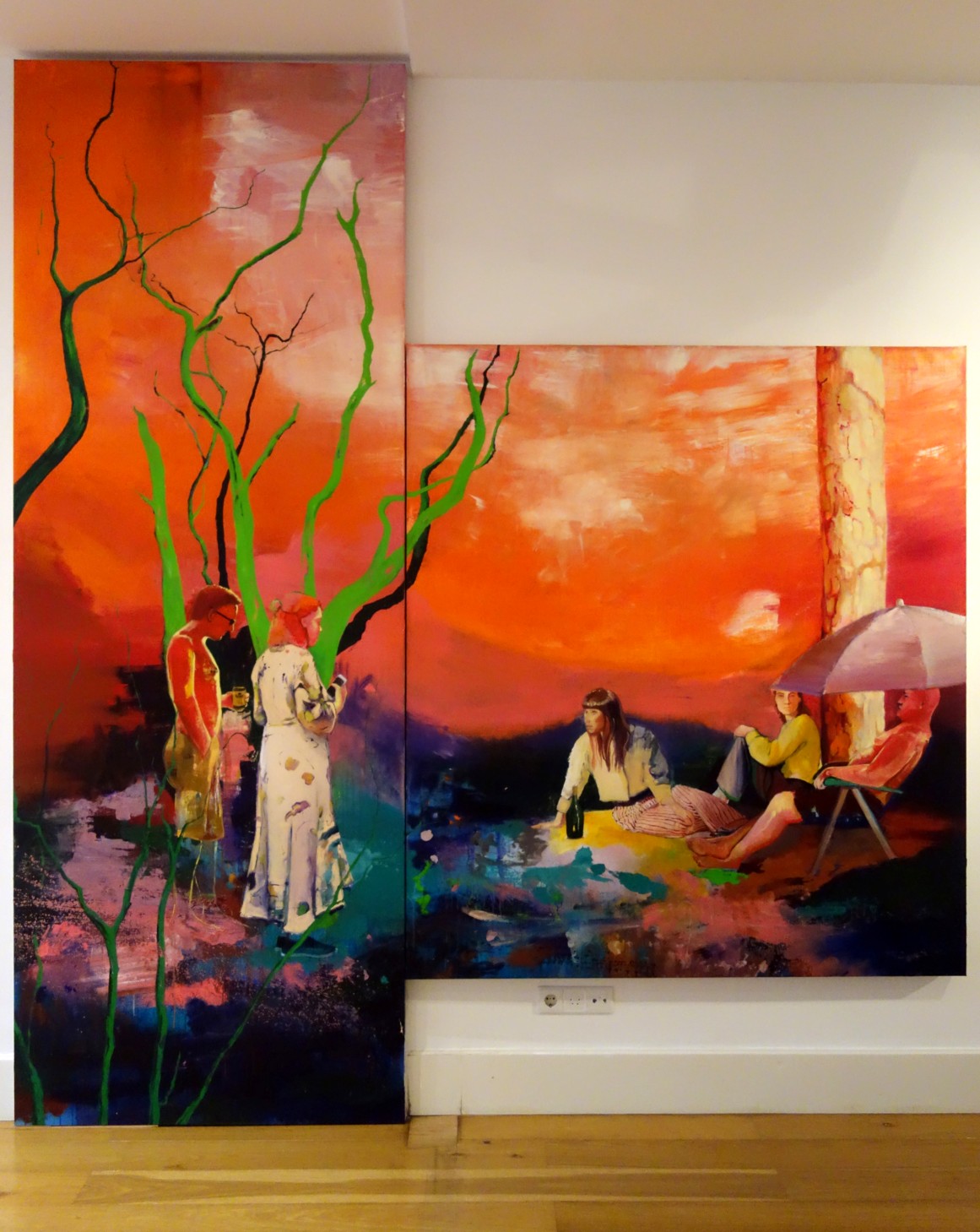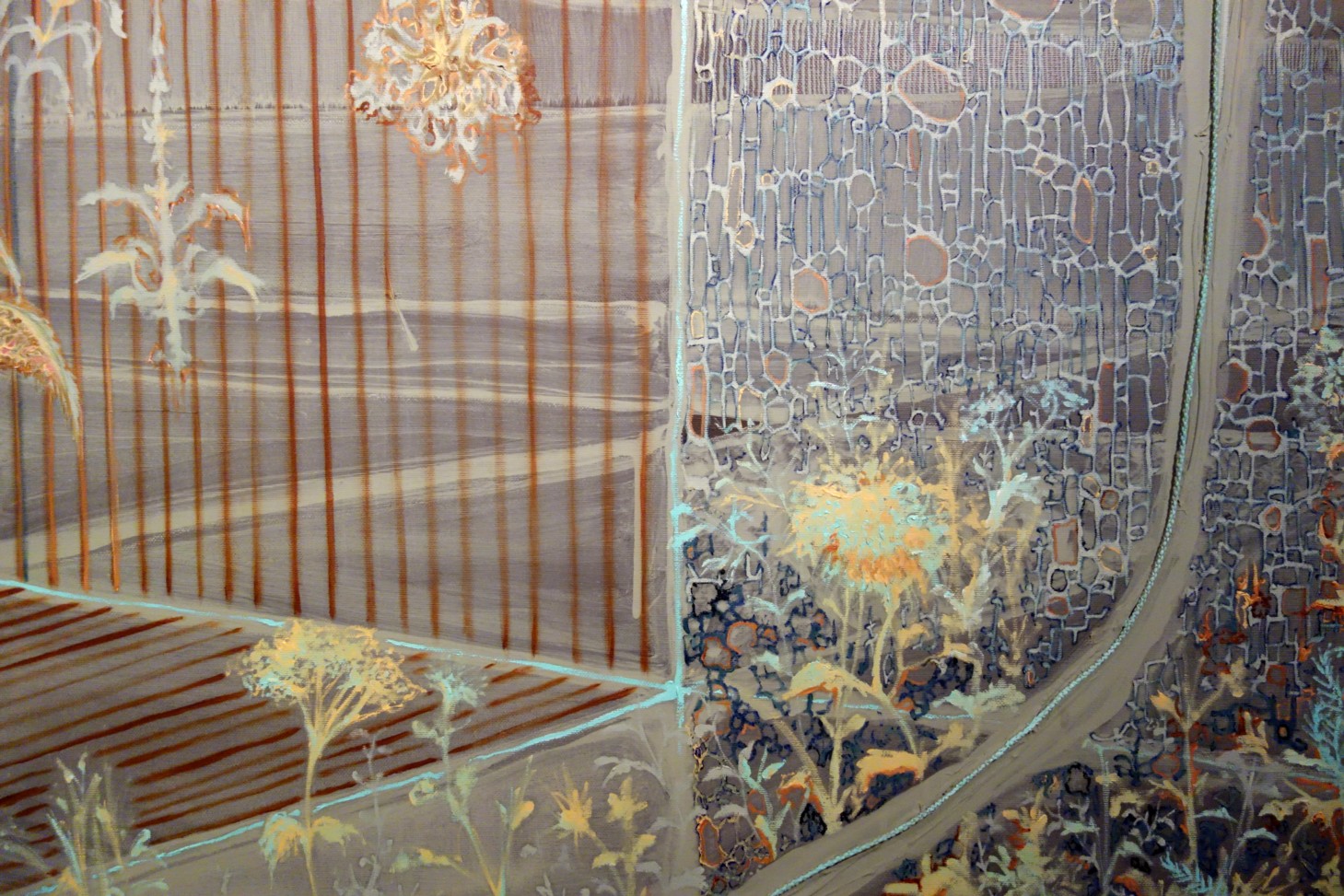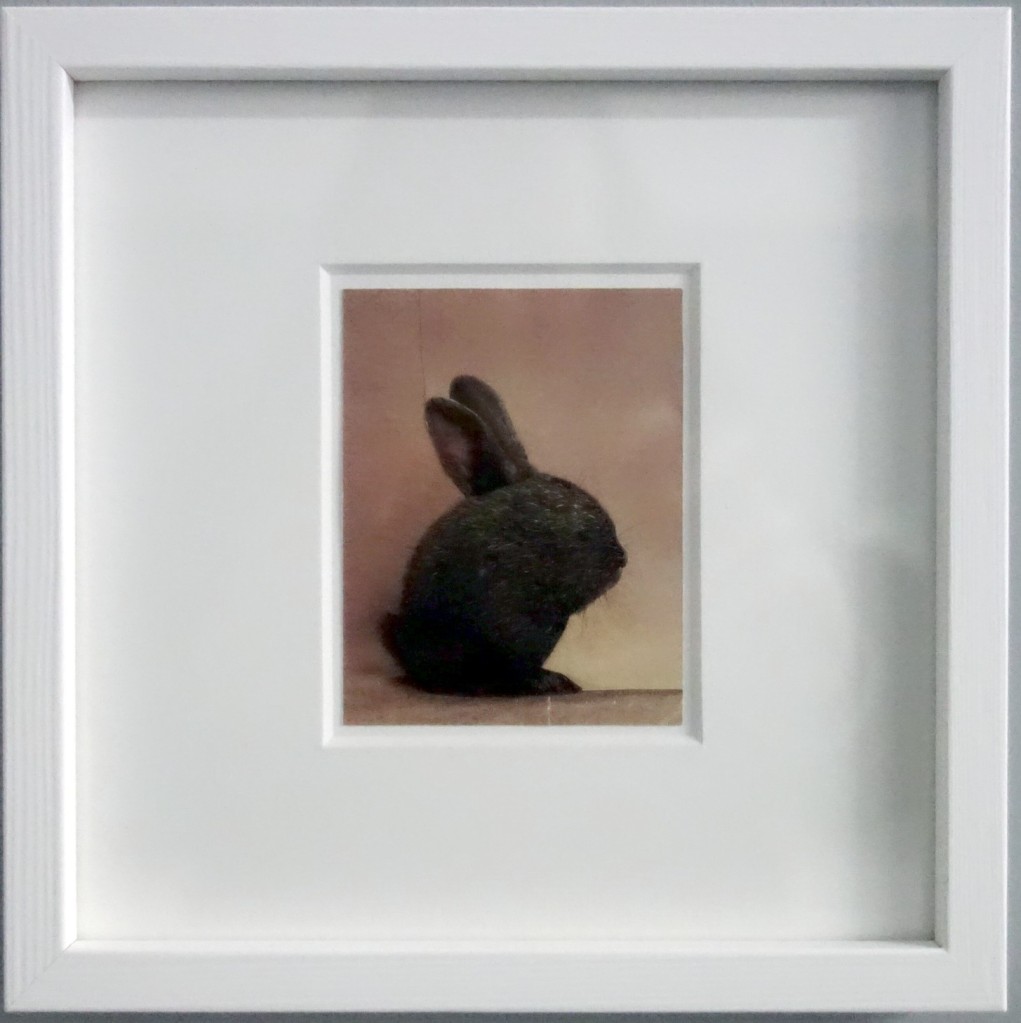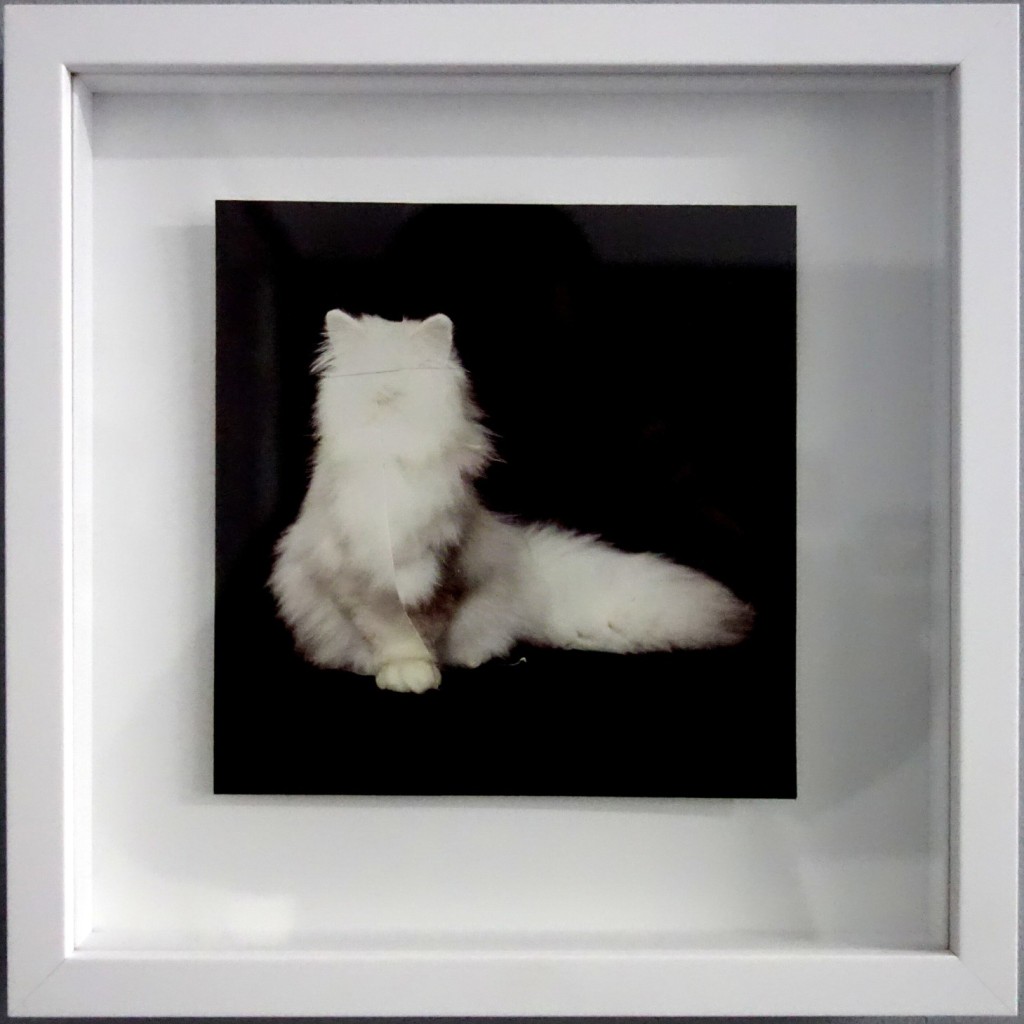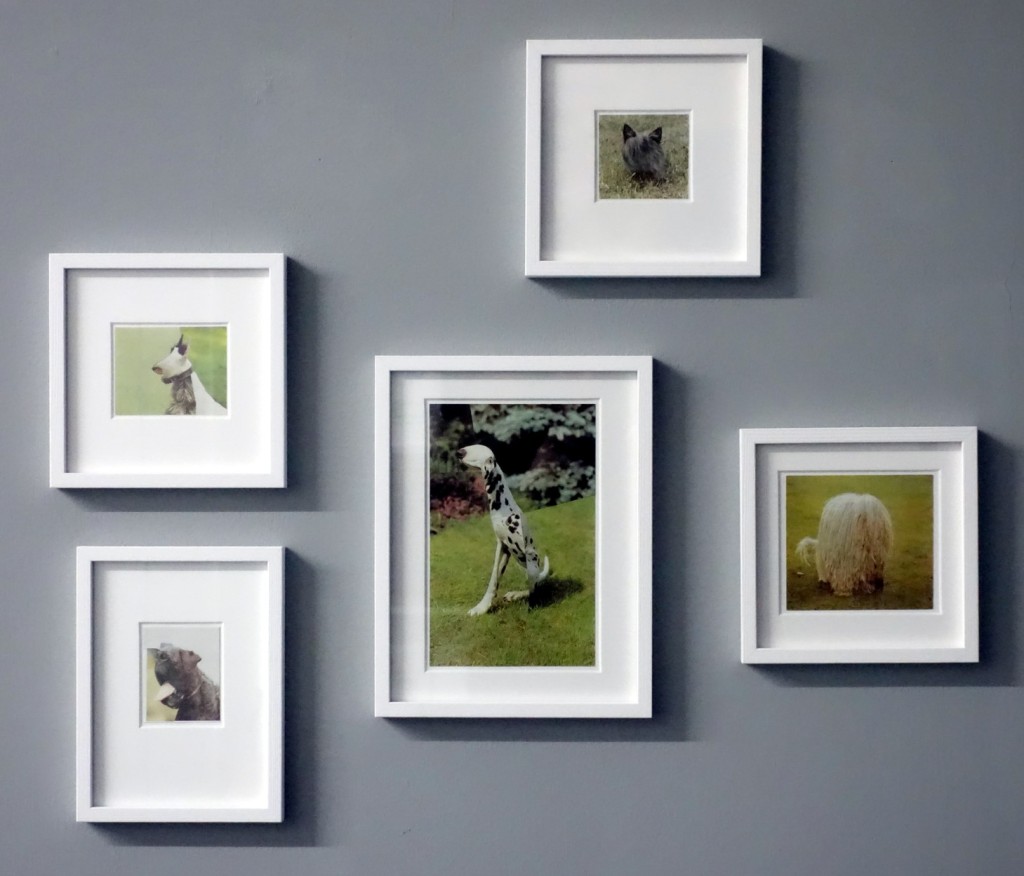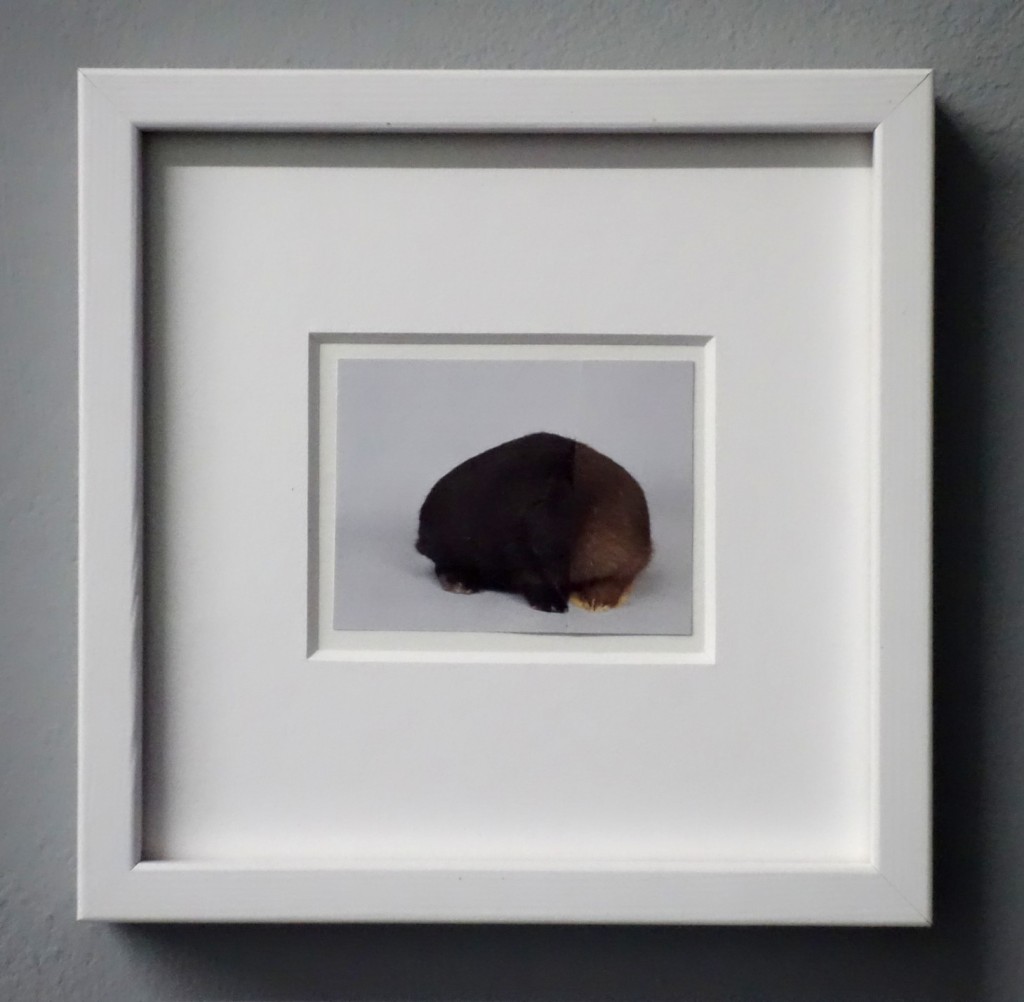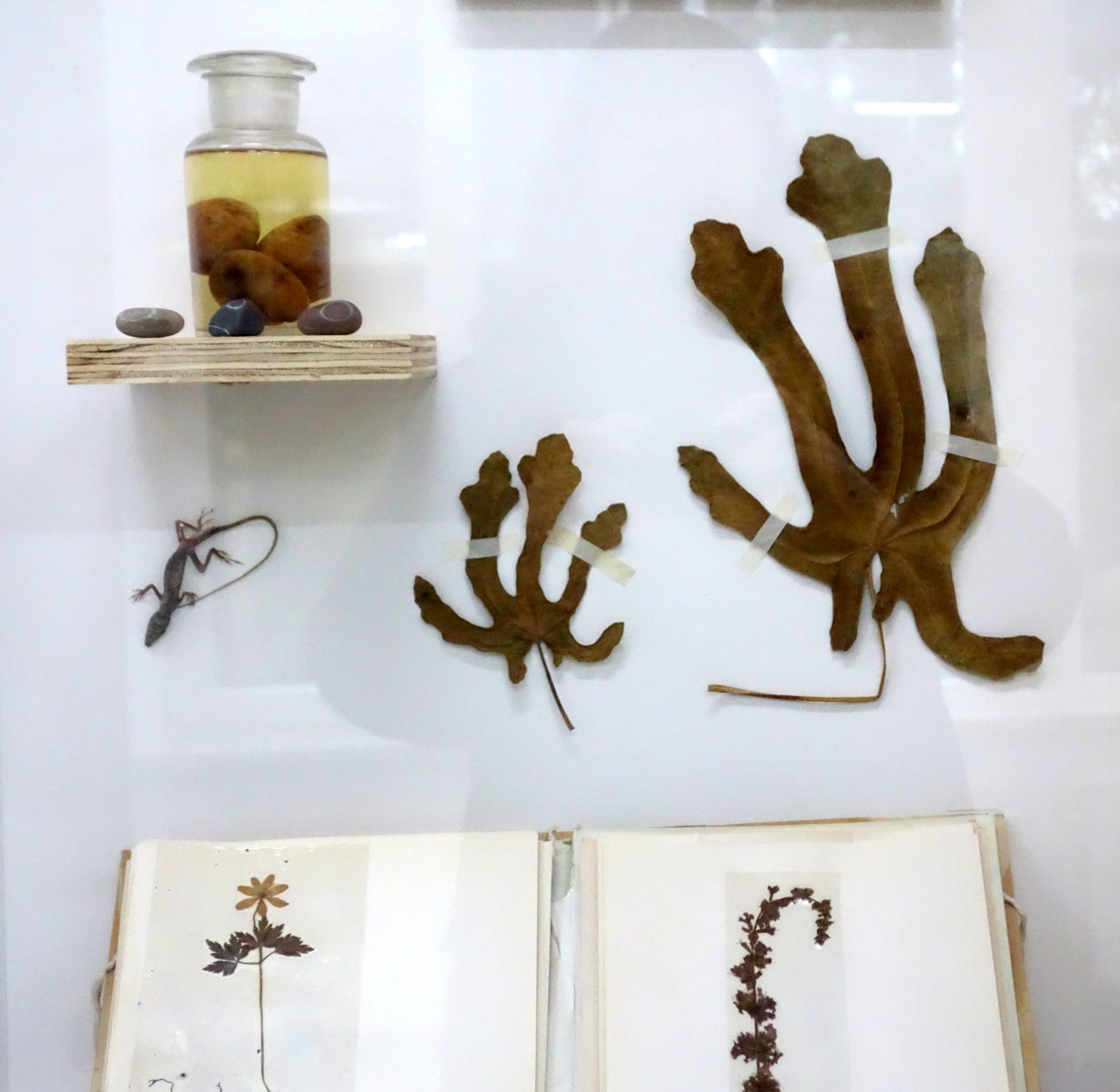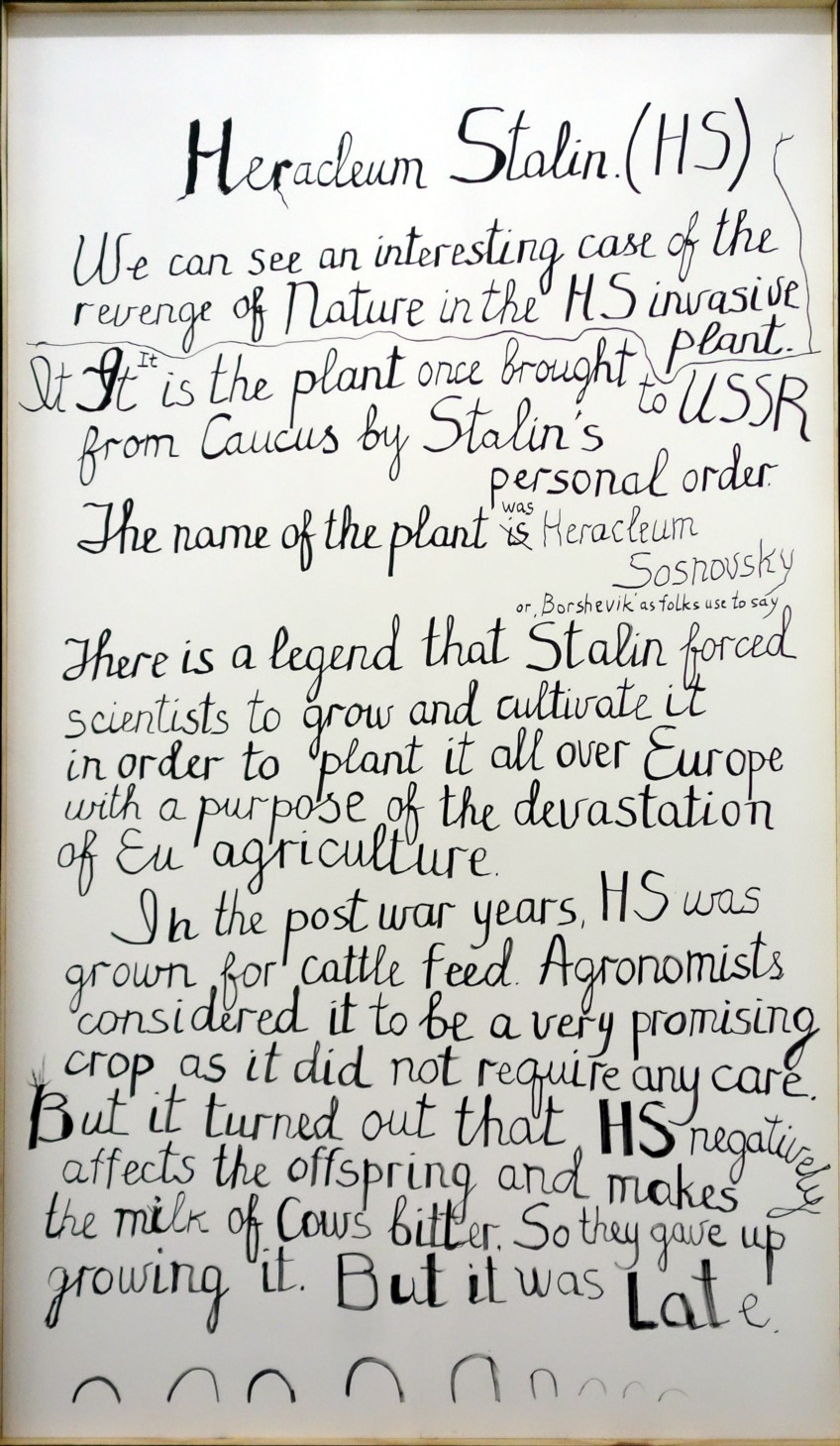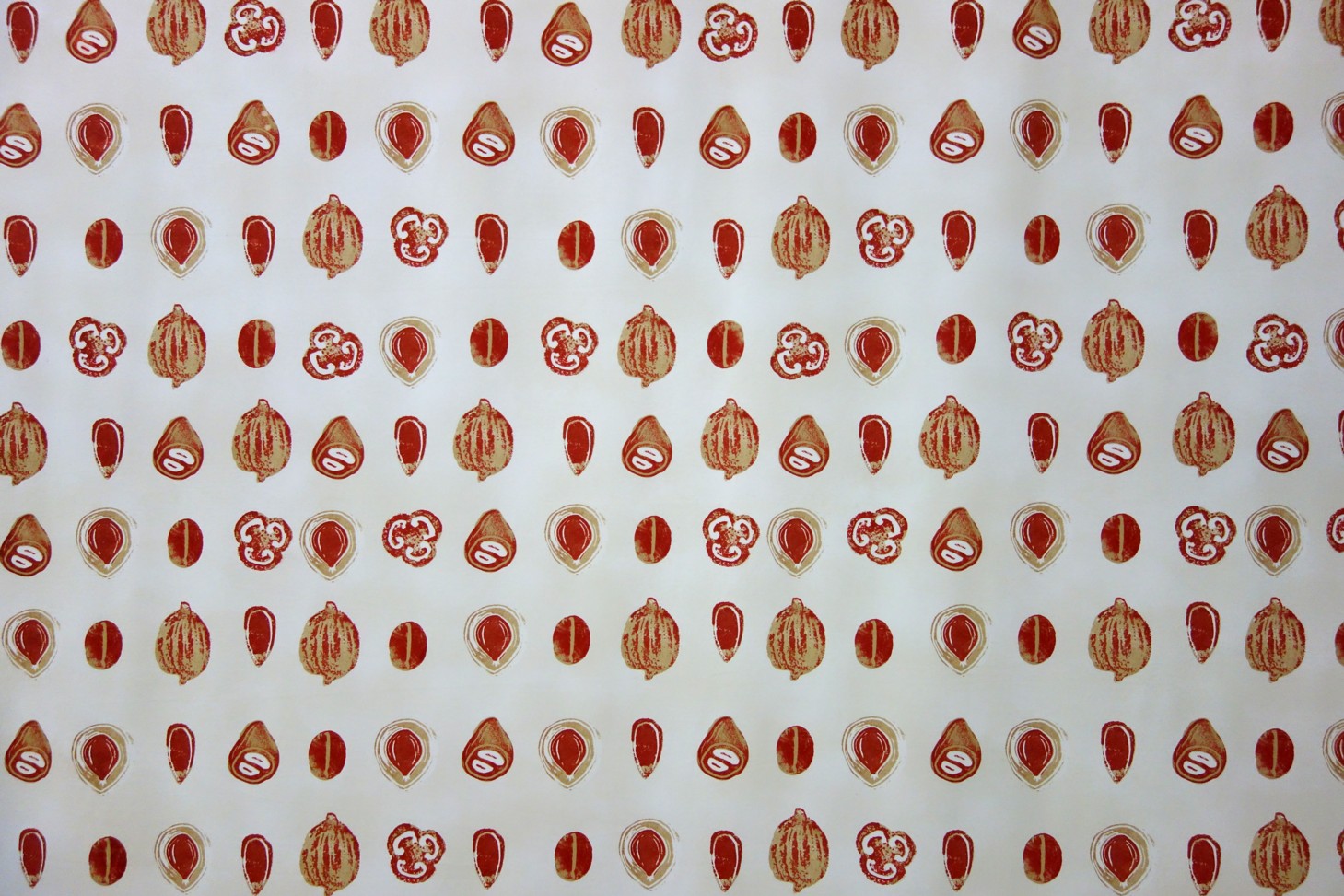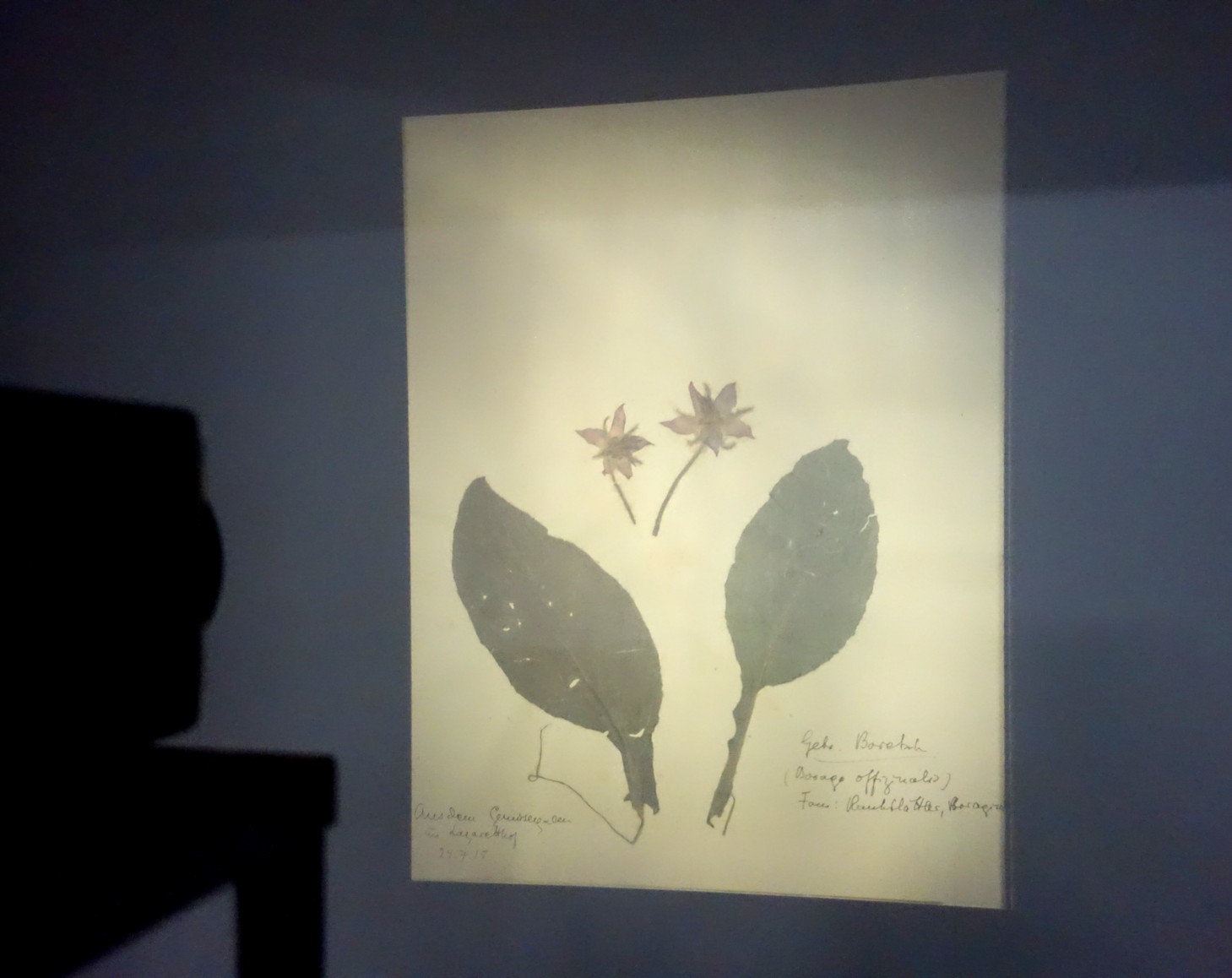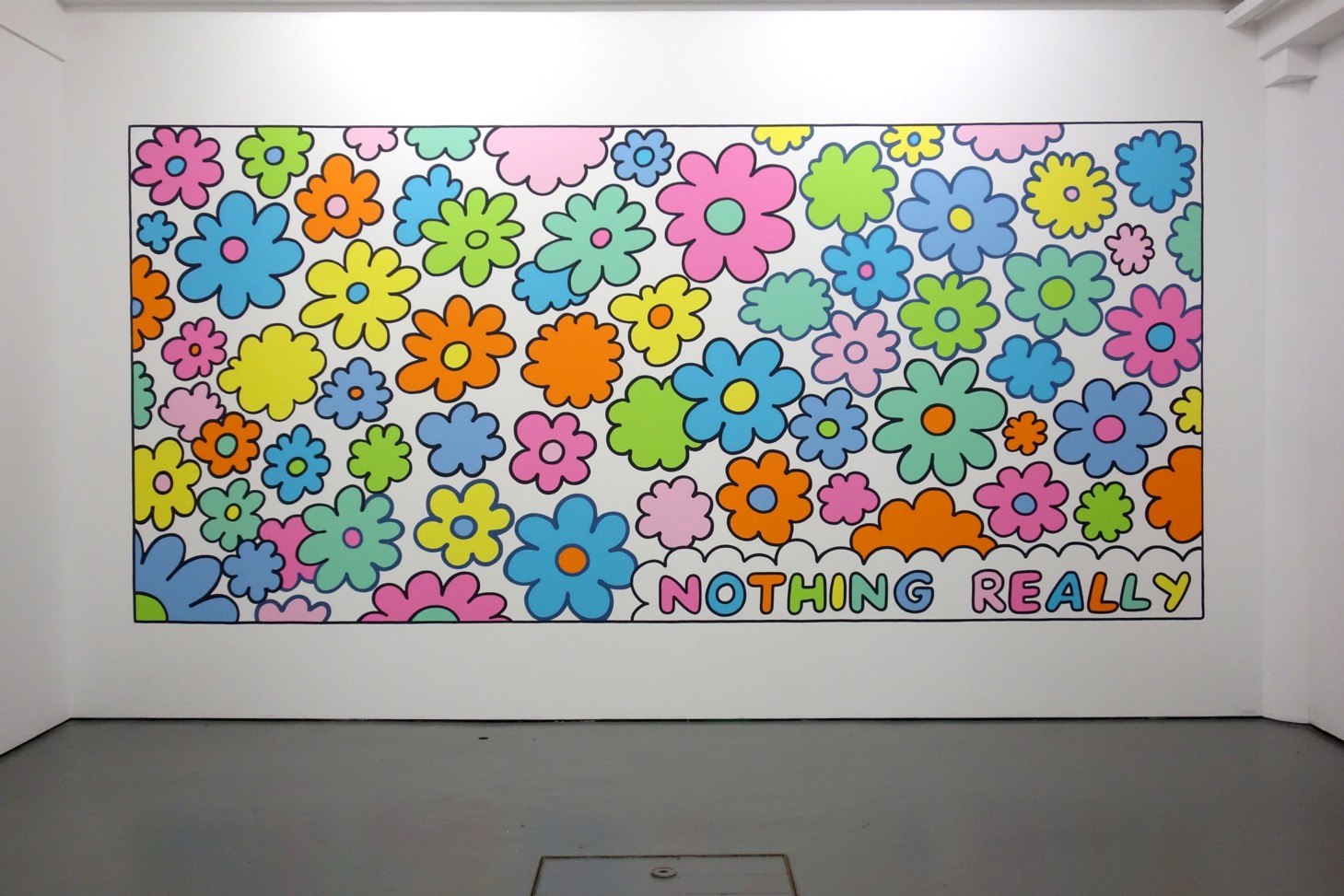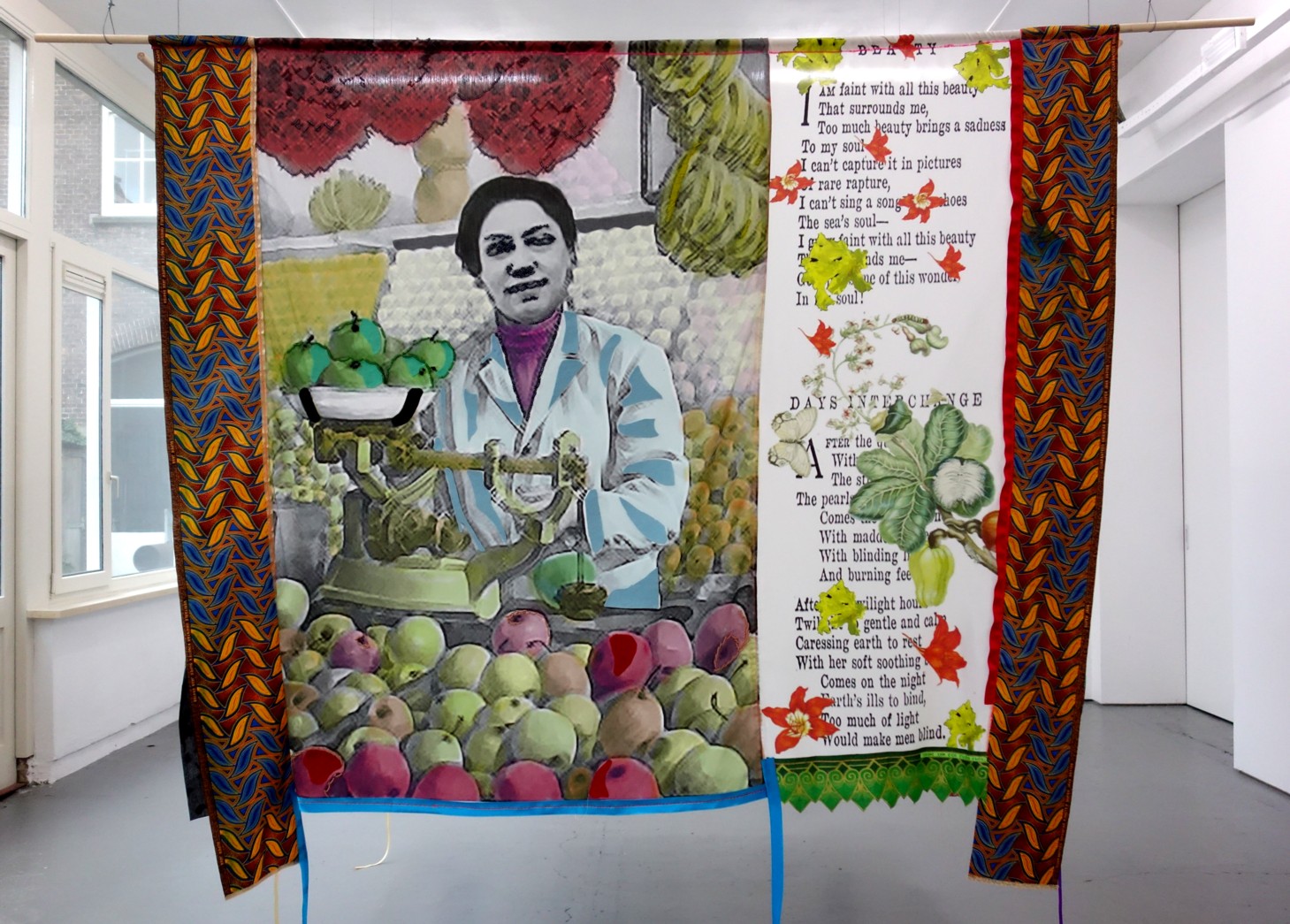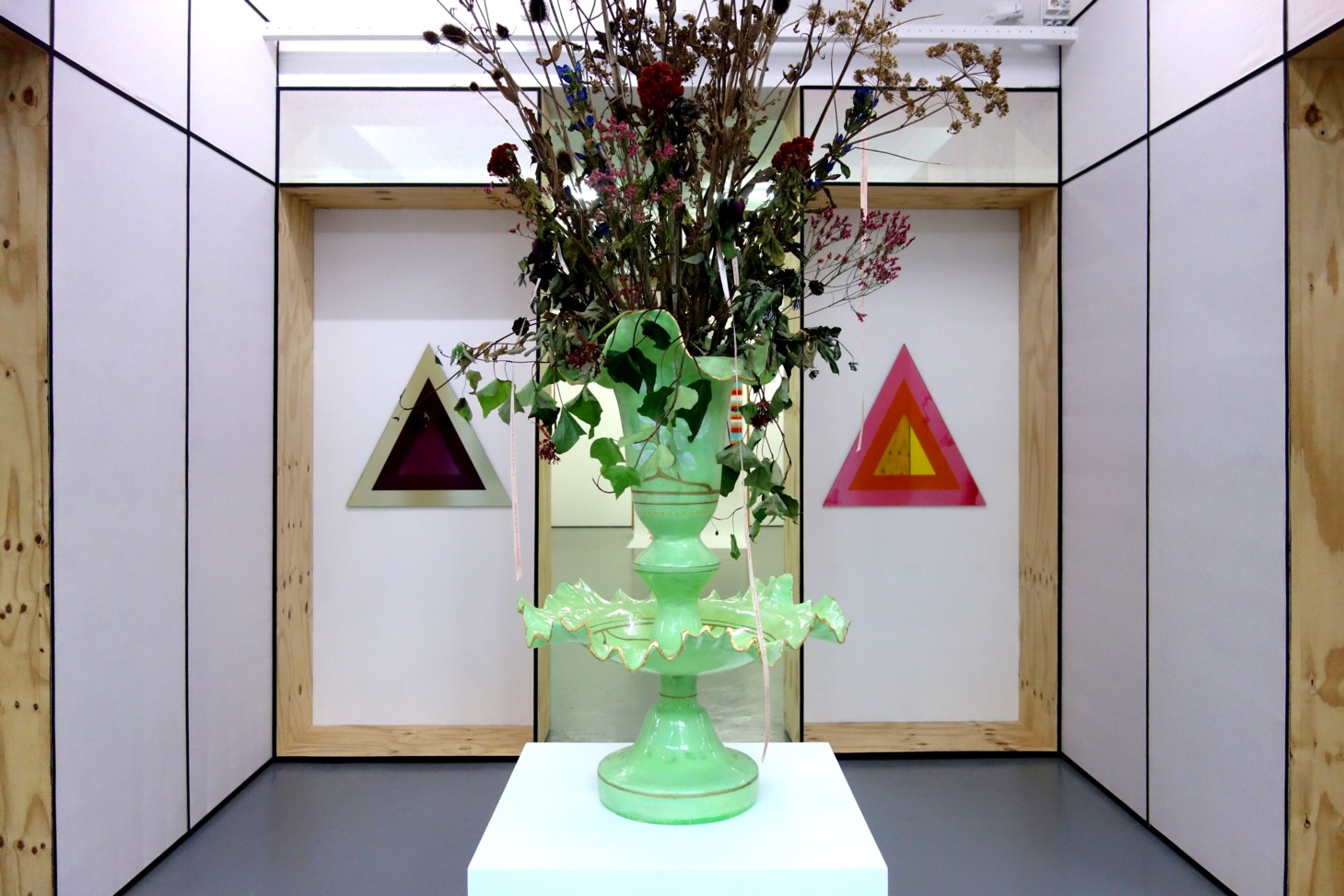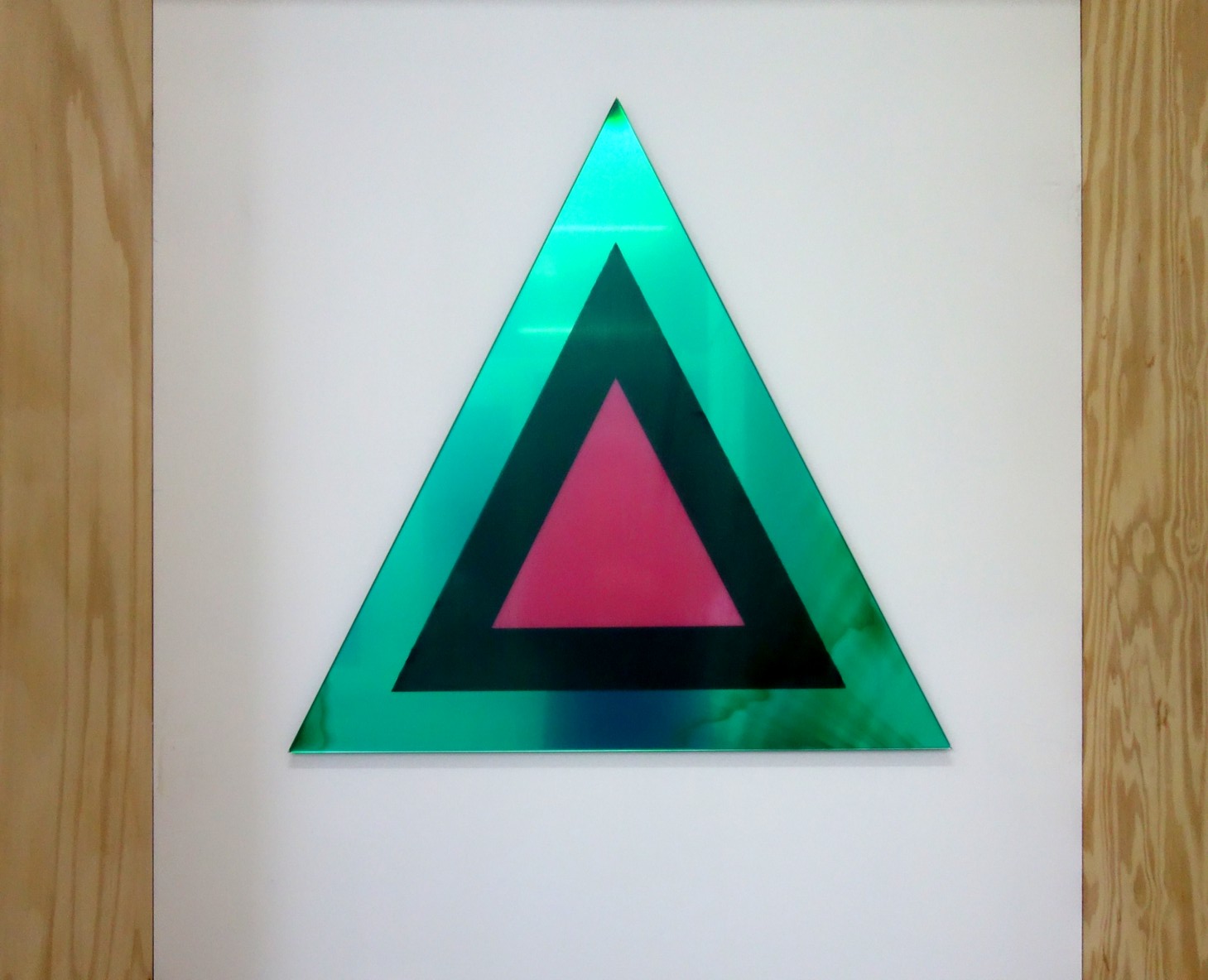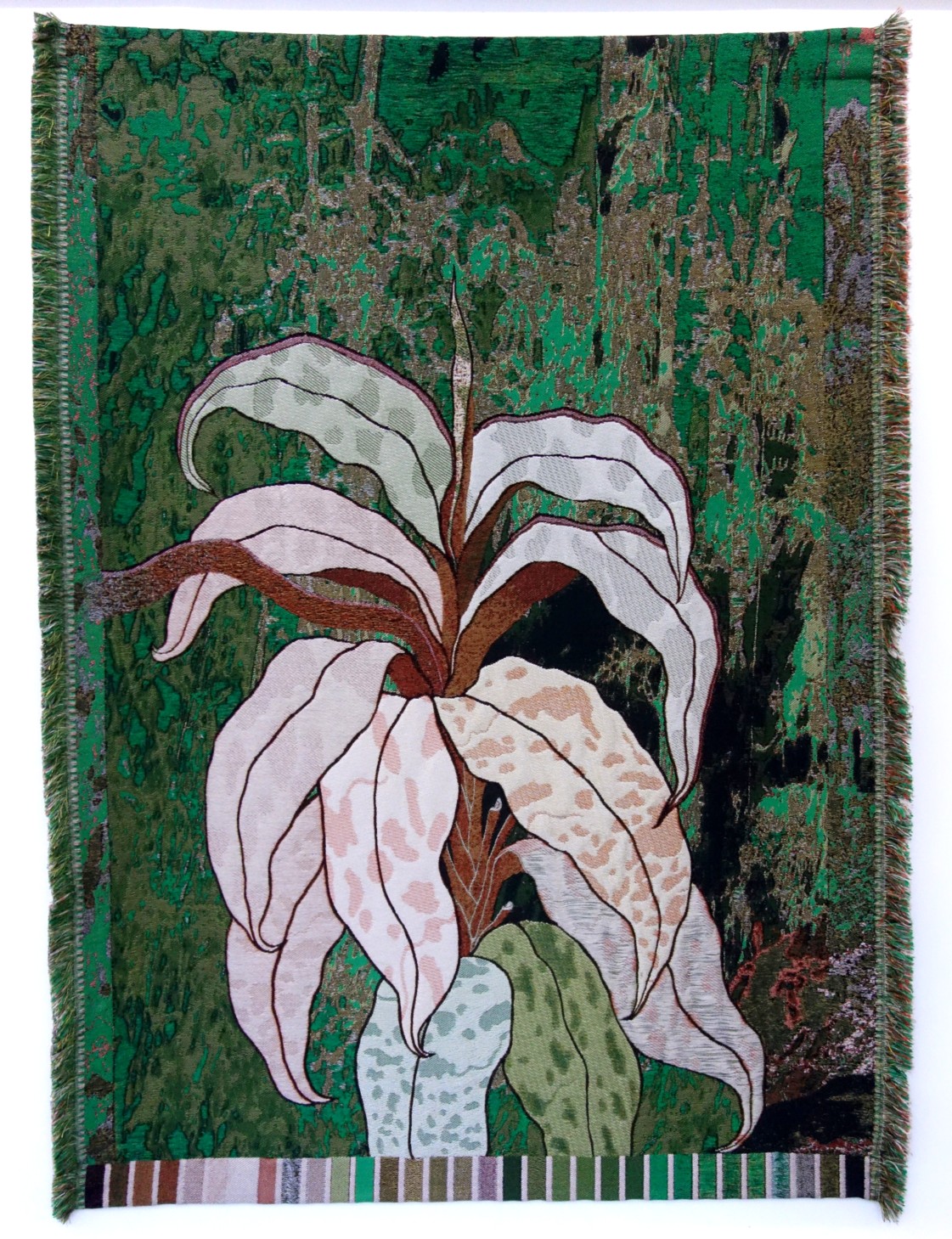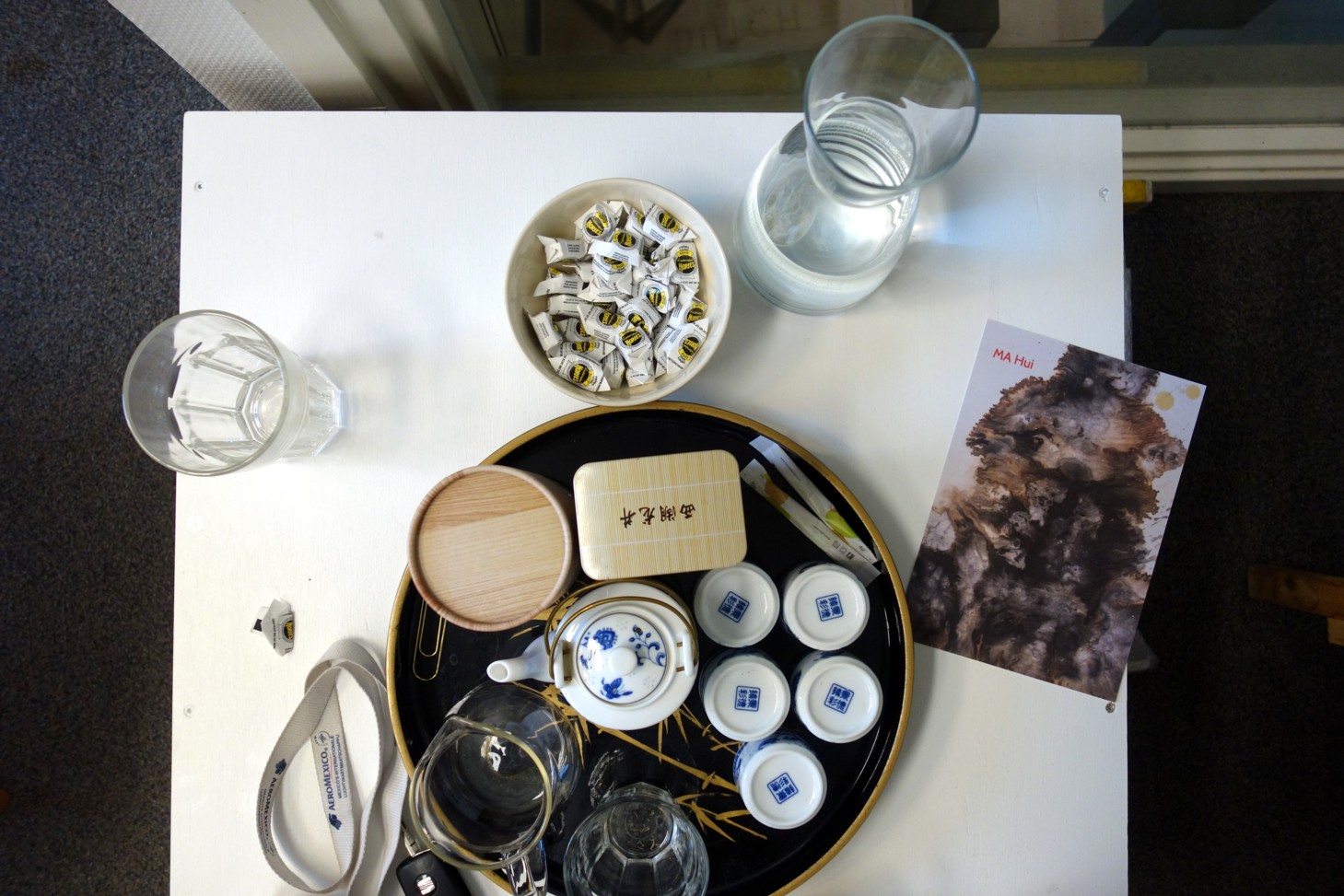
From May 2nd 2020 onwards i started categorising photo reports about exhibitions in Villa Next Door under the header Art in corona times.
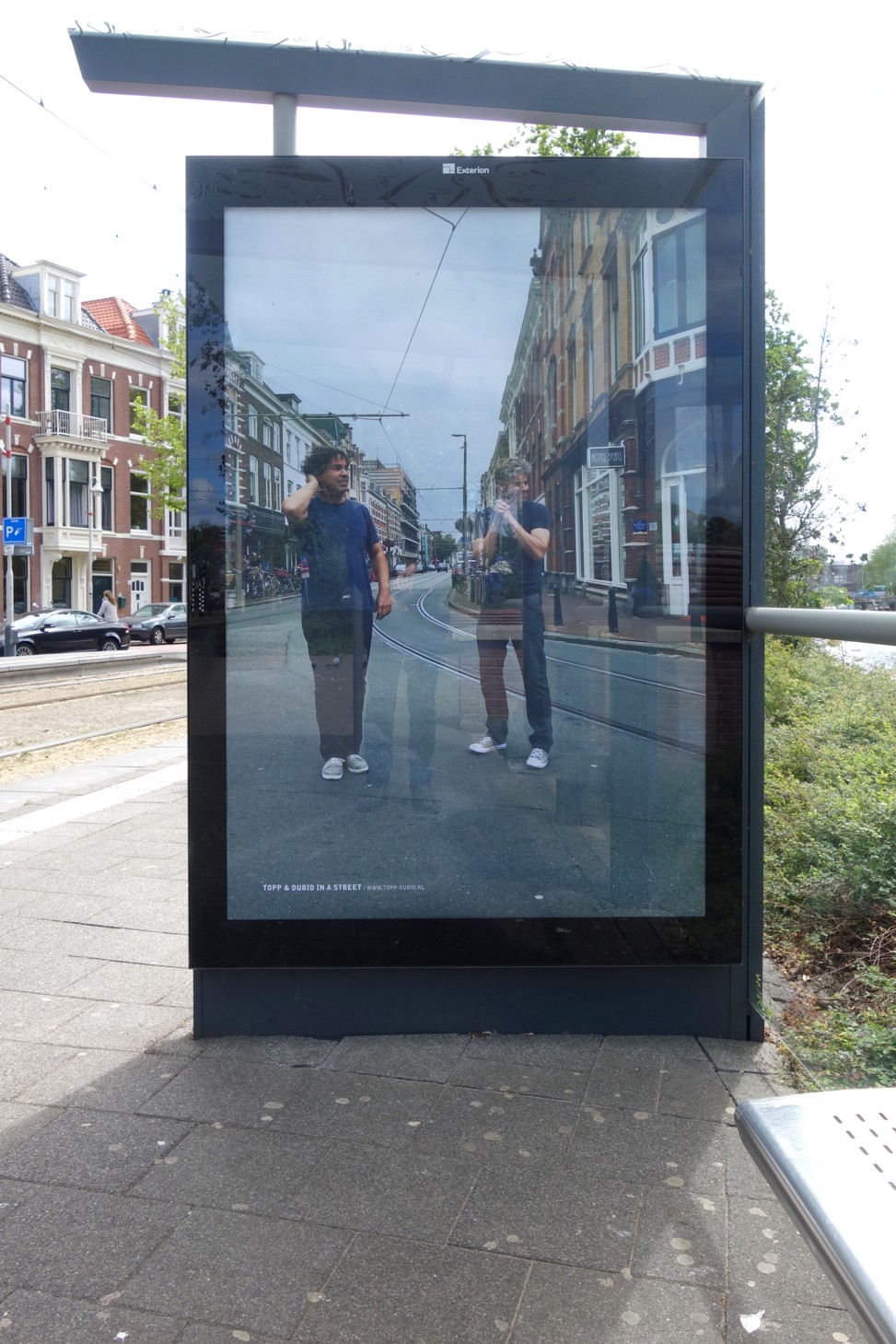
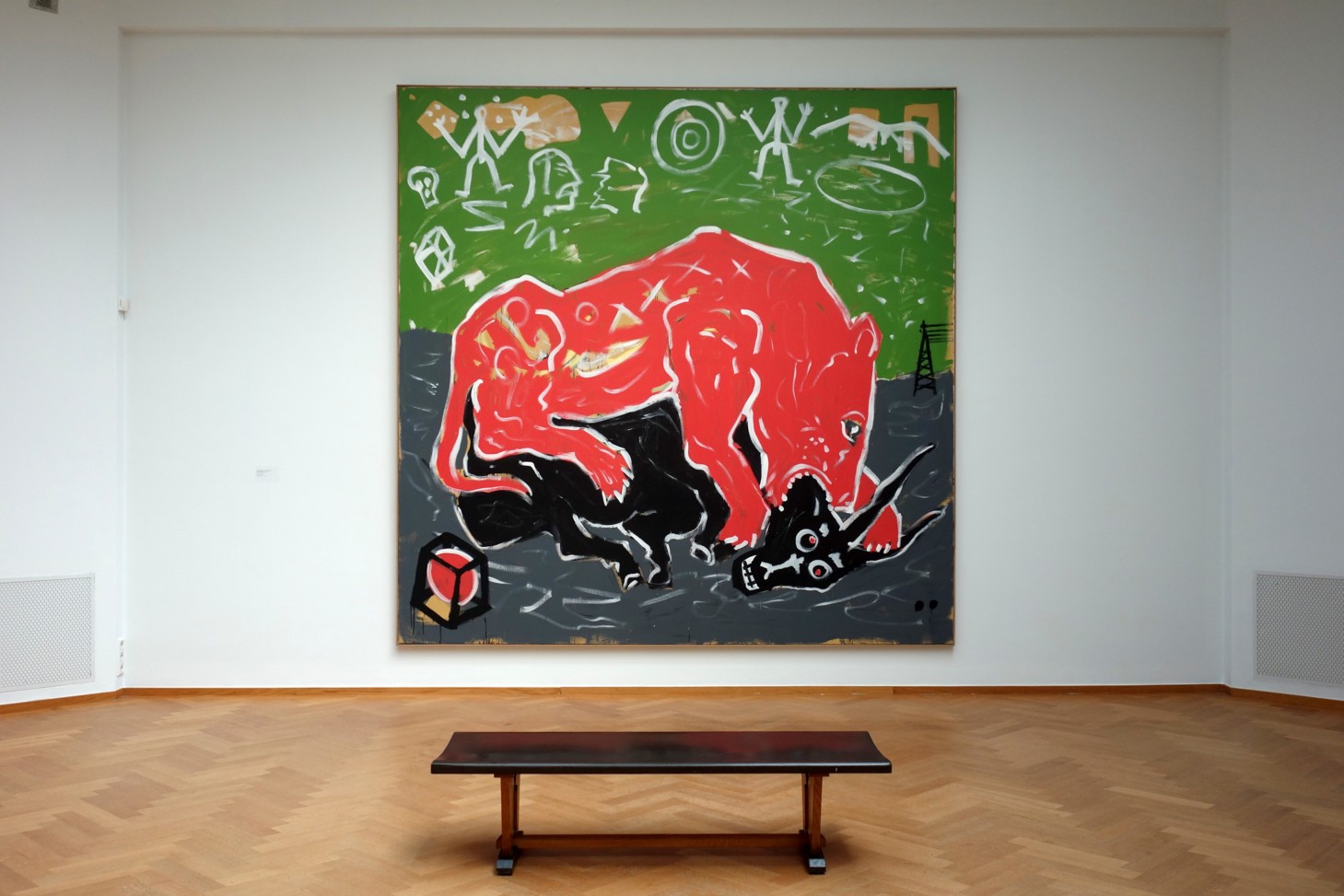
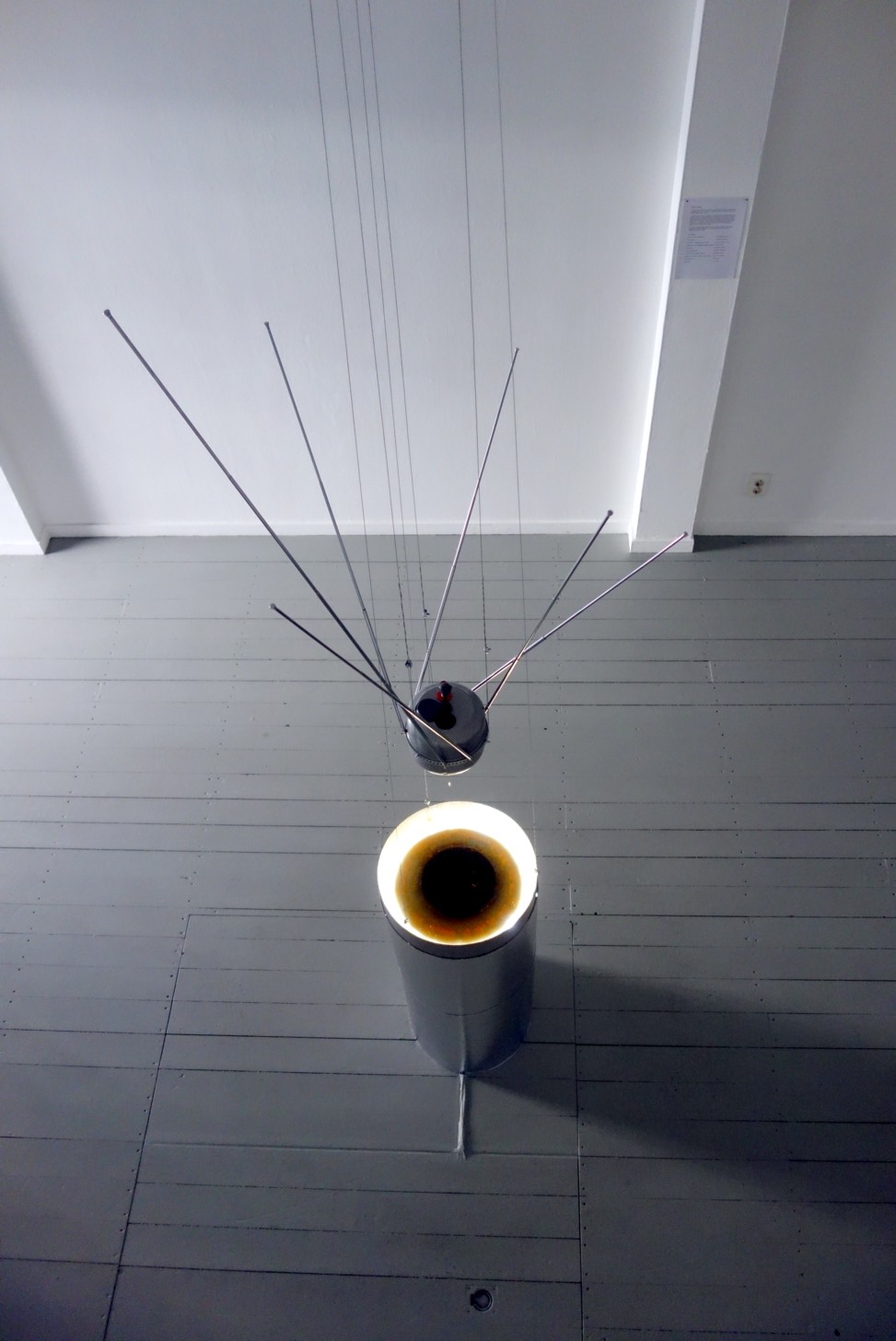
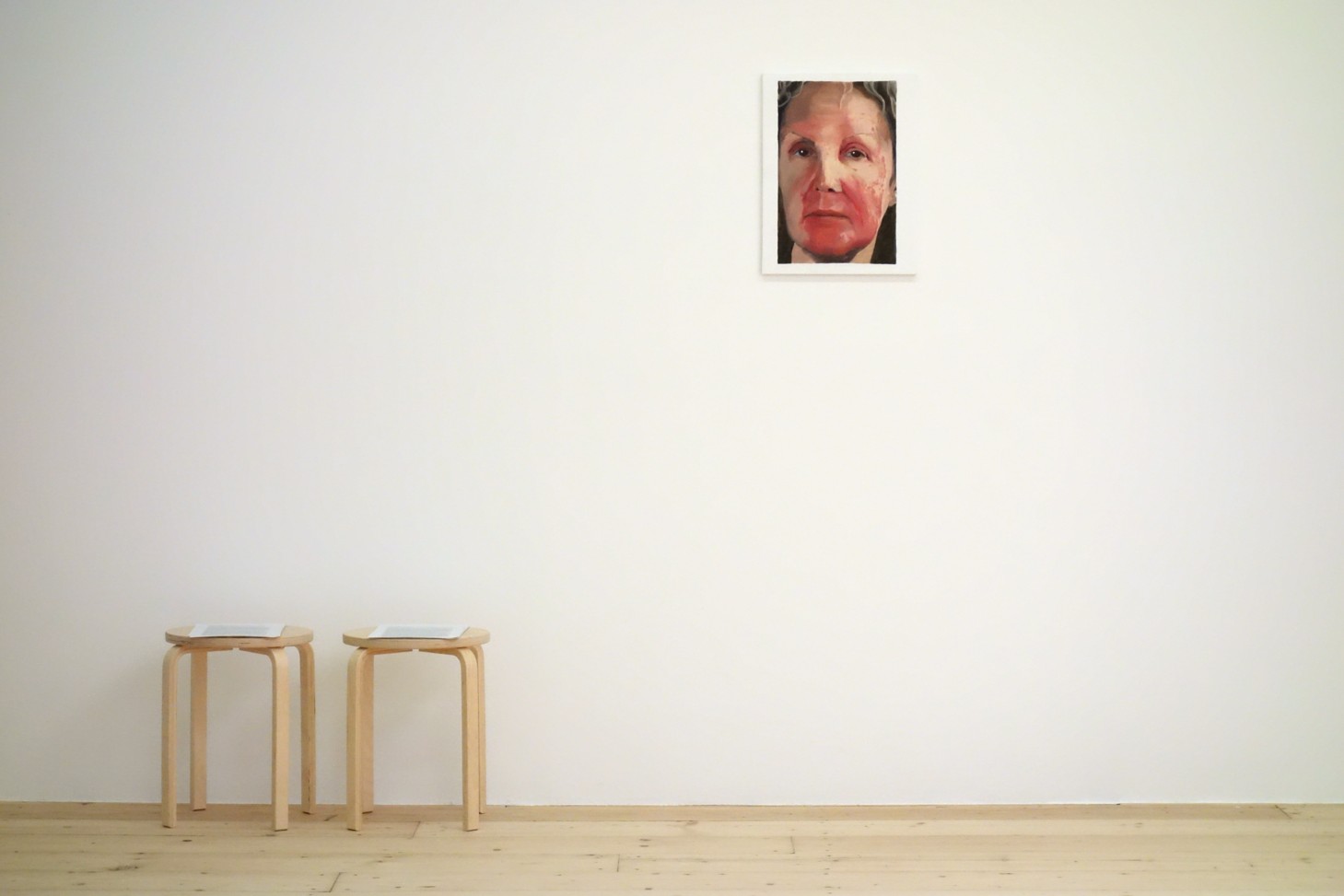
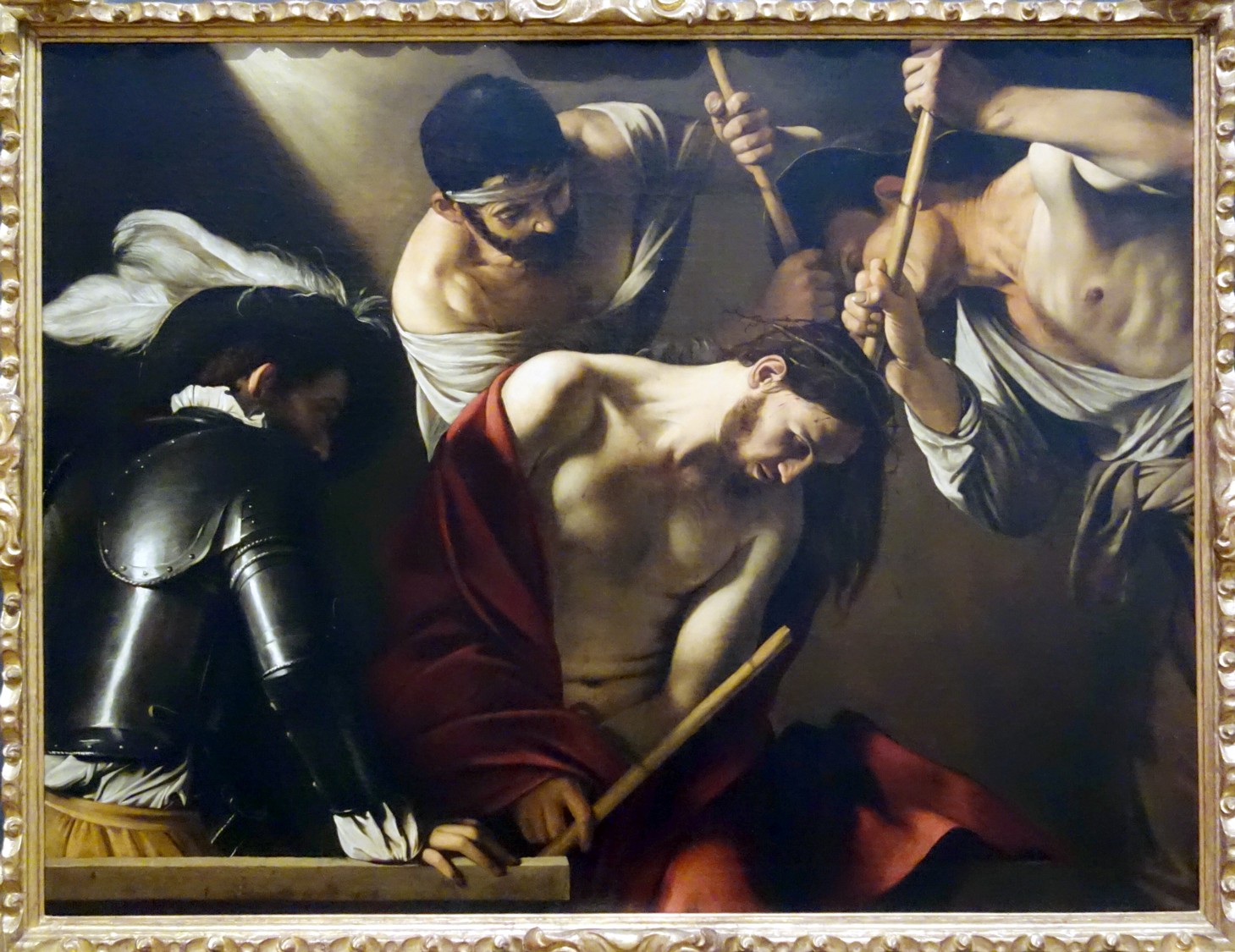
By that time the corona restrictions were already intensely experienced by the arts sector. These days Covid-19 is still there but the heaviest lockdown measures have been lifted, so Art in corona times will be history for the time being. Art in corona times started with a visit to SinArts Gallery . I hadn’t seen Alex Lebbink, SinArts’ gallerist, for quite some time and he had organised time slots for individual visitors. The idea was that the corona measures would be very temporary and that i would use the label Art in corona times for a few postings, just to see how galleries and other art platforms were doing during the crisis and after that it would be more or less business as usual. However, that proved to be quite naive. Corona became a way of life in which the arts were not seen as an essential need in life. At first artists and other professionals were more or less empathetic to that idea, but as the crisis went on and on, the government’s sheer lack of interest for the arts became a thorn in the flesh of many an art professional, especially after the health minister’s remark that if you cannot go to the theatre you might as well stay at home and see a dvd, as if there was no difference between the two. Last week i posted Art in corona times 101 with some extra footage of the interesting exhibition about Aad de Haas at the Chabot Museum in Rotterdam and that was the last one under the corona banner.
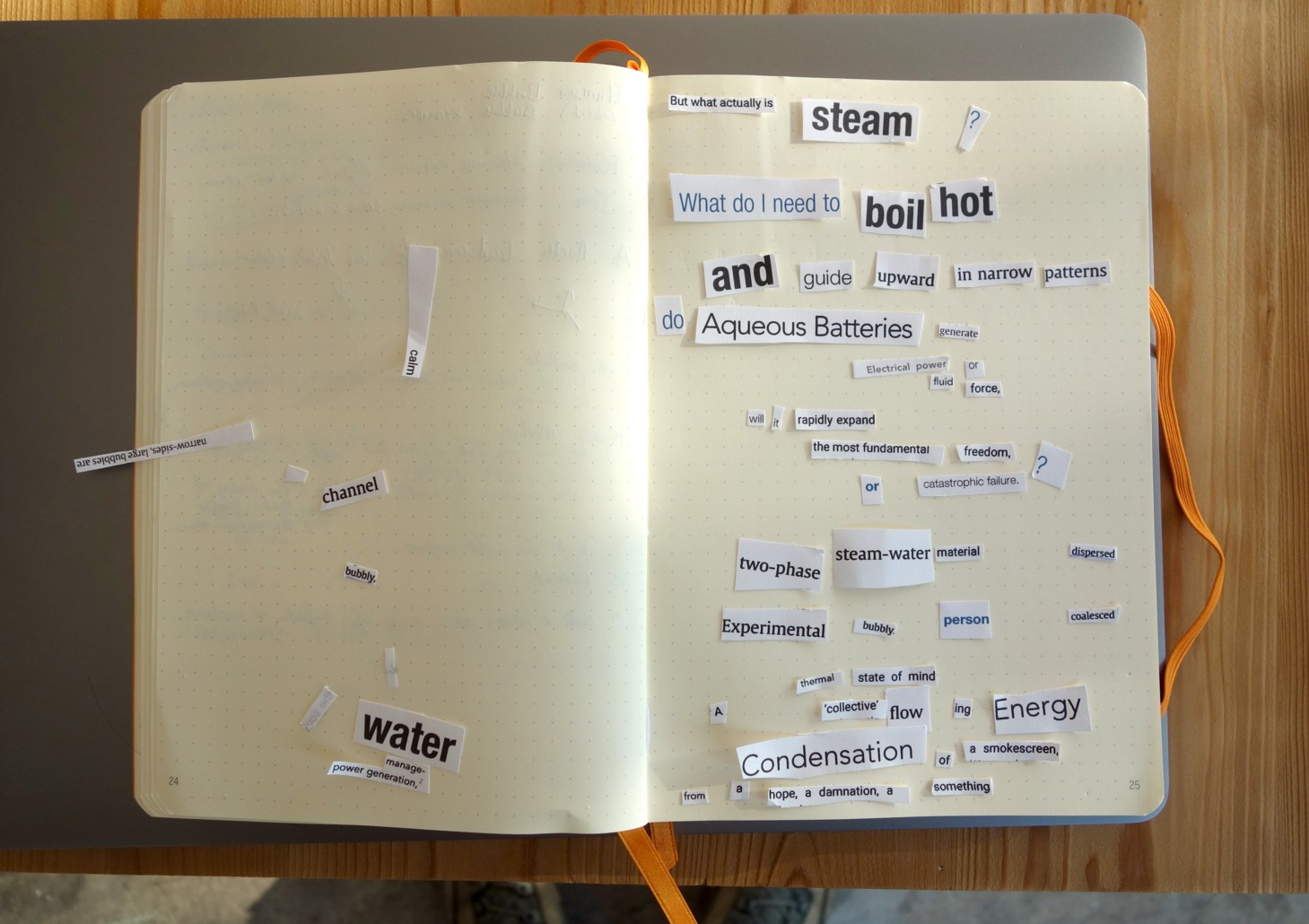
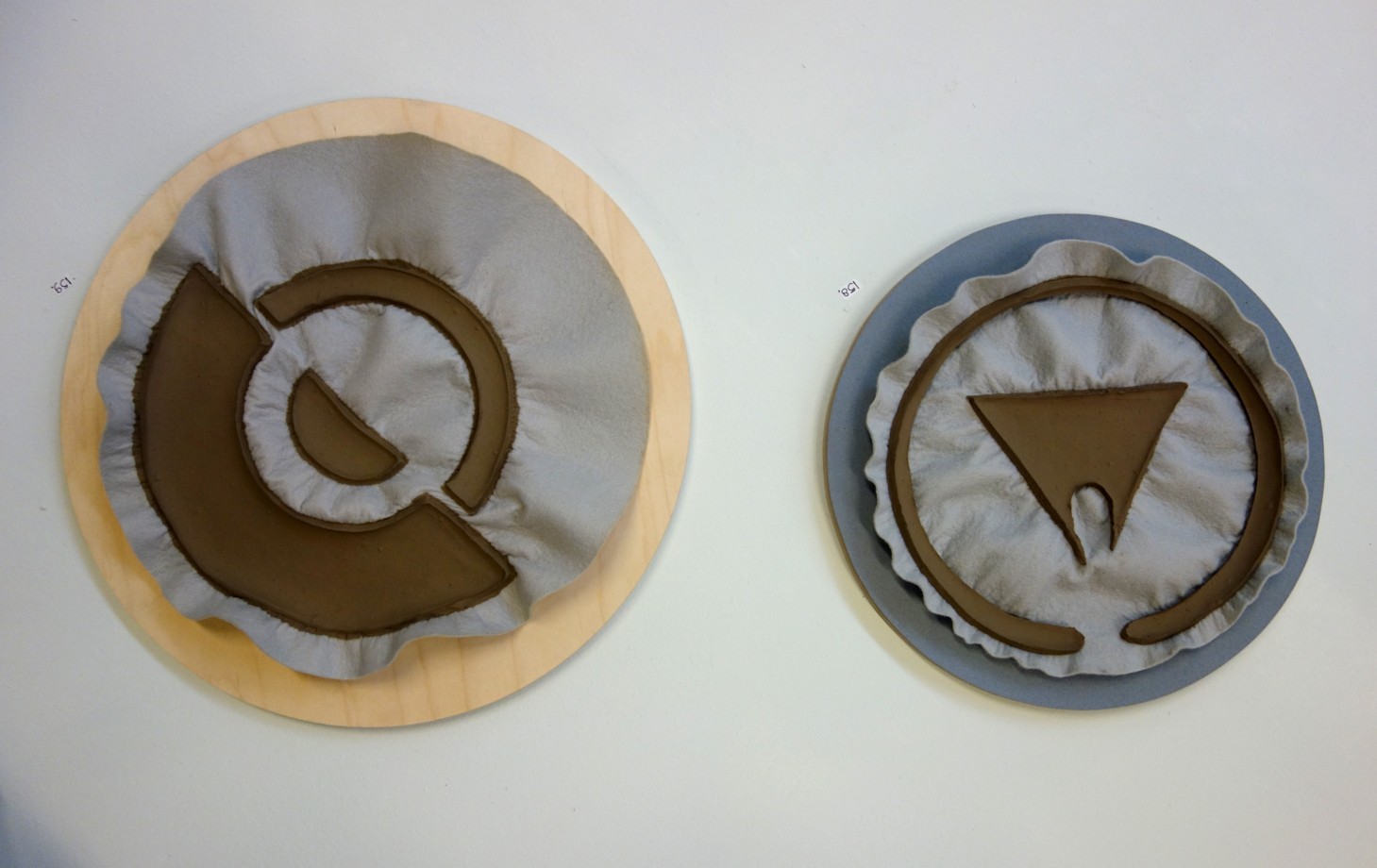
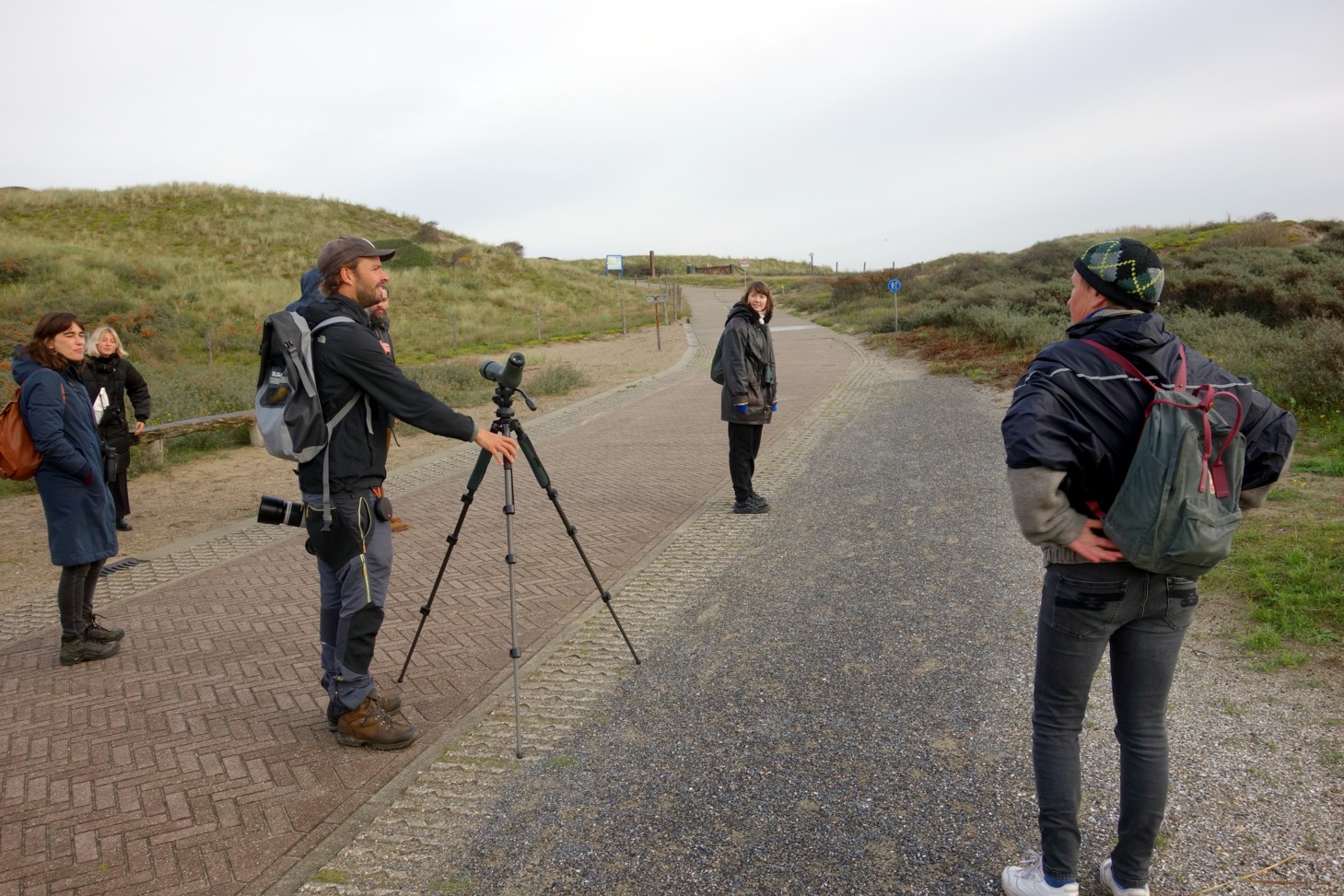
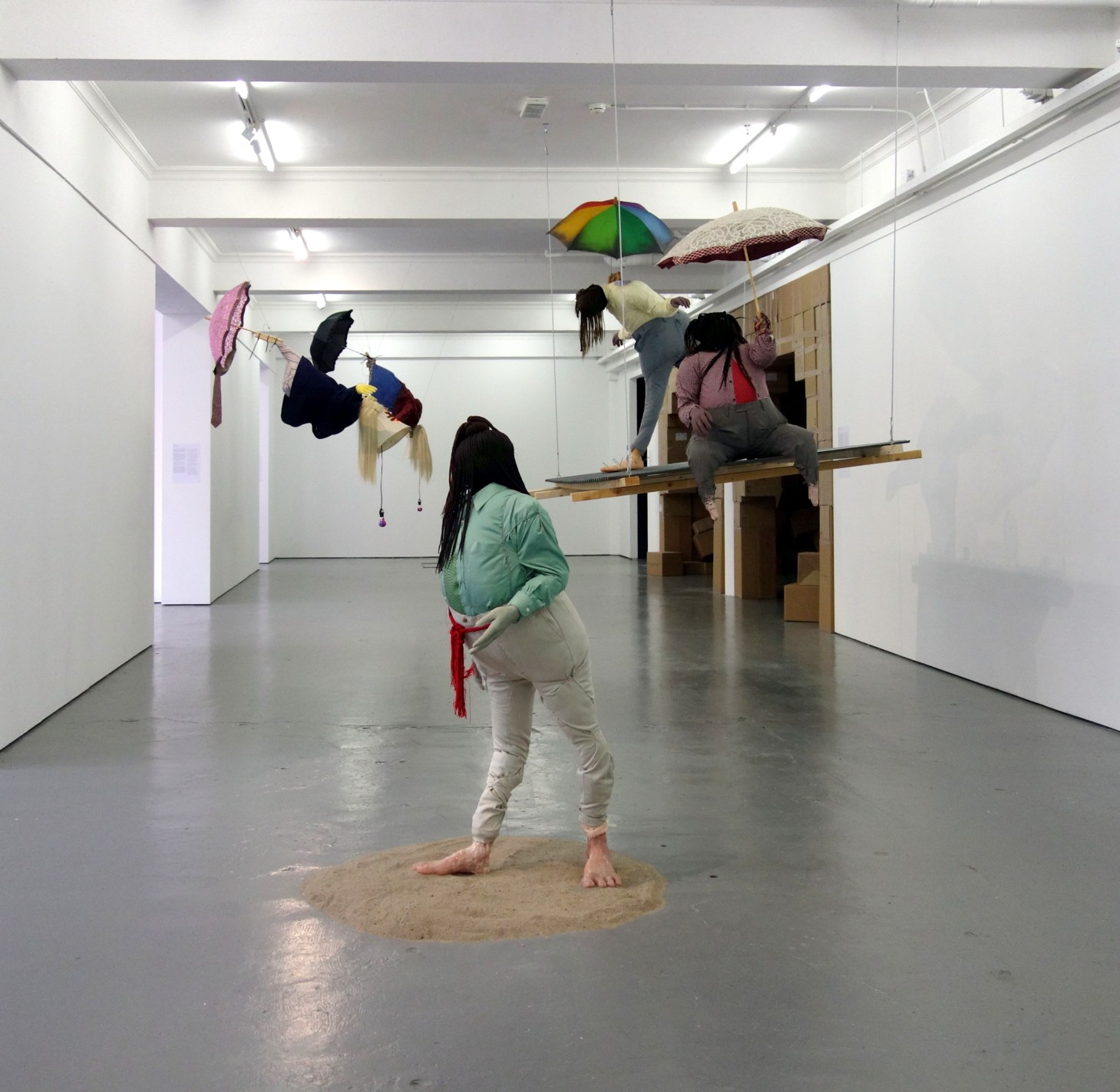
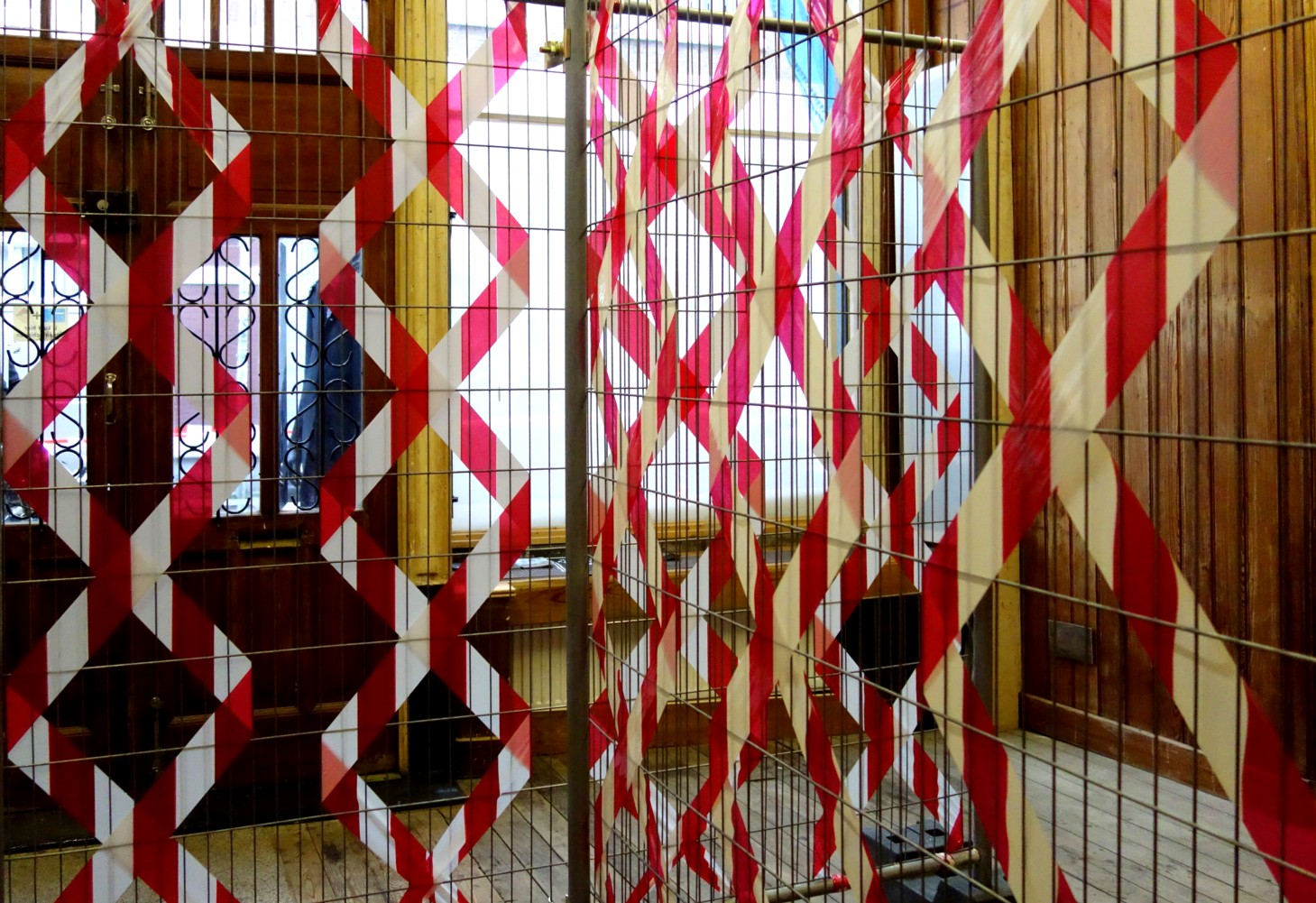
For those who want to have an idea of what was on show during the pandemic Art in corona times is easily locatable in Villa Next Door.
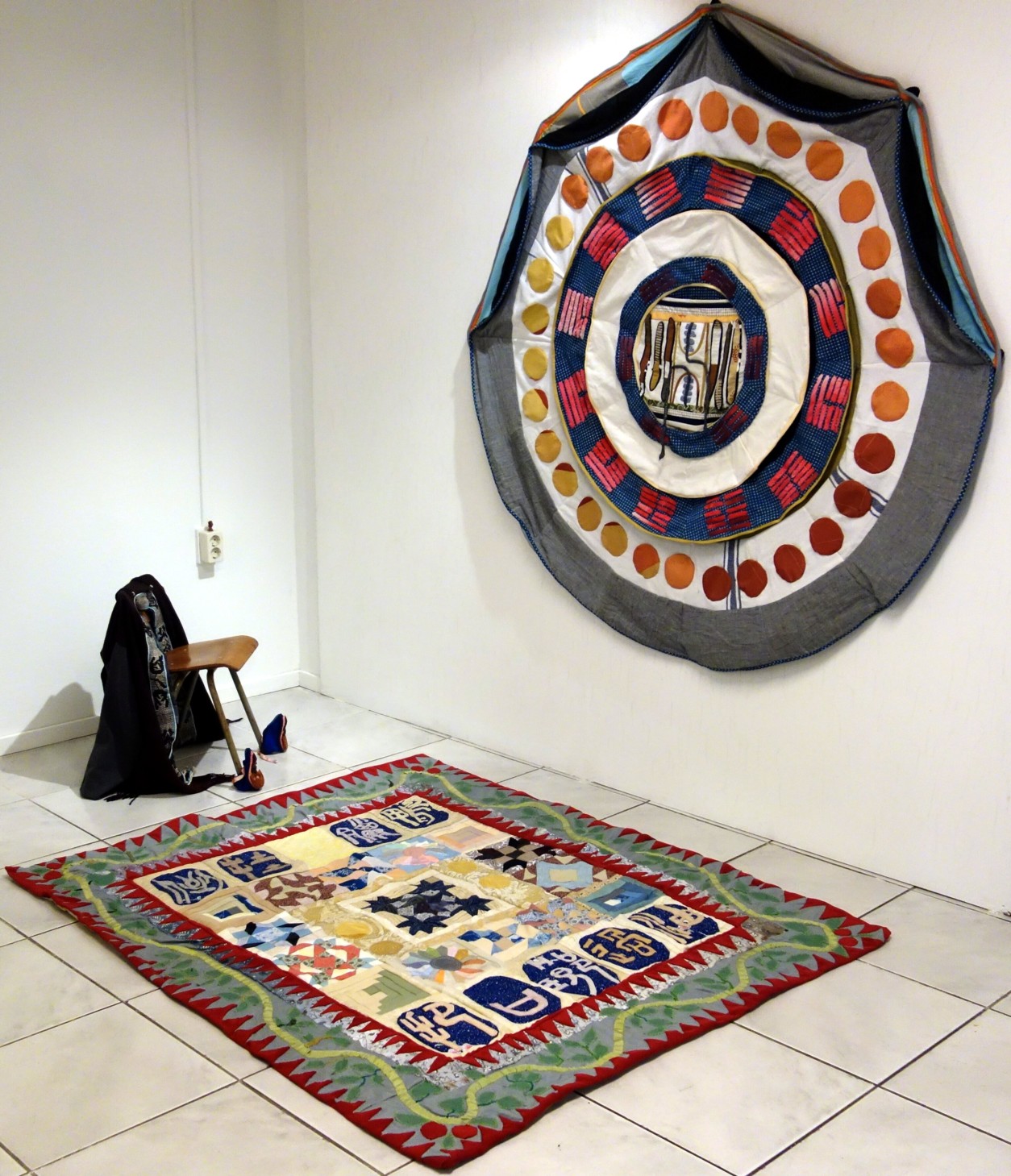
Lockdowns etc are over now but that doesn’t mean the worries about this or any other virus are gone.
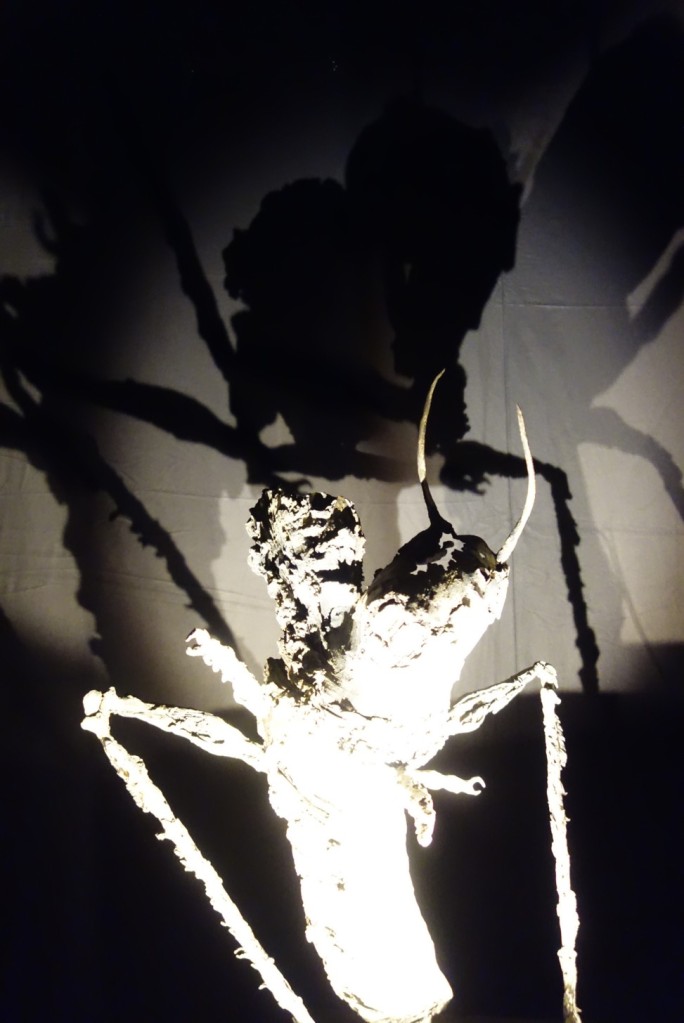
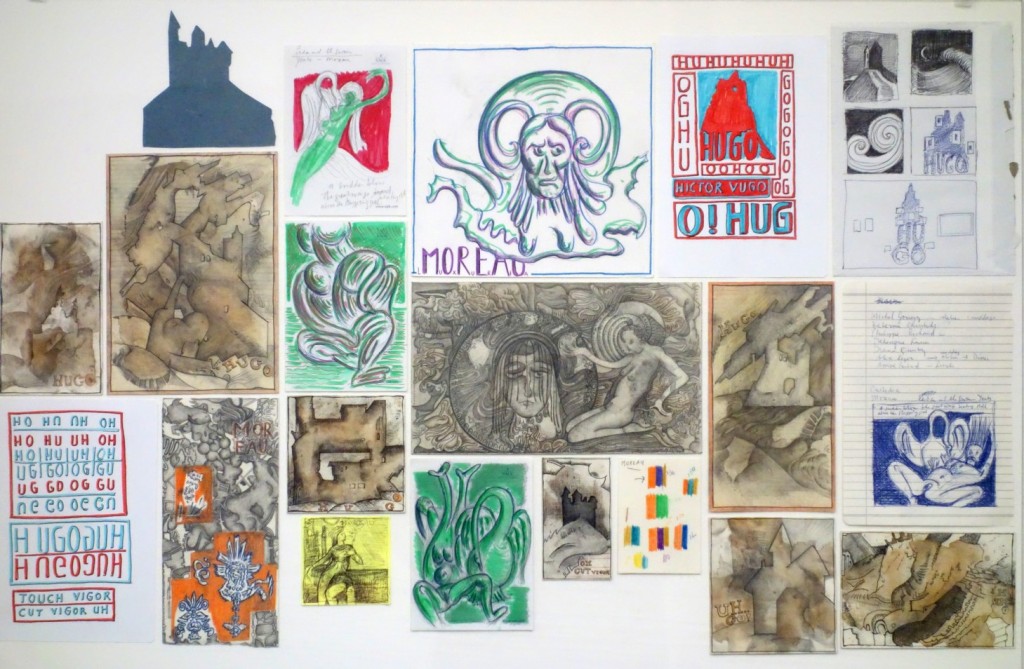
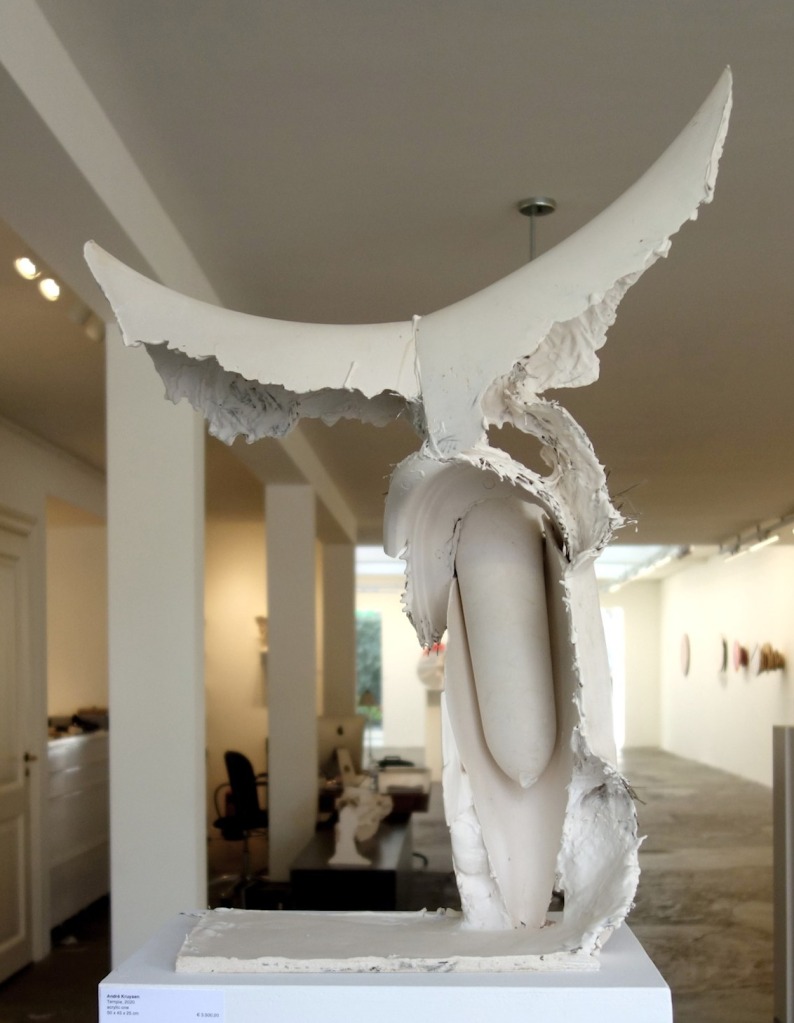
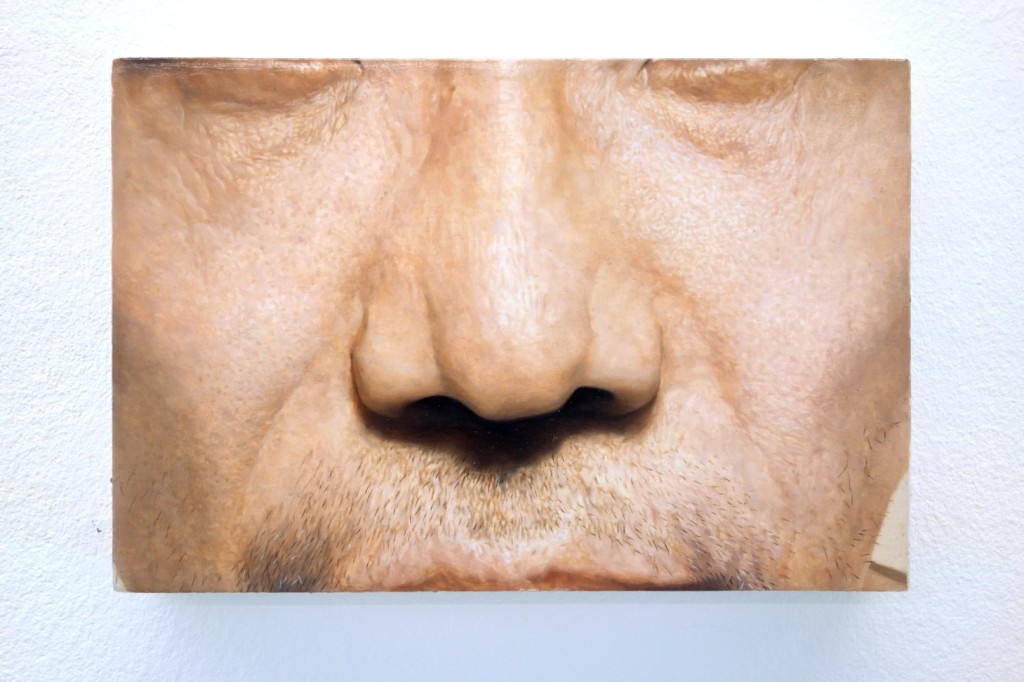
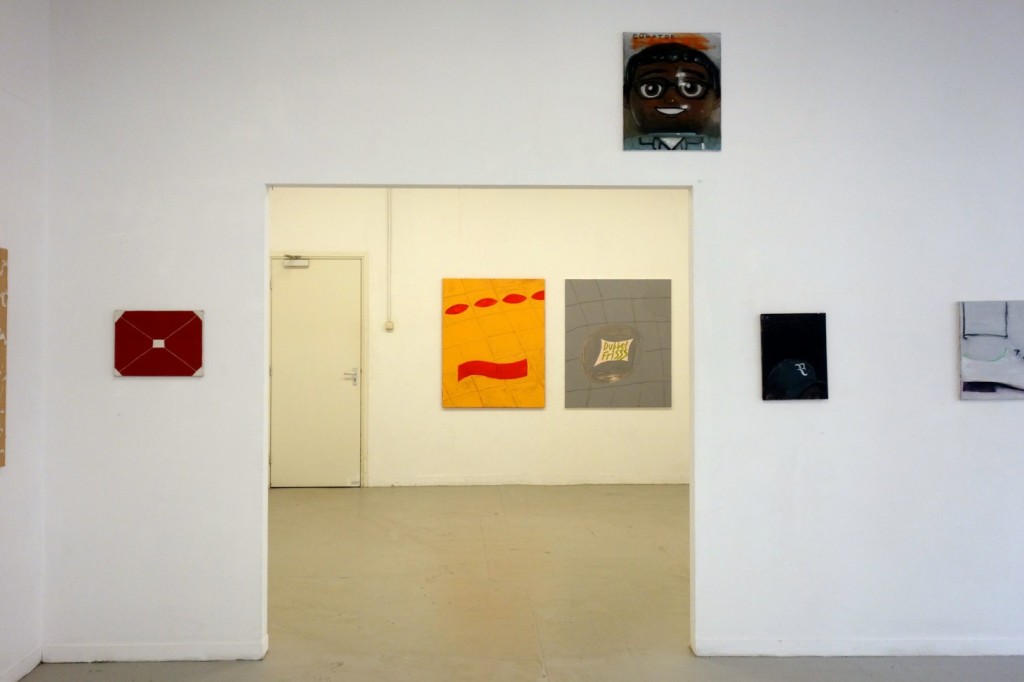
Covid-19 may return with a more dangerous version, and an altogether new and equally or more dangerous virus may come. The question is not if it will come, but when it will come. The bird flu virus being one of the most obvious contenders in the real viral world. Another worry in the aftermath of corona is the questionable urge of authorities to control everything and everybody, if possible with modern technology. This urge is understandable as authorities of any political colour try to influence social processes for the benefit of society as a whole. However, even before the Corona crisis it has already been proven that this urge to control has turned against citizens, as a holy faith in the objectivity of modern technology, market forces and a reduction of the state to a kind of control device has replaced a democracy in which different opinions in society play a role. Villa Next Door is not the place to make a deep analysis about society, politics, the free market, modern technology, the influence of debilitating conspiracy theories, and a considerable chunk of society that rather believes in so-called alternative facts than in real facts, that prefers evil tales to science. However this is the framework – as i see it – in which art is made, seen and presented today in this country, and i want to be clear about the context in which i give you my reports about exhibitions and art in this blog. After all, you don’t have to agree, but you should know. Another worry is the new situation with the war in Ukraine. One might suggest i should replace Art in corona times with Art in war times. However, the Netherlands are at the moment not at war with any other country. Also, it should be said that another devastating war is going on in Yemen for seven years now. Although this is principally a civil war, it has become internationalised, with other countries in the Middle East intervening. The conflict in Ukraine may have a global significance, or rather, it will have, even if the war itself remains physically limited to Ukraine. That, together with the devils unleashed during the Corona crisis, will bring us interesting but also ominous times. So, in the mean time, i repost some pictures here of some highlights of Art in corona times.
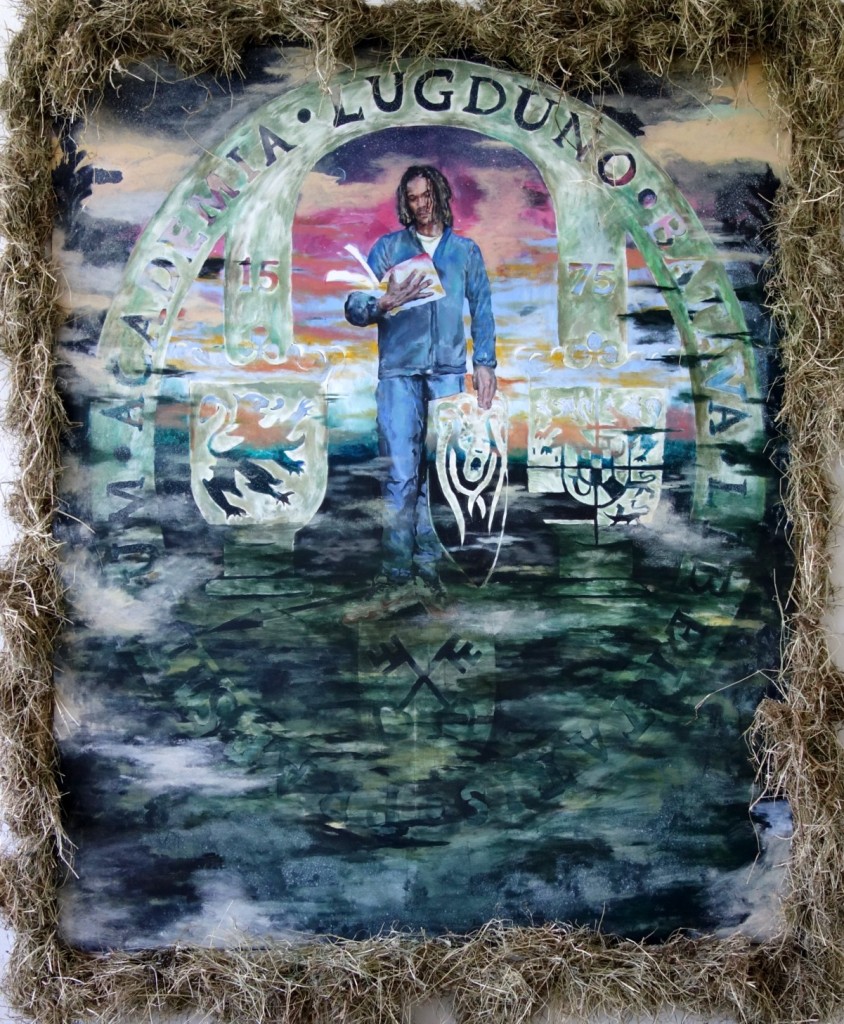
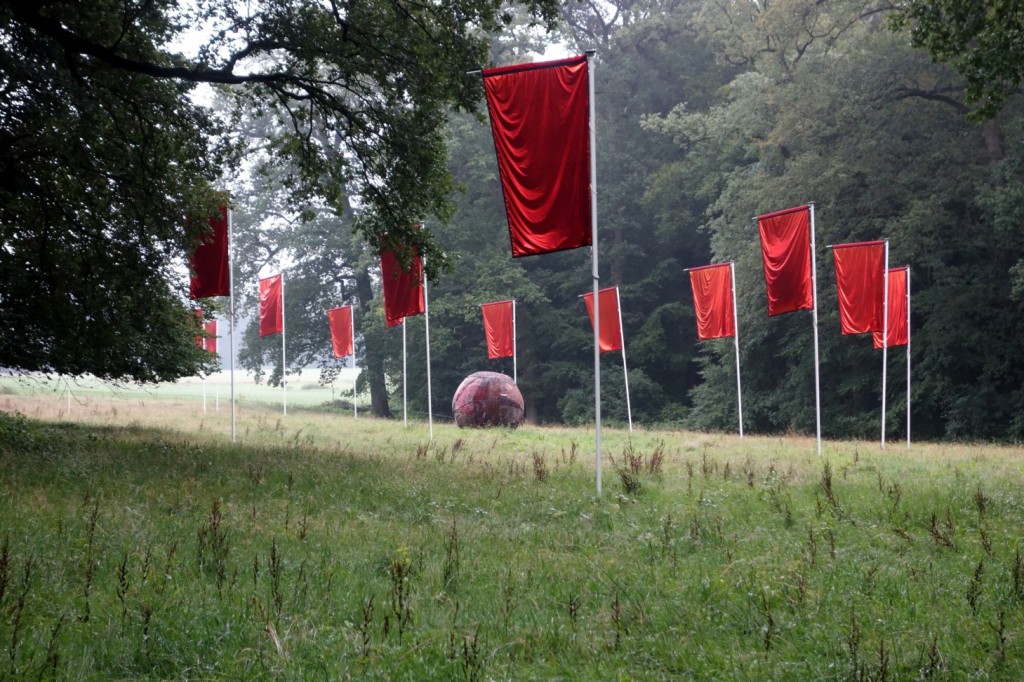
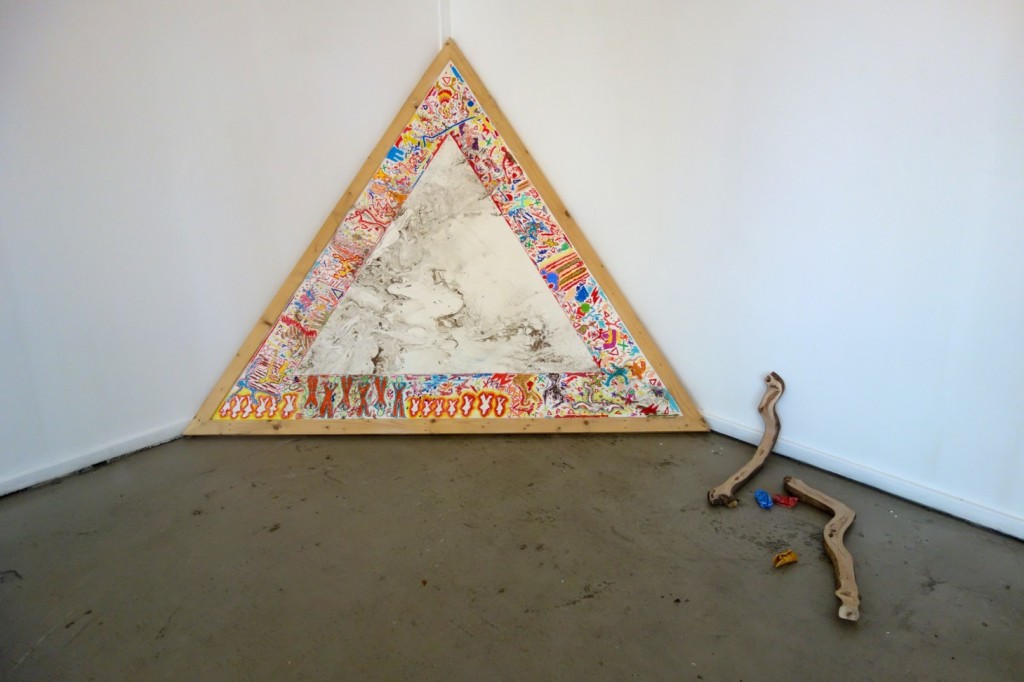
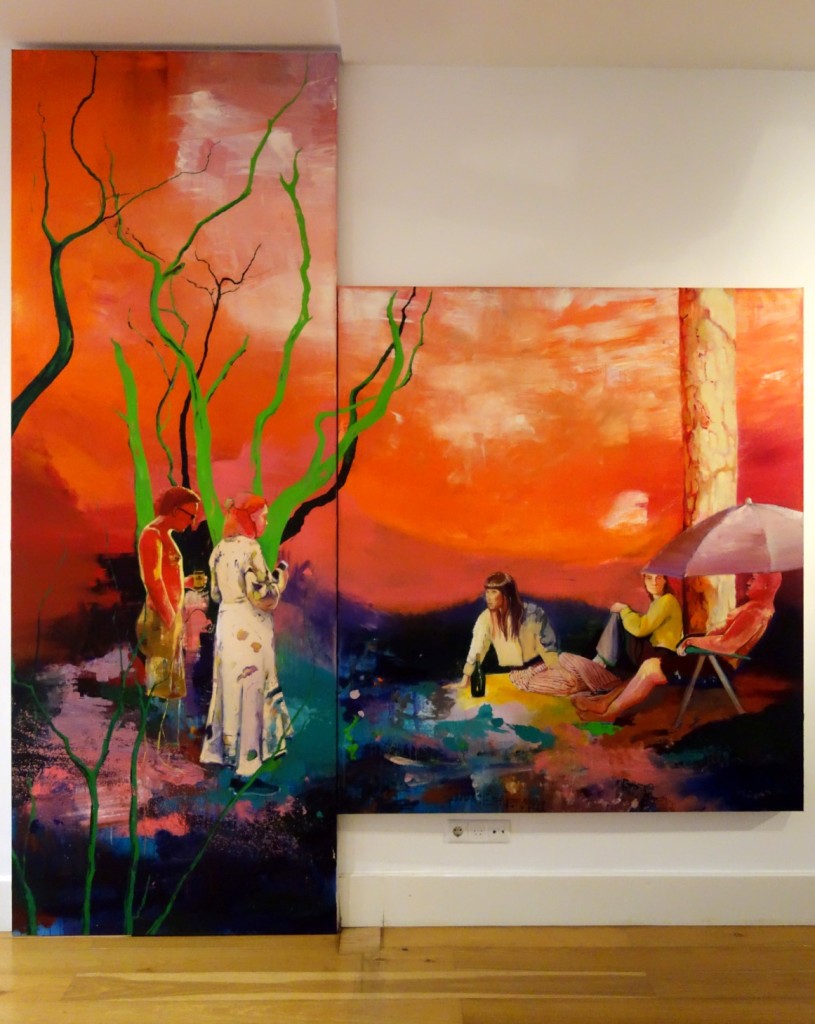
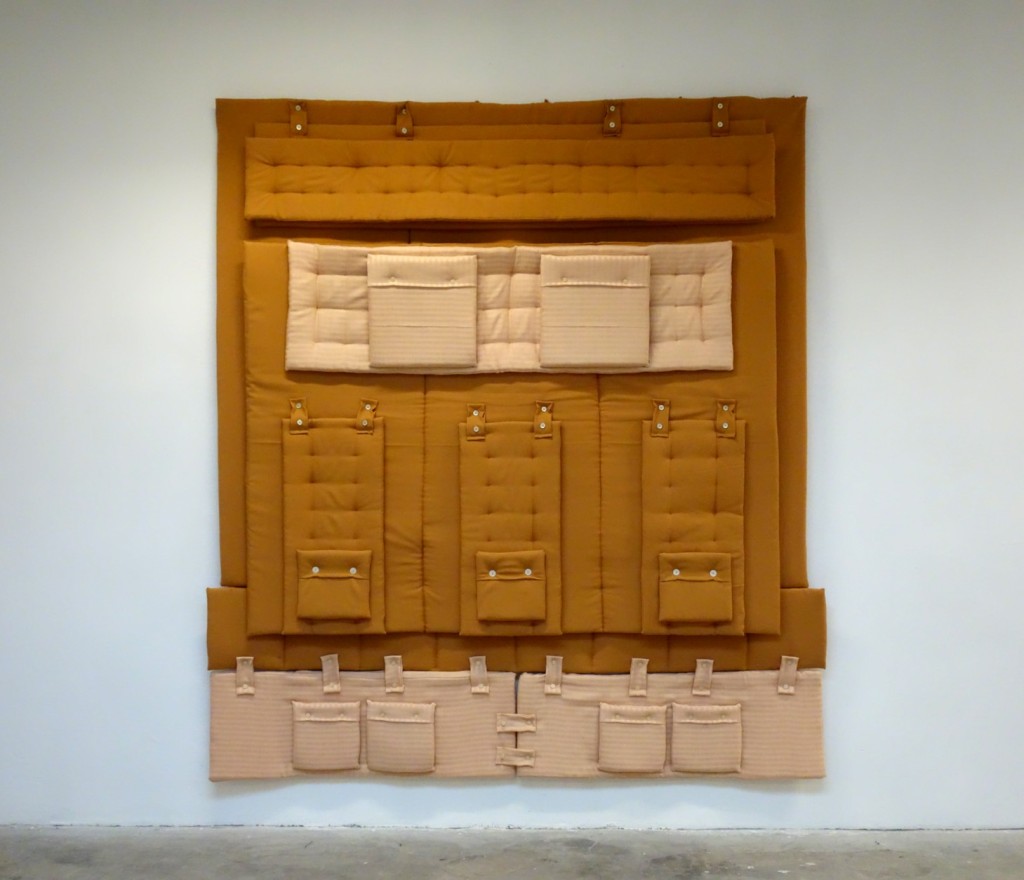
Hope to see you soon in real life or in this blog, stay healthy and sane, and keep your eyes open!
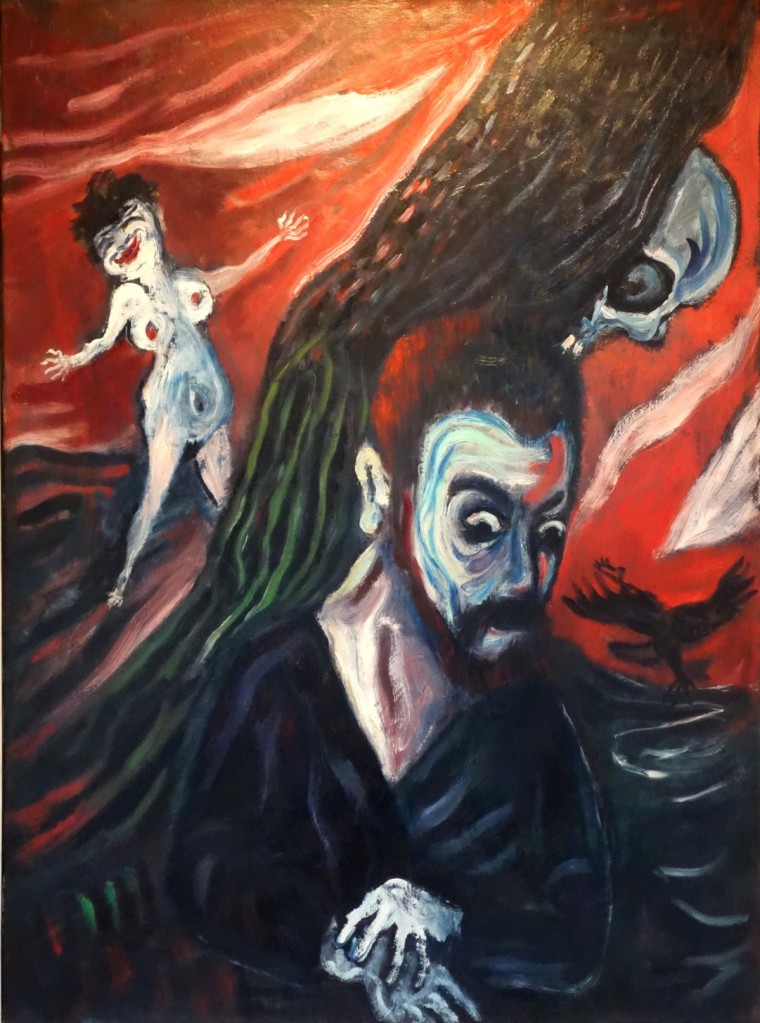
Now that you’ve come here, you might as well subscribe to Villa Next Door (top right of the page)!
(Right click to enlarge pictures)
(All links open in new tabs)
© Villa Next Door 2022
Contents of all photographs courtesy to all artists, galleries, art platforms, museums and owners of the works.
Bertus Pieters
VILLA NEXT DOOR IS NOT RESPONSIBLE FOR ANY ADVERTISING ON THIS PAGE!!
